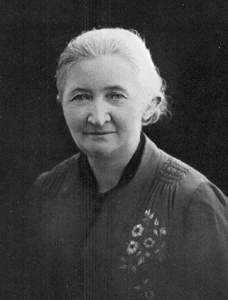
Karen Jeppe – 140
27.12.2016
Karen Jeppe was born in 1876 in Giling, Denmark.
Like his contemporaries, Jeppe first heard about 1894-1896 Armenian massacres from European press. 1902 became a turning point in her life. After listening to a lecture delivered by Danish scholar, humanist Oge Meyer Benediksen, Karen Jeppe becomes member of “Danish Friends of Armenians” humanitarian organization and meets Johannes Lepsius; founder and president of the German Orient Mission with a willing to work with them.
Jeppe was not a missioner. Jeppe and Benediksen were deeply convinced that in order to help Armenians in the Ottoman Empire and stimulate their development they have to respect their religion and culture.
Jeppe and the leaders of “Danish Friends of Armenians” organization had understood that in order to cooperate with German and American missionary organizations, and local authorities, as well, they must have a support in the Ottoman Empire.
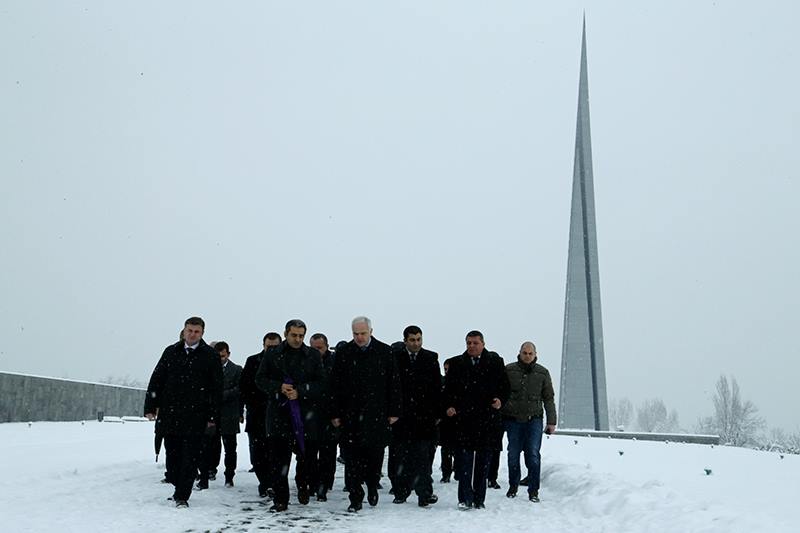
Georgian Interior Minister visited Armenian Genocide Memorial Complex
16.12.2016
Georgian Interior Minister Georgy Mgebrishvili visited Armenian Genocide Memorial Complex with his Armenian colleague RA Chief Police Officer Vladimir Gasparyan.
Georgian Interior Minister laid a wreath at the Genocide Monument, after which members of Georgian delegation put flowers at the eternal fire and honored the memory of the innocent martyrs with a minute of silence.
AGMI Deputy Director Suren Manukyan presented to the guest the construction history of the Genocide Monument. Than the delegation visited Armenian Genocide Museum and got acquainted with proofs and facts of the Armenian Genocide.
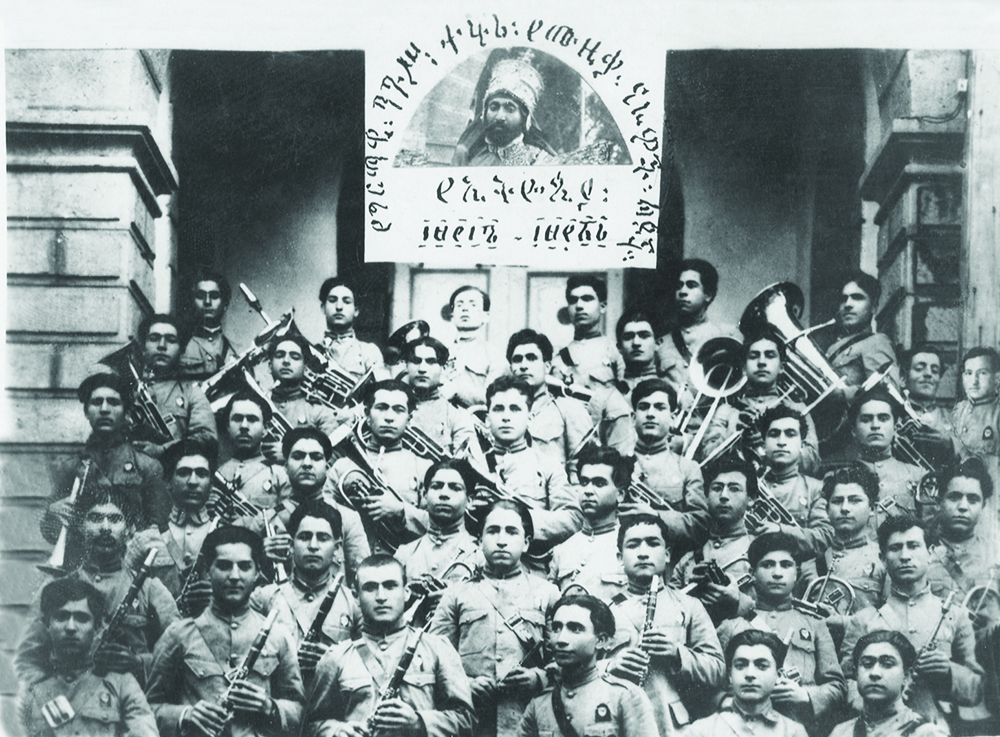
Ethiopia Royal Orchestra Composed of Armenian Orphans
16.12.2016
The group photo depicts Ethiopian imperial orchestra composed of Armenian young orphans having survived the Armenian Genocide. The photo was taken in 1925, in Addis Ababa.
The great flow of Armenians to Ethiopia began after the terrible massacres of 1915. Many Armenians moved to Ethiopia by the support of their relatives. Their number here reached to one thousand five hundred. Later in 1924, the Ethiopian Crown Prince Ras Tafari Makonnene (later called Emperor Teferi Hayle Selasie I) was leaving for Switzerland to represent Ethiopia in the League of Nations. On his way he visited Jerusalem by the support of the Armenian Patriarch of Jerusalem. Here he was informed about 40 Armenian orphans who survived the massacre, and had created the brass band. Being inspired of their activities, he adopts all the forty orphans and the bandmaster Gevorg Nalbandyan, and invites them to Ethiopia and places them in his own palace. As a result, they formed the Ethiopian first imperial orchestra, which was called “Abpa lichoche” (“Forty children”).
The band composed of those Armenian orphans operates successfully, gets imperial support and becomes the core of the royal orchestra.
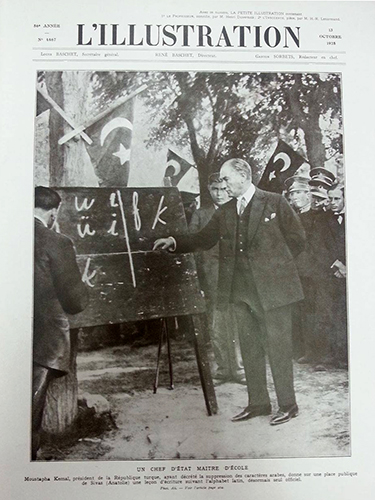
Mustafa Kemal’s Speech of 1927 as a Cornerstone for the construction of Turkish Historiography
14.12.2016
The history and historical memory are crucial for nation building projects. With the memory of the past collectiveness obtains identity. In the case of Republic of Turkey identity formation was factitious. During this policy fabulous Turkish historiography was developed the cornerstone of which became a Speech delivered by Mustafa Kemal Pasha (later Atatürk).
Thesises underpinned in it, such as indegenouty of Turks in the Western Armenia, the Turkishness of Armenian regions, treachery of Armenians and of all the minorities in the Empire, their collaboration with the West, the version of the Turks’ innocence in the Armenian Genocide has united to form the theory of "the world conspiracy against Turkish people", which made them accept their Turkish identity, consolidate against foreign danger in a new Turkish Republic, to deny Armenians and anything Armenian.
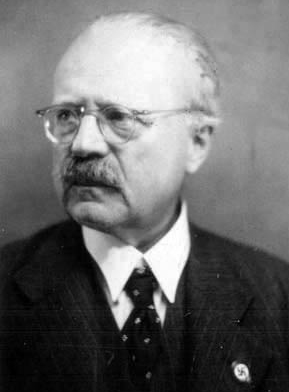
Viktor Pietschmann - 135
09.12.2016
By the order of German Government, from 1914 until the end of the First World War, Pietschmann organized Turkish mountain-shooter military units, at the same time mapping the ongoing military operations in the Middle East for the German General Staff. Traveling and carrying out collecting works in the territory of Western Armenia he managed to take photos of Armenians’ deportation.
Photos taken by Pietschmann depict deportation scenes of Erzurum Armenians and are of great value among the photos related to the Armenian Genocide.
It is remarkable, that in the photos taken by V. Pietschmann no men are seen in the deportation caravans, except women and children. The majority of Armenian men were already killed.
The deportation of Armenian population of Erzurum started in July 1915. Historical sources and evidences of survivors prove the cruel fate of Erzurum Armenians. 35-40 thousand Armenians were deported from Erzurum and surrounding villages to Derjan, Erzincan, Sebastia (Sivas), even to Der Zor desert. Very few of the deportees could survive.
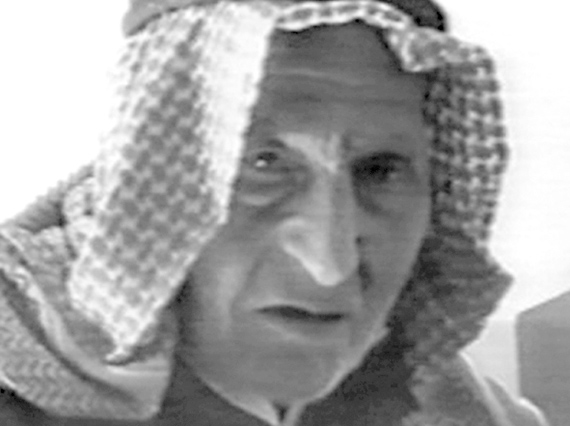
On the bank of Euphrates, I saw groups of tired and weary people who were coming towards us
Bashir Al Saadi’s testimony
1901, Raqqa
01.12.2016
Arab bedouin Bashir al Saadi said that he was 14 years old in 1915. He was a shepherd in Rakka on the Euphrates and was grazing livestock when he noticed a group of Armenians heading to them. They were dressed in rags, exhausted, emaciated by hunger and thirst. Only later he learned that the Turkish government exiled them from their homes and drifted to the Syrian deserts.
Those Armenian exiles had walked under the guard of Turkish gendarmes for days, without knowing where they were going. They left their relatives by the roads. These were unable to walk and many of them had been killed by the Turks.
'' .....I and my cousins used to go to the desert on our camels and, seeing their miserable state, helped them by milking our camels and giving them the milk to drink instead of water. They were so emaciated and weak that all of a sudden they fell down on the ground and died like sheep.''
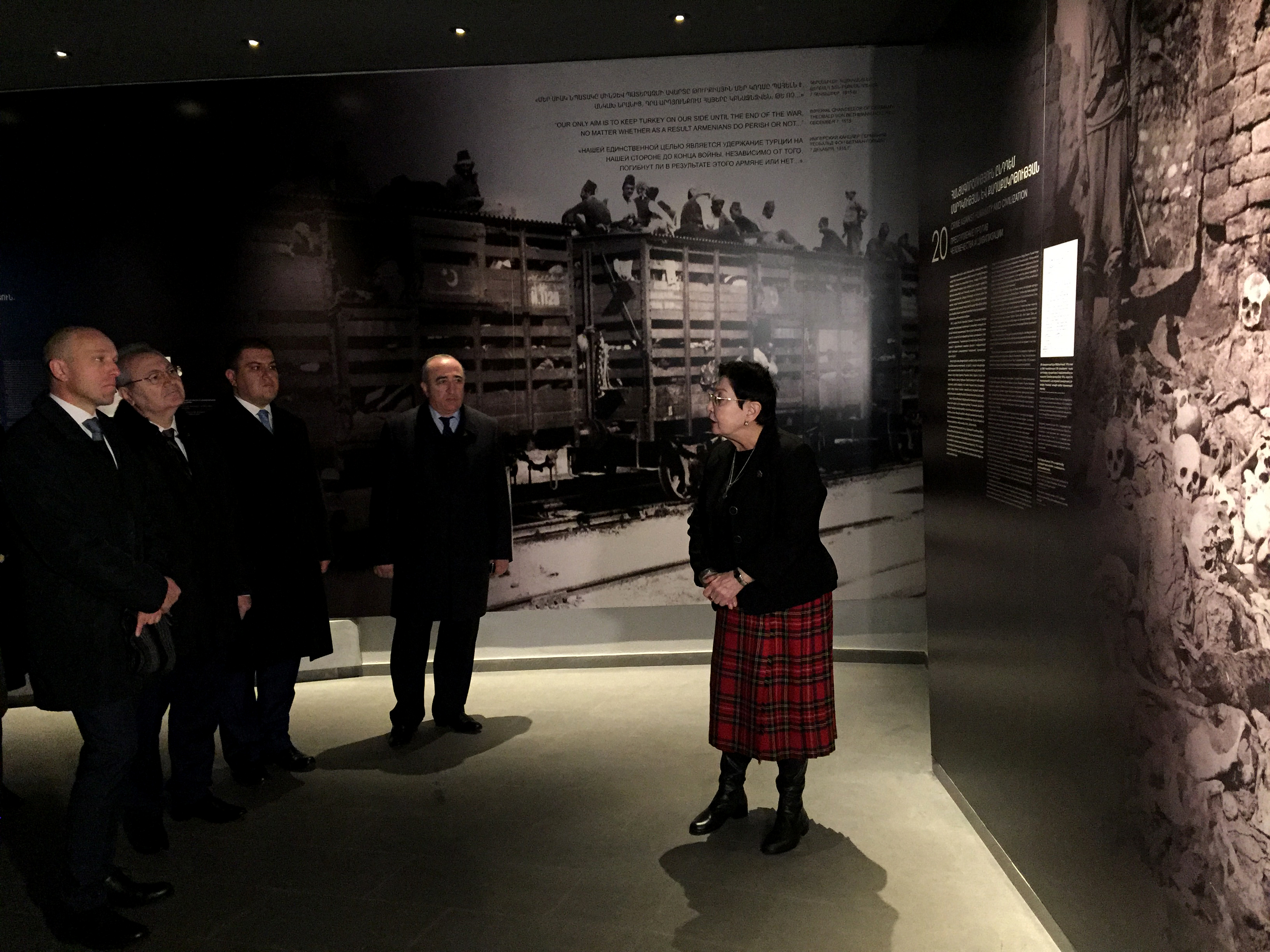
Investigative Service Director of Lithuania Visited Armenian Genocide Museum
30.11.2016
Today, Director of the Special Investigation Service of the Republic of Lithuania Saulius Urbanavičius visited Armenian Genocide Memorial Complex accompanied with Armenian colleagues.
The guests laid flowers at the eternal fire and honored the memory of the innocent martyrs with a minute of silence.
AGMI Deputy Director Suren Manukayn presented to the guests the construction history of the Armenian Genocide Monument.

Fridtjof Nansen - 155
30.11.2016
He became interested in the Armenian Question in September 1896, after returning from his trip to the North Pole became aware of 1894-1896 Hamidian massacres. Prior to World War I Nansen presented a report on the rights of small nations at the University of Christiania (nowadays Oslo) University and touched also upon the problems of the Armenians.
Right after World War I he became involved in the matter.
Starting from 1920 Nansen actively participated in the works of the League of Nations. During 1920-22 he was the League of Nations’ High Commissioner for the repatriation of prisoners of war. In 1921 he was appointed a High Commissioner for Refugees and organized an exchange of prisoners and repatriation of refugees.
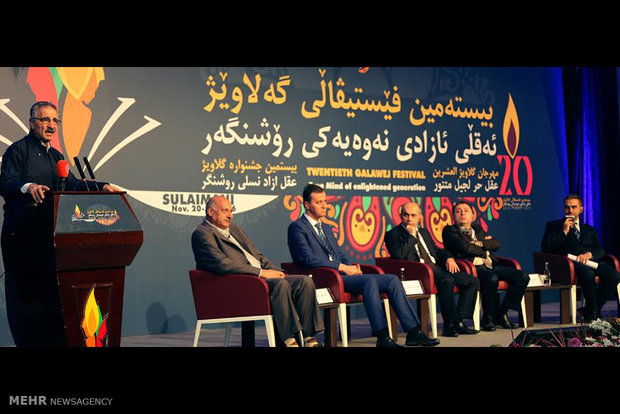
AGMI Deputy Director Suren Manukyan participated in Galawezh annual festival
29.11.2016
In 20-23 November Galawezh 20th annual festival took place in Sulaimani, Kurdistan Iraq.
This year the festival was held under the title “Free Mind for an Enlightened Generation” and was dedicated to Armenian-Kurdish relations.
AGMI Deputy Director Suren Manukyan participated in this festival as a member of the Armenian delegation.
A day of the festival program was dedicated to the Armenian Genocide.
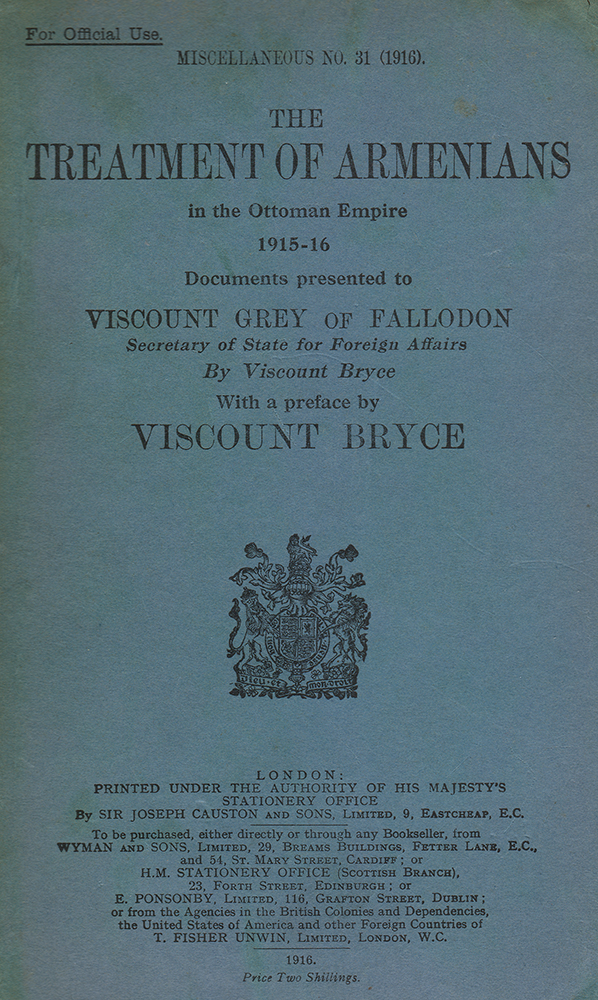
The Blue Book – A Collection of Irrefutable Facts
On the Occasion of the 100th Anniversary of its Publication
25.11.2016
Collection of documents The Treatment of Armenians in the Ottoman Empire 1915-1916 or The Blue Book (because of the color of its cover) is one of the monumental sources on the Armenian Genocide. The work was published 100 years ago by James Bryce, a British statesman, lawyer, historian, and Arnold Toynbee, a famous English historian, and introduced to the UK Parliament in 1916.
The collection consists of over 158 documents on deportation and massacres (bulletins, reports, eyewitness accounts, letters, etc. of the foreigners working in the Ottoman Empire). The documents are arranged by regions and settlements of Western Armenia and other areas of Ottoman Turkey.
Diplomats, employees of humanitarian organizations, missionaries from the United States, Great Britain, Germany, Denmark, Switzerland and other countries recorded in their bulletins and letters what they witnessed during 1915-1916 in different parts of the Ottoman Empire. There is a huge material on role of Germany in the implementation of the Armenian Genocide.
The authors of this collection paid much attention also to the authenticity of the received messages.
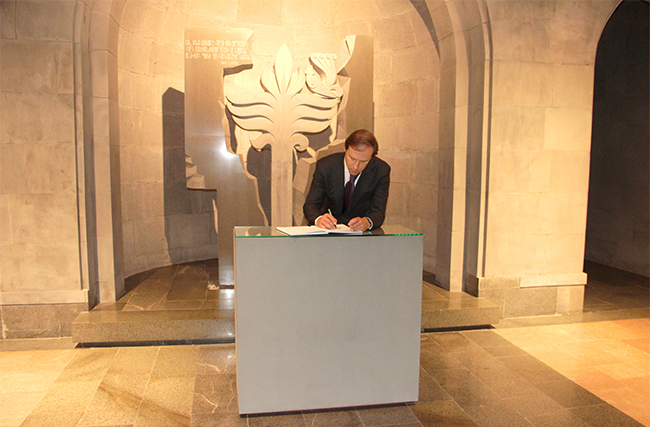
Russian Minister Denis Manturov Visited Armenian Genocide Museum
22.11.2016
Minister of Industry and Trade of the Russian Federation Denis Manturov visited Armenian Genocide Memorial Complex accompanied with RA Minister of Economic Development and Investment Suren Karayan. The guests laid flowers at the eternal fire and honored the memory of the innocent martyrs with a minute of silence.
The ministers also visited the Genocide Museum and got acquainted with the museum exhibition.
Minister of Industry and Trade of the Russian Federation Denis Manturov left a note in the Memory Book of Honorable Guests.
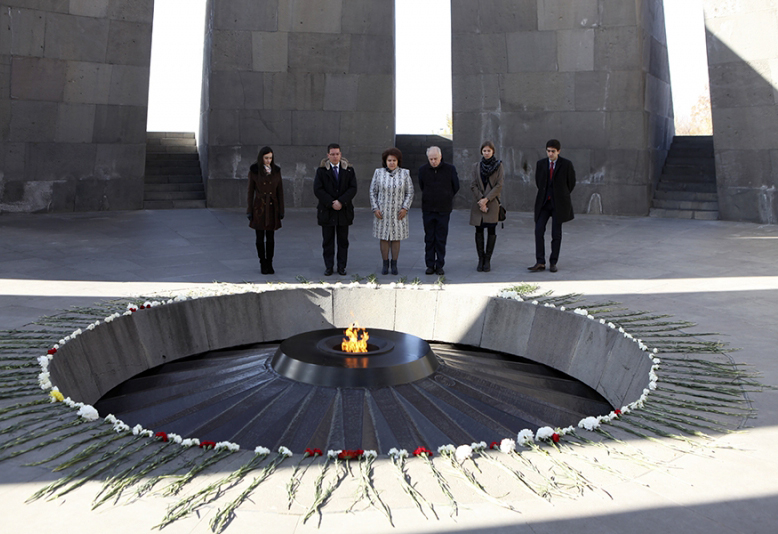
PACE European Conservatives Group Leaders visited Tsitsernakaberd Memorial Complex
21.11.2016
Head of the European Conservatives Group at PACE Ian Liddell-Grainger visited the Tsitsernakaberd Memorial today, accompanied by Vice-president of the Armenian National Assembly Hermine Naghdalyan.
High-ranking European guests laid flowers at the eternal fire and honored the memory of the innocent martyrs with a minute of silence.
Head of the European Conservatives Group at PACE and the accompanied delegation also visited the Genocide Museum and got acquainted with proofs and facts of the Armenian Genocide. At the end of the visit Ian Liddell-Grainger left a note in the Memory Book of Honorable Guests.
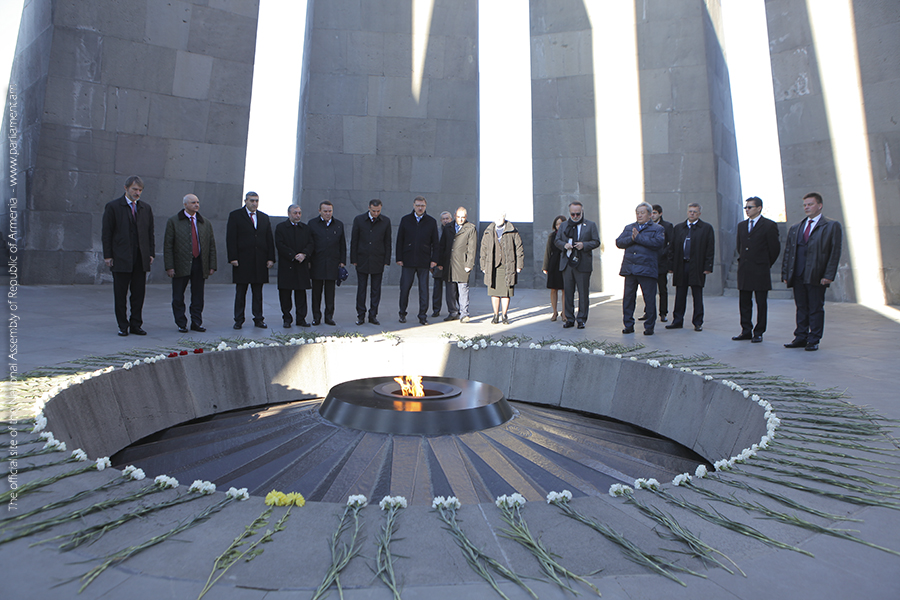
Chairperson of the Council of the Federation Committee on Foreign Affairs Konstantin Kosachev Visited Tsitsernakaberd
19.11.2016
On November 19, delegation headed by a chairperson of the Council of the Federation Committee on Foreign Affairs Konstantin Kosachev visited Tsitsernakaberd.
Konstantin Kosachev laid a wreath at the Monument, and together with the members of his delegation put flowers at the eternal fire honoring the memory of the innocent martyrs with a minute of silence.
A joint session of the Standing Committee on Foreign Relations of the RA National Assembly and delegation of the Council of the Federation Committee on Foreign Affairs will take place today in Yerevan.
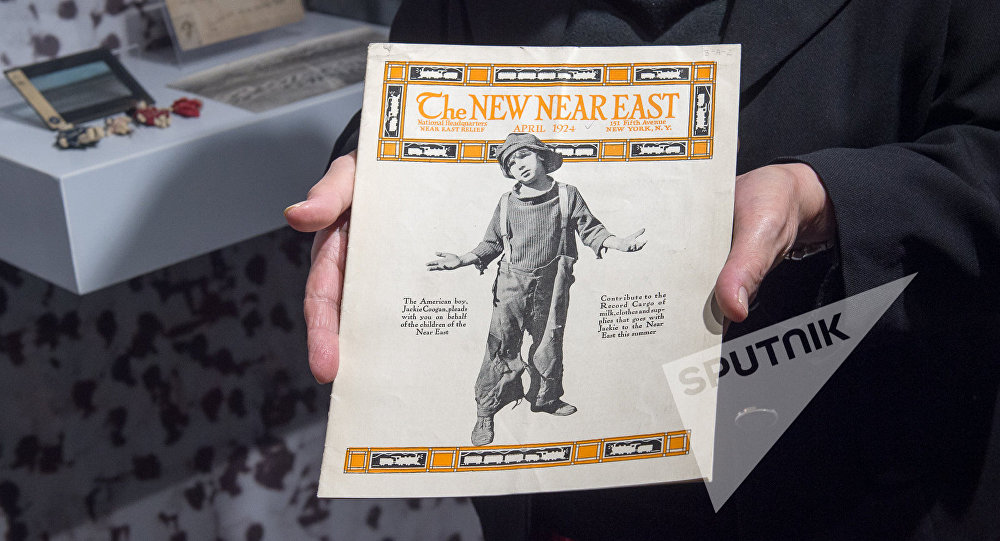
How a Box of Condensed Milk and Jackie Coogan Saved Thousands of Armenian Children
18.11.2016
The Kid - the first full-length film directed by Charlie Chaplin that features 5 years old Jackie Coogan was included in the history of world cinematography. However, not a lot of people know the role that the kid played in saving the Armenian children survivors of the Armenian Genocide.
Chaplin’s The Kid had its unique place in cinematography, while the film’s main character Jackie Coogan - in salvation of children survivors of the Armenian Genocide.
“Charlie Chaplin saw the little Coogan on the stage of the theatre and was so much impressed by the boy that cast him in The kid, - told Astghik Yedigaryan, an employee of the Armenian Genocide Museum Institute, to the correspondent of Sputnik Armenia.

The Armenian women who managed to survive were forced to marry Arab Bedouins
Batra’s testimony
1906, Deir ez-Zor
17.11.2016
An Arab Bedouin from Syria named Batra notes that in 1915 she was a nine-year-old girl and remembers quite well how the exhausted Armenian deportees reached the deserts of Der Zor. She tells that the Turkish gendarmes and Chechens killed many of them, and the Armenian women who were left alive, were forcibly married to Arab sheiks and foremen.
I am 93 years old woman. I am from the Syrian deserts. In 1915, I was 9 years old and I remember well how the exiled Armenian caravans arrived in Der-Zor one after the other.
They had endured much torture. They were hungry, thirsty, in rags, and barefoot. They came and gathered near the Der-Zor bridge. We saw how the Turkish gendarmes and Chechens killed them.
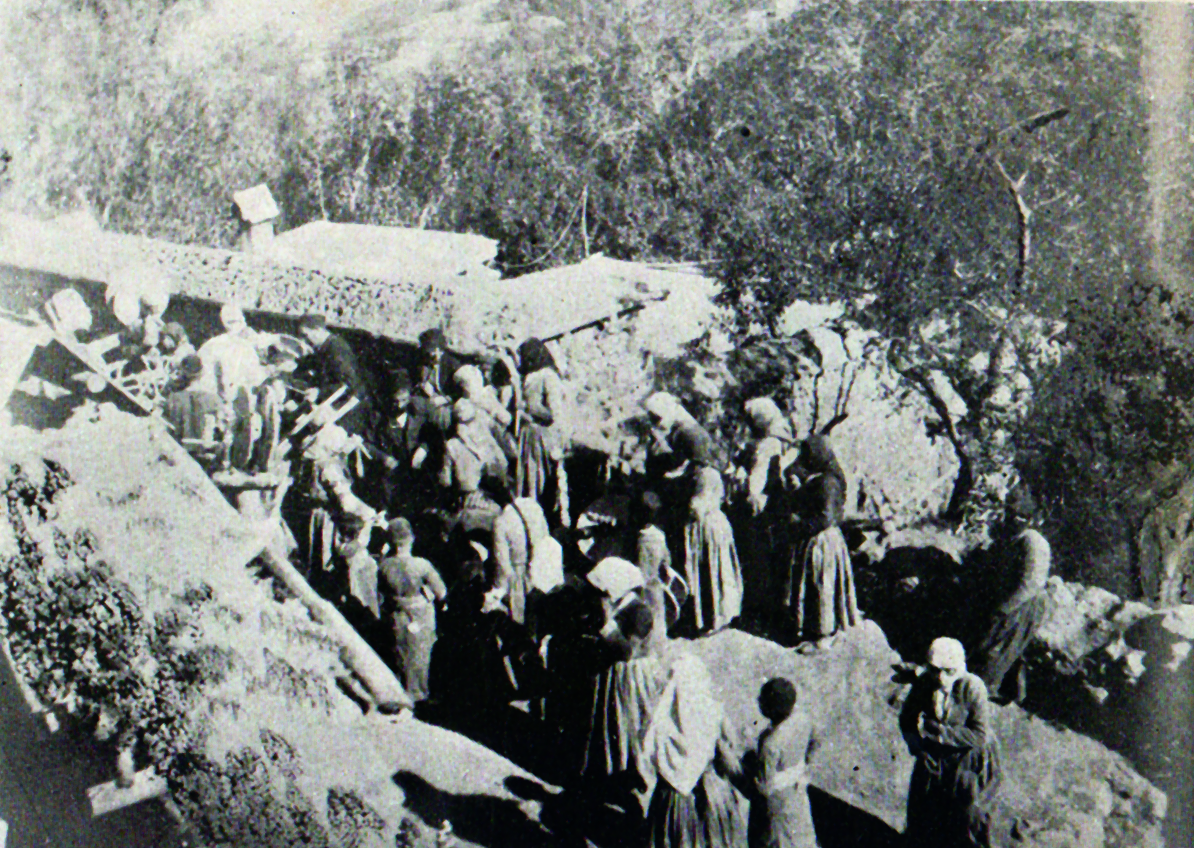
The Mission of Clara Barton in Western Armenia
16.11.2016
In 1896, representatives of “American Red Cross” distributed pulleys to Armenian women in the city of Arabkir in Western Armenia.
The photo was taken in 1896 by Ernest Mason; member of American “Red Cross” expedition, who arrived in Ottoman Empire in order to help the Armenians suffered from Hamidian massacres. This photo was first published in the end of 1896 in Washington in the report of “Red Cross” American Near East Relief in Asia Minor” by Clara Barton.
In February 1896, seventy-four years old Clara Barton founder and president of the American Red Cross arrived in Constantinople in order to organize and supervise the aid of the Armenian population suffered from massacres of 1894-96. Without having an official permission for coastal access Clara Barton managed to get consent the Ottoman officials to permit the fulfilment of the humanitarian mission of American Red Cross.
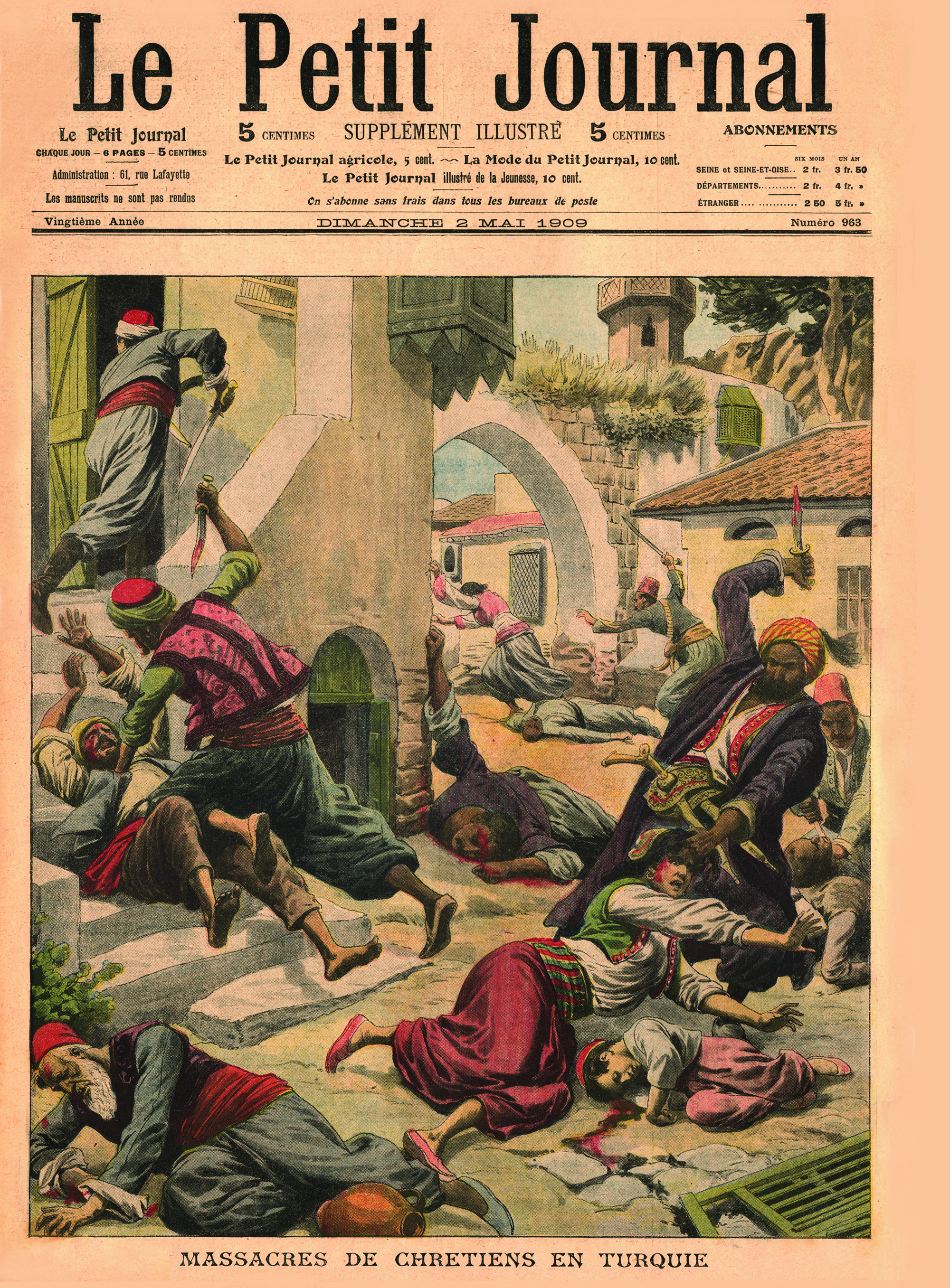
The Armenian Genocide in the Context of Religious Studies and Theology
11.11.2016
The article deals with some interpretations of the phenomenon of genocide in terms of theology and religious studies. The article is an introductive description of the religious studies and theological research of genocides. The issues are classified under two main groups with its points: historical-religious and theological. The first group touches some questions of human massacres in the pagan religions, the stories about the slaughter of indigenous nations of Canaan reflected in the Old Testament, some issues on religious conversions and clashes of the religions that might lead to genocides (the principal pattern is Islam and Christianity).
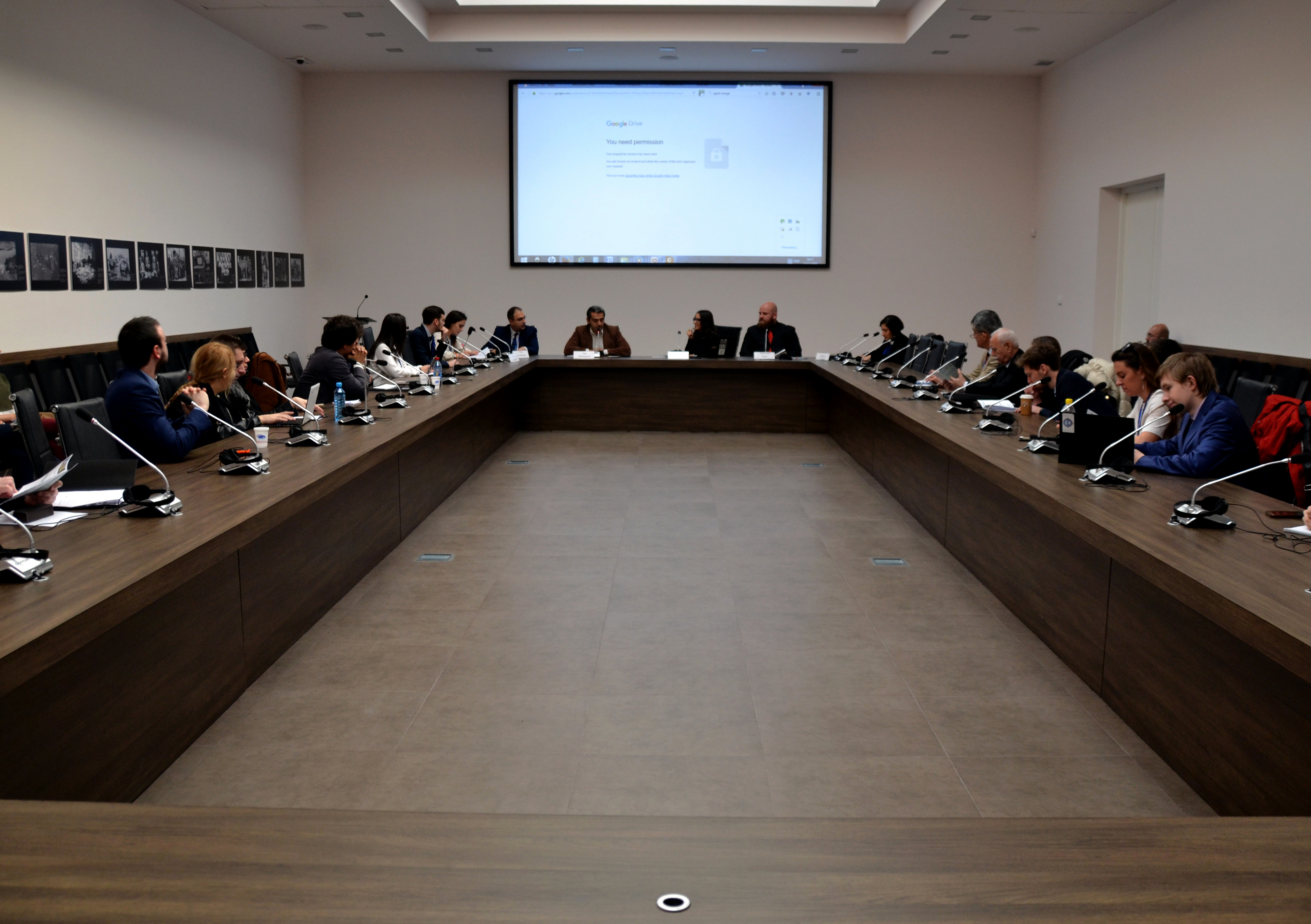
An International Conference was hosted at the Armenian Genocide Museum – Institute
11.11.2016
Today at the conference hall of the Armenian Genocide Museum - Institute an international conference titled “Facing challenges of modern armed conflicts through the lens of IHL: new actors, new tasks, new solutions” was hosted. The conference was organized by the Russian–Armenian University and the Delegation of the International Committee of the Red Cross (ICRC) and by the support of the Armenian Genocide Museum - Institute.
The opening and welcome speech was delivered by the Armenian Genocide Museum-Institute Deputy Director Suren Manukyan.
After the reports, exchange of experiences and discussions the participants took a tour at the Armenian Genocide Museum and got acquainted with the museum exhibition.
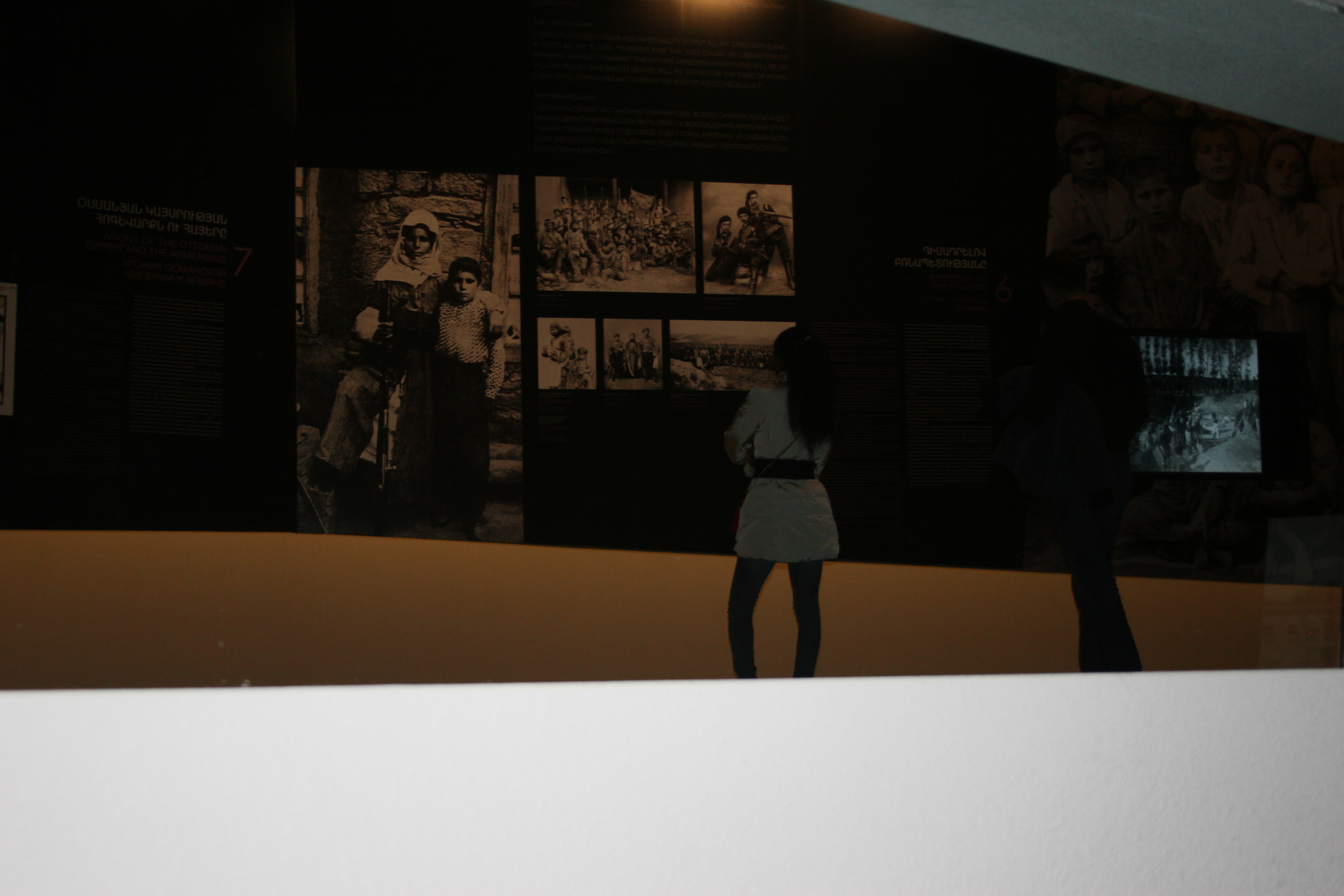
Foreign musicians visiting Armenia in the framework of performing “Aghet” were at the Armenian Genocide Museum
10.11.2016
The musicians were in different halls of the Museum, being introduced to the horrible facts about the Armenian Genocide.
In the evening at Aram Khachaturian grant concert hall the Dresden Symphonic orchestra will present it’s widely discussed “Aghet” program with the participation of the Armenian Philharmonic, Chamber and State Youth orchestras.
This project devoted to the Armenian Genocide was launched in 2015 and successfully implemented in 2015 in Berlin and in 2016 in Drezden and Brandenburg.
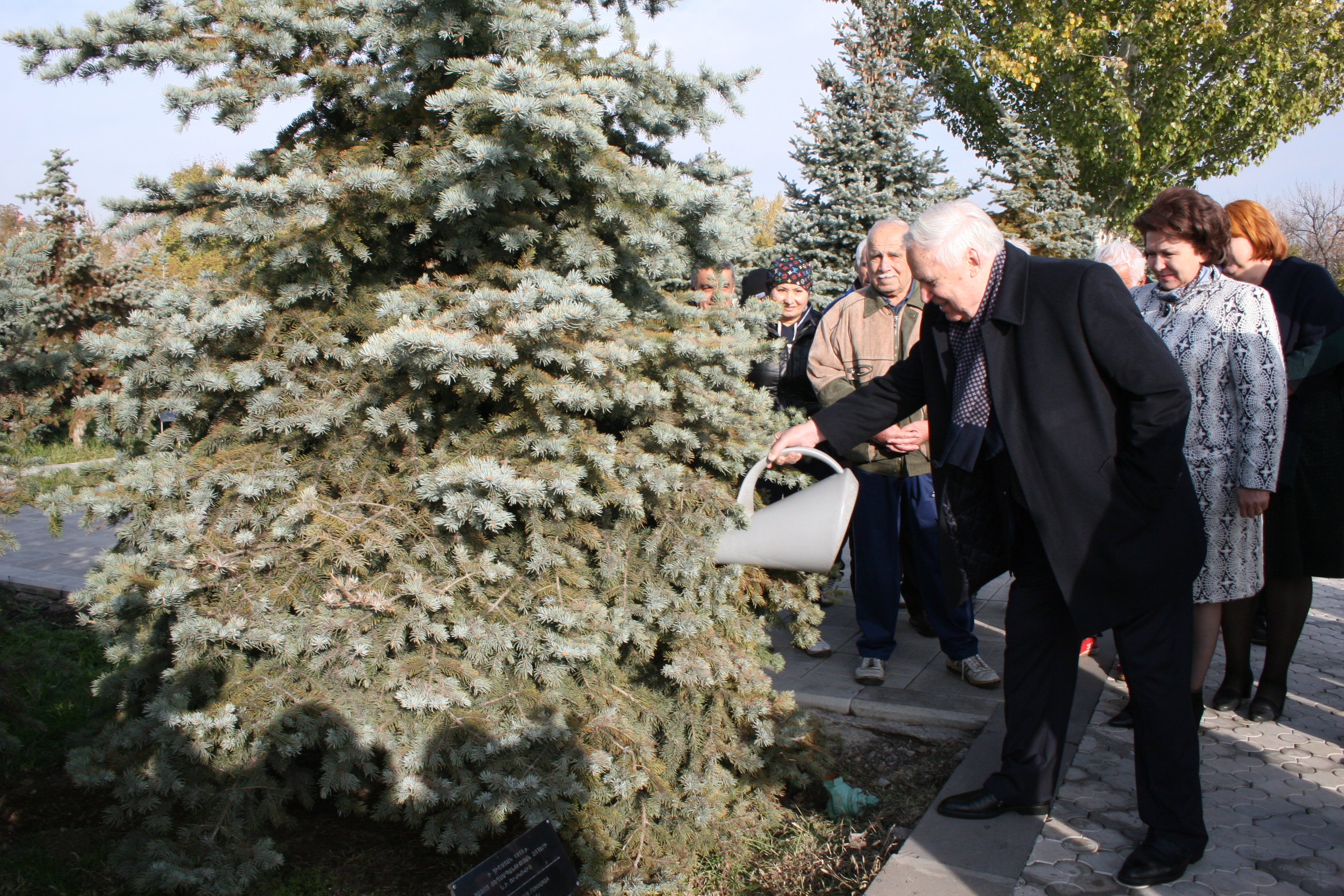
Delegation headed by Nikolai Ryzhkov visited Tsitsernakaberd
10.11.2016
On 10th of November the delegation headed by Nikolai Ryzhkov visited Armenian Genocide Memorial Complex.
Mr. Ryzhkov and the other members of delegation put the flowers at the eternal fire and honored the memory of the innocent martyrs with a minute of silence.
The Co-Chair of the Armenian-Russian inter-Parliamentary commission Nikolai Ryzhkov has been at the Armenian Genocide Museum several times. This time he just watered the fir which he had planted many years ago for the memory of the innocent martyrs of Armenian Genocide.
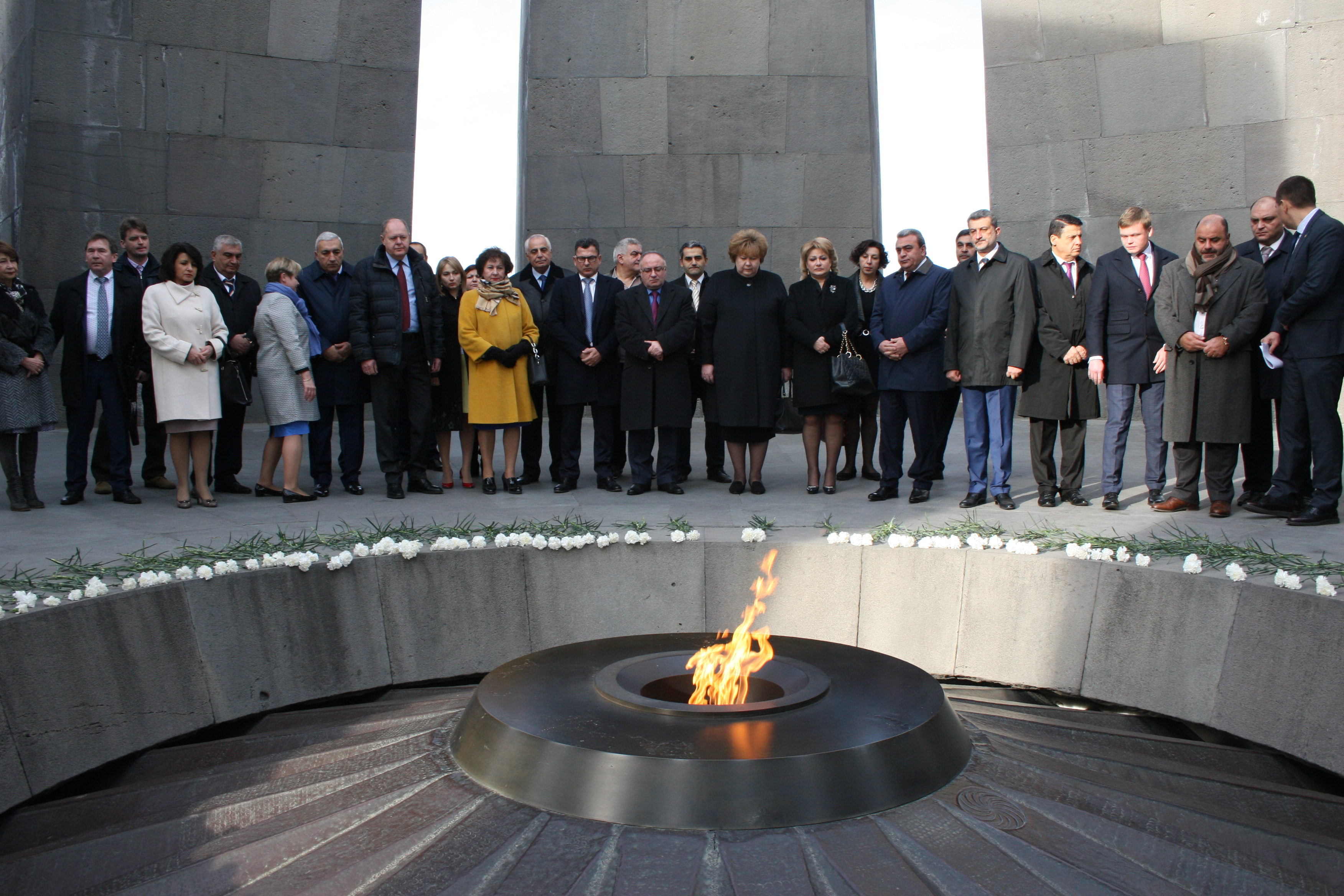
The Vice Governor of Saint Petersburg Olga Kazanskaya visited Armenian Genocide Museum-Institute
10.11.2016
Today the delegation headed by the vice Governor of Saint Petersburg Olga Kazanskaya visited Armenian Genocide Memorial Complex.
The vice Governor laid a wreath at the Genocide Monument, afterwards along with the other members of the delegation put the flowers at the eternal fire and honored the memory of the innocent martyrs with a minute of silence.
The delegation of Russian Northern capital arrived in Armenia within the circle of “The Days of Saint Petersburg in Yerevan”.
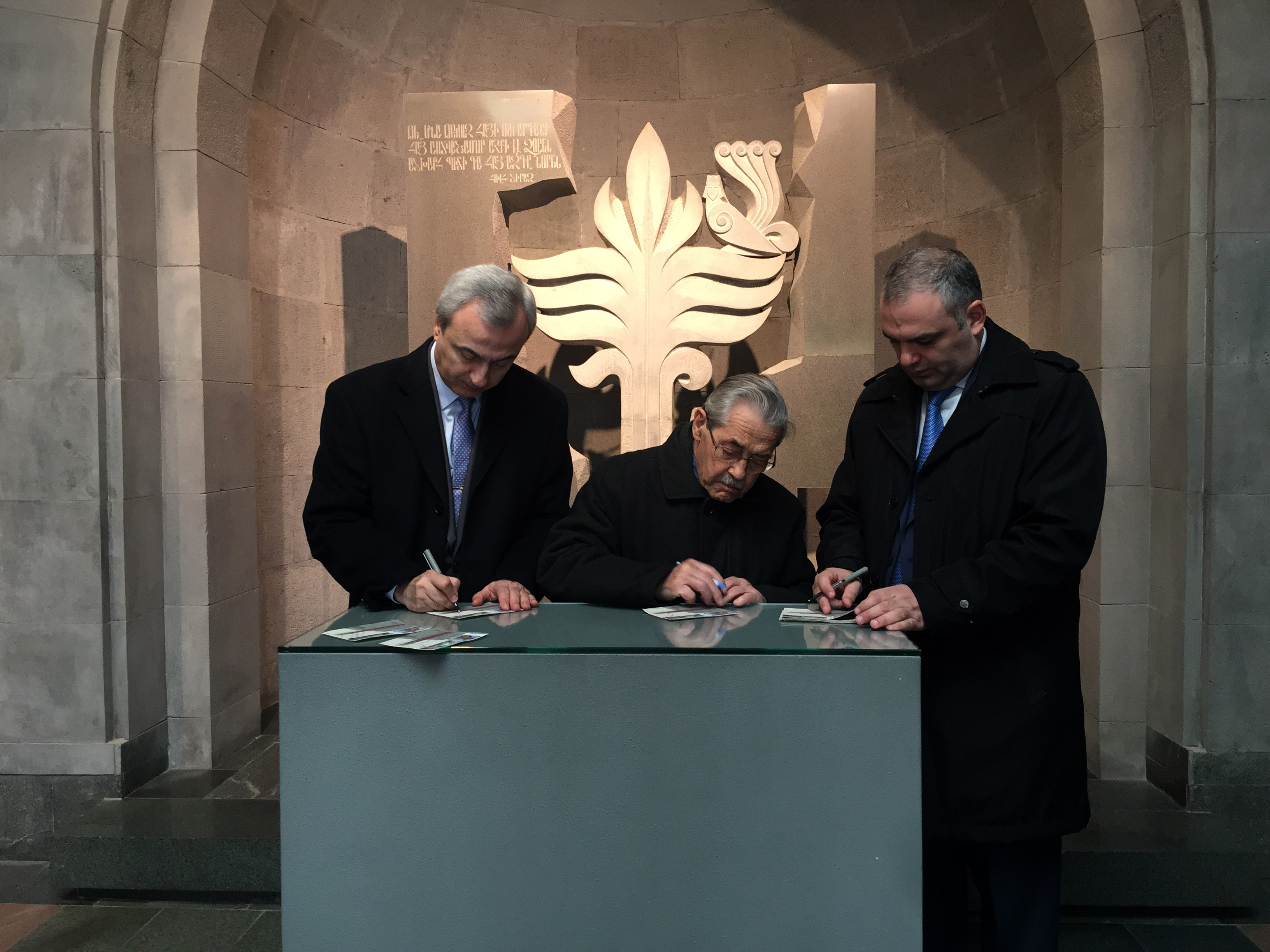
Renowned Scholar, Founder of Internet Lui Puzen Paid a Tribute to the Victims of the Armenian Genocide
09.11.2016
Lui Puzen, a French renowned scholar, one of the founders of Internet and managing director of «Open Root» organization, who was also a 2016 prizewinner of the RA President, visited the Armenian Genocide Memorial together with his wife Shantal Lebrjuman and Hovik Musaelyan, an Executive Chairman of the Board of International IT Award Committee.
The AGMI director Hayk Demoyan accompnied the guests and presented the history of the Memorial. The guests laid a wreath and honored the memory of the innocent martyrs with a minute of silence.
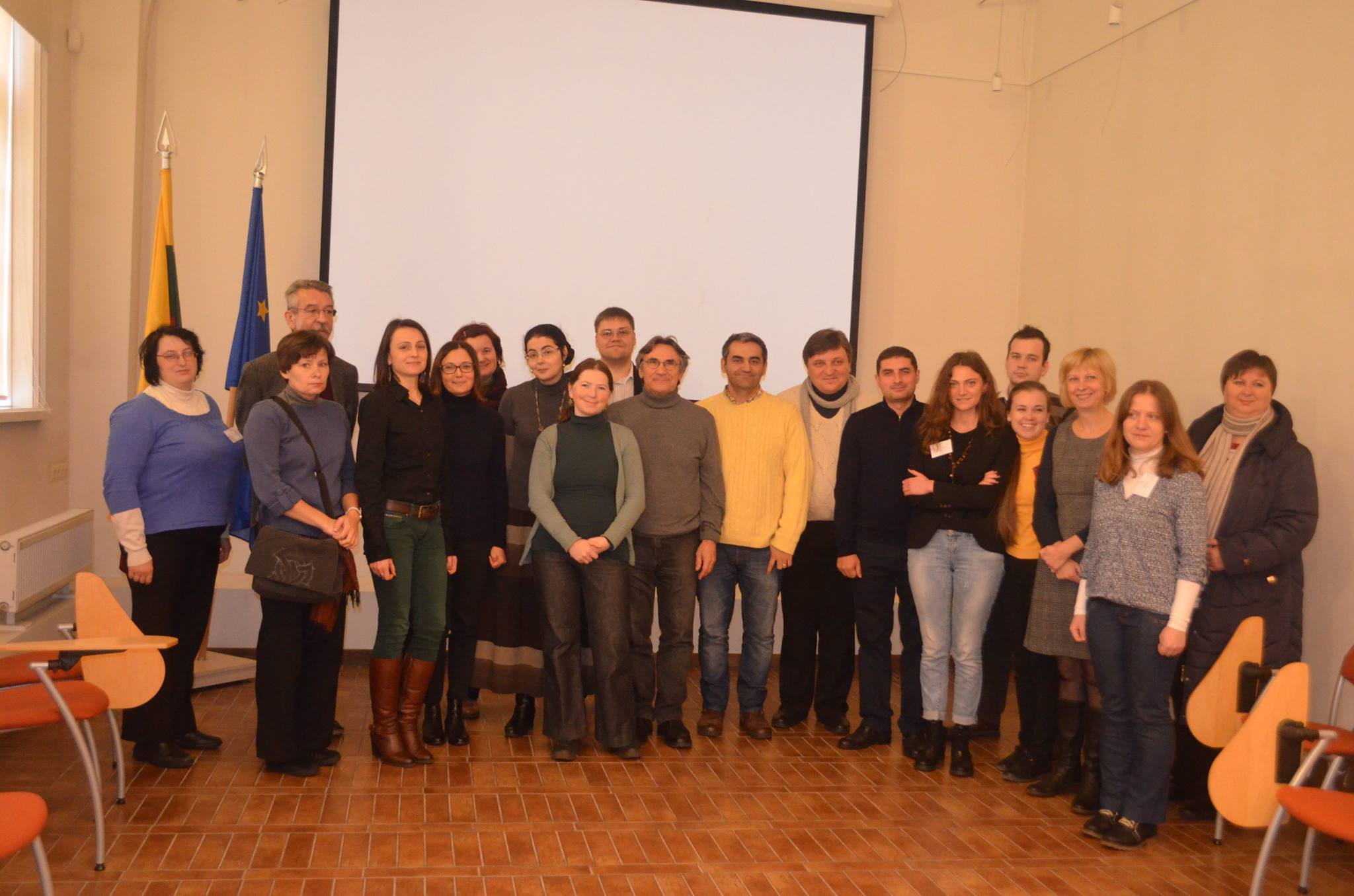
“Remembering Soviet Repressions: 25 Years Later”
AGMI Vice-Director Suren Manukyan Participated at the Seminar Held in Vilnius
08.11.2016
AGMI vice-director Suren Manukyan participated at the Seminar “Remembering Soviet Repressions: 25 Years Later” held in the capital of Latvia Vilnius on November 3-6.
Suren Manukyan delivered a speech titled “Stalin Repressions: Memory and Commemoration in Armenia», where he presented the state of the presentation of the topic in Armenia and particularly at the Armenian Genocide Museum-Institute.
The seminar was organized by Konrad Adenauer foundation with the support of the German Foreign Ministry.

Italian Minister of Foreign Affairs and International Cooperation Visited Armenian Genocide Memorial Complex
08.11.2016
On 8 November, Italian Minister of Foreign Affairs and International Cooperation Paolo Gentiloni visited Armenian Genocide Memorial Complex. Mr. Paolo Gentilioni laid a wreath at the Genocide Monument, and members of Italian delegation put flowers at the eternal fire honoring the memory of the innocent martyrs with a minute of silence.
AGMI Dirctor Hayk Demoyan presented to the guests the history of the memorial construction and its symbolic meaning of the monument.
At the end of the visit AGMI Director Hayk Demoyan presented to the Italian Minister the English edition of the book Armenian Genocide First Page Coverage in the World Press”.
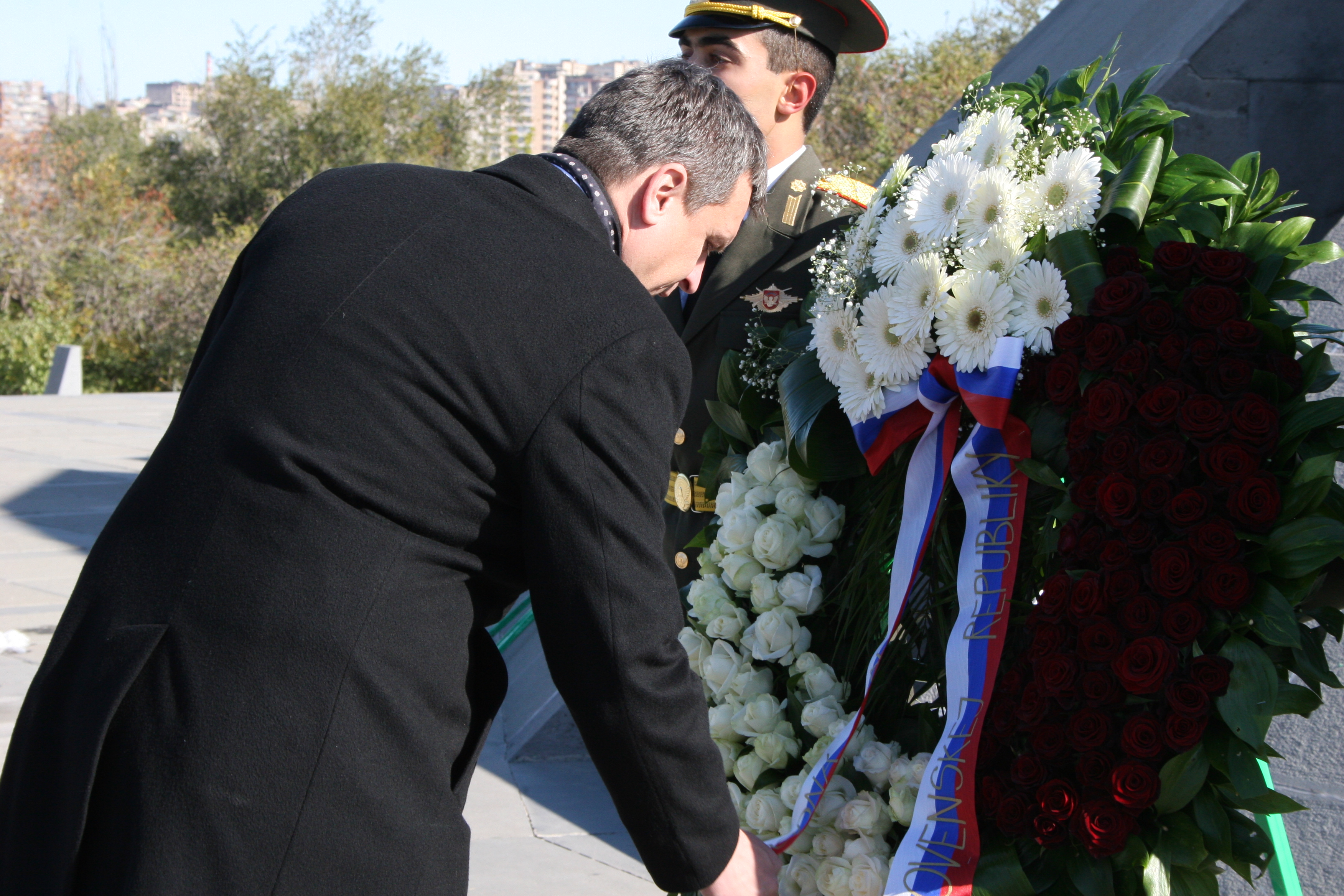
Delegation headed by the Speaker of The National Council of the Slovak Republic Andrej Danko visited Armenian Genocide Memorial Complex
03.11.2016
On 3rd of November the delegation headed by the Speaker of The National Council of the Slovak Republic Andrej Danko visited Armenian Genocide Memorial Complex. The Speaker of National council of Slovak Mr. Danko laid a wreath at the Genocide Monument, and along with the other members of the delegation put flowers at the eternal fire and honored the memory of the innocent martyrs with a minute of silence.
Speaker of The National Council of the Slovak Republic and the accompanied delegation visited Armenian Genocide Museum and got acquainted with the historical facts, details, and testimonies of Armenian Genocide.
The Speaker of the National Council of the Slovak Republic Andrej Danko left a note in the memory book of Honorable Guests. The Director of the Armenian Genocide Museum-Institute Hayk Demoyan presented to the guest the English edition of the book “Armenian Genocide: First Page Coverage in the World Press”.

An Armenian Woman near the Dead Bodies of Her Five Children
02.11.2016
This is a photo of an Armenian woman from Van who lost all her family members in the territory of Mother See of Holy Etchmiadzin. The dead bodies of the victims are covered with white shrouds to prevent further spread of typhus epidemic.
The photo was entitled “Despair”. The mother is surrounded with the corpses of her 5 children wrapped in sheets. It is a typical scene of the Armenian Genocide. The daily reports and documents of representatives of foreign missions, orphans and health-caring organizations and documents also prove this fact.
In 1915, tens of thousands of Armenians from Van and its surrounding villages, who survived the bloody massacre, had moved toward the Eastern Armenia along with retreating Russian troops.
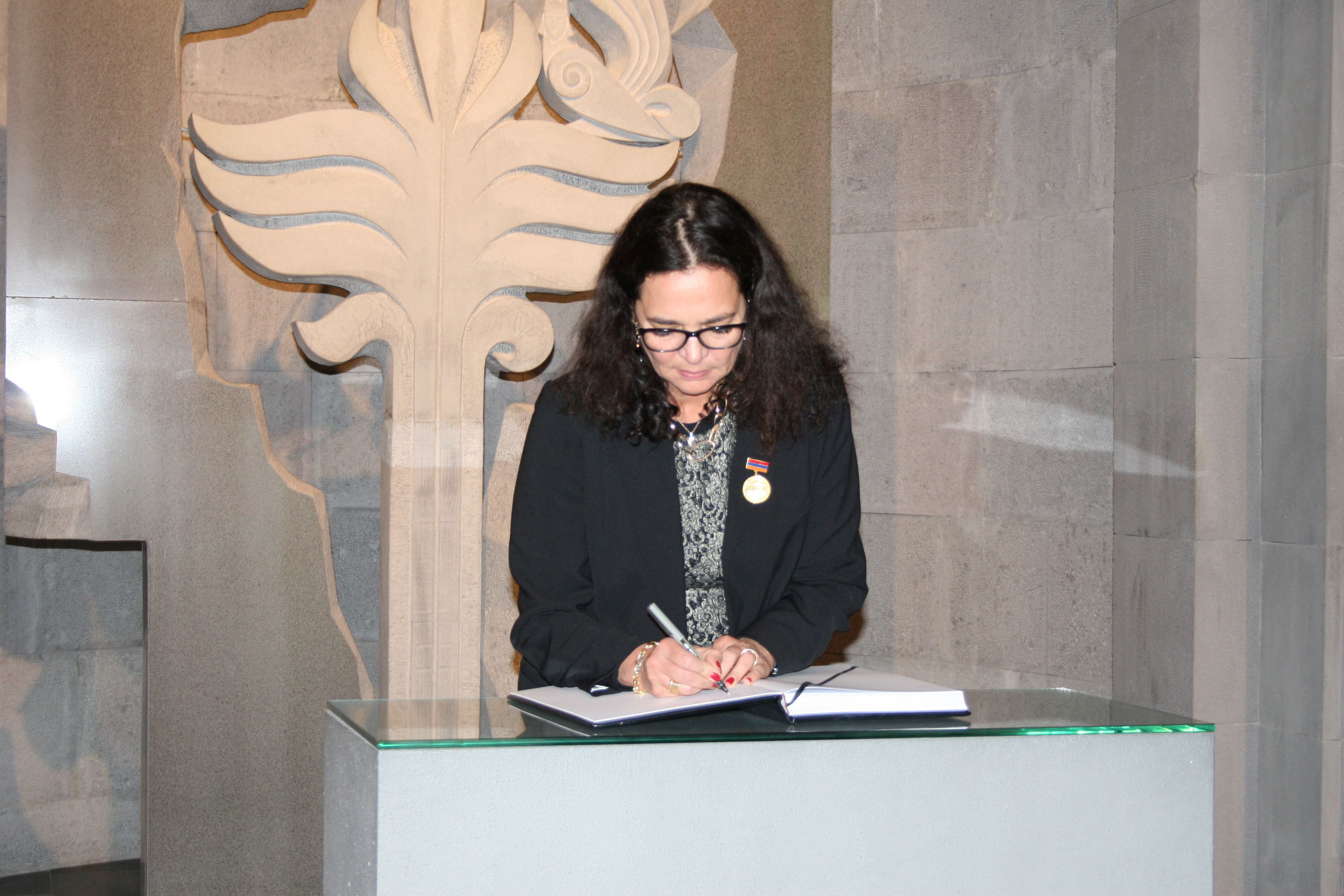
President of Belgium Senate Christine Defraigne Paid Tribute at Armenian Genocide Memorial Complex
01.11.2016
On 1st of November President of Belgium Senate Christine Defraigne visited Armenian Genocide Memorial Complex.
Madam Defraigne placed a wreath at the Genocide Monument and near the eternal fire laid flowers and honored the memory of the innocent martyrs with a minute of silence.
The delegates of the Belgian Senate also visited the Genocide Museum and got acquainted with the facts and proofs of the Armenian Genocide.
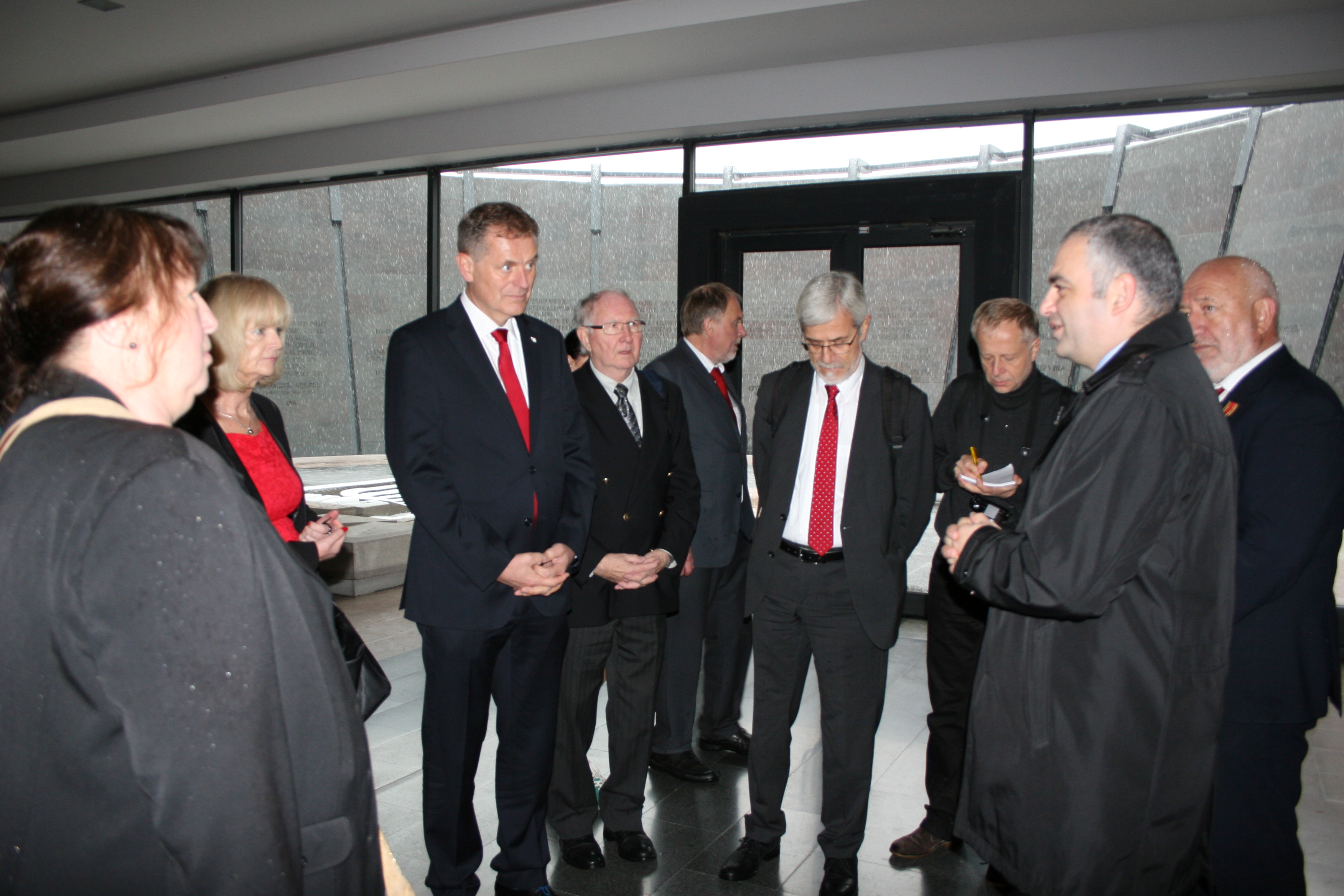
Representatives of Baden-Wurttemberg Regional Organization of German Red Cross Visited Armenian Genocide Museum
01.11.2016
Today, representatives of Baden-Wurttemberg Regional Organization of German Red Cross visited Armenian Genocide Museum.
Red Cross representatives and delegation of German Ostalb region were welcomed by AGMI Director Hayk Demoyan. Mr. Demoyan presented to the guests the history of Genocide Museum construction and episodes of Armenian Genocide.
GACC CA representatives had a tour in the halls of the museum and got acquainted to Genocide Museum exhibition.
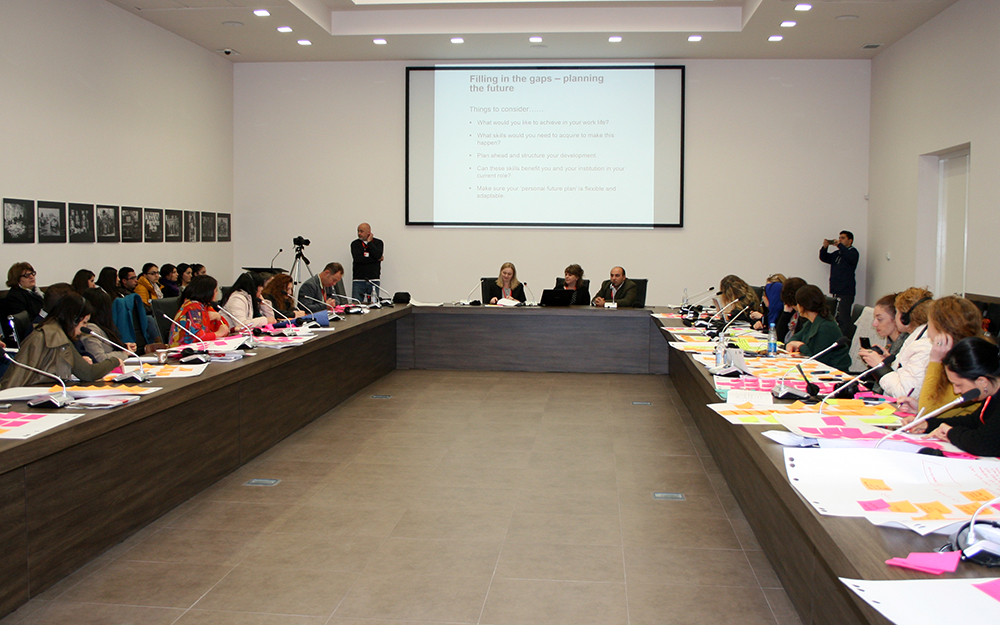
Learning, Engagment and Museum
Workshop on museum education was held at Armenian Genocide Museum-Institute
28.10.2016
Today at the conference hall of Armenian Genocide Museum-Institute a session of museum education three-days training course was held. The course took place on 26-28 October under the title “Learning, Engagement and Museum”.
The opening and welcome speech was delivered by Armenian Genocide Museum-Institute Deputy Director Suren Manukyan.
After the reports, exchange of experiences and discussions the participants visited Armenian Genocide Memorial and honored the memory of the innocent martyrs after which they visited the Genocide Museum and got acquainted with the museum exhibition, and preparation and organizing works of the museum exhibition.
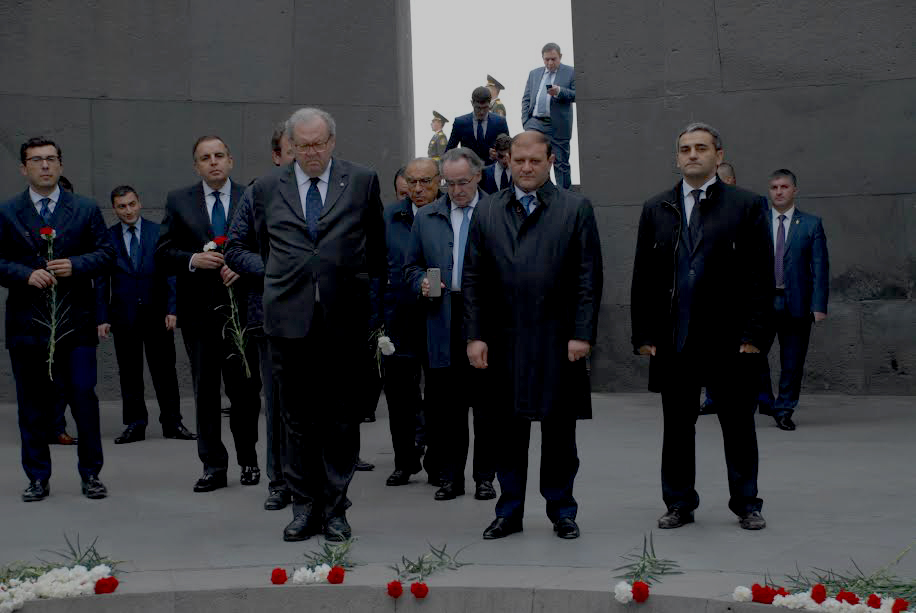
Prince of the Sovereign Military Order of Malta Visited Armenian Genocide Memorial Complex
24.10.2016
Within the circle of his official visit to Armenian Prince and Grand Master of the Sovereign Military Order of Malta Fra' Matthew Festing visited Armenian Genocide Memorial Complex of Tsitsernakaberd accompanied with Mayor of Yerevan Taron Margaryan.
Prince of Malta laid a wreath at the Genocide Monument and near the eternal fire honored the memory of the innocent martyrs with a minute of silence.
The Maltese delegation also participated in the fir planting ceremony. Prince and Grand Master of the Sovereign Military Order of Malta Fra' Matthew Festing planted a fir on his name in the Memory alley of the Genocide Museum.
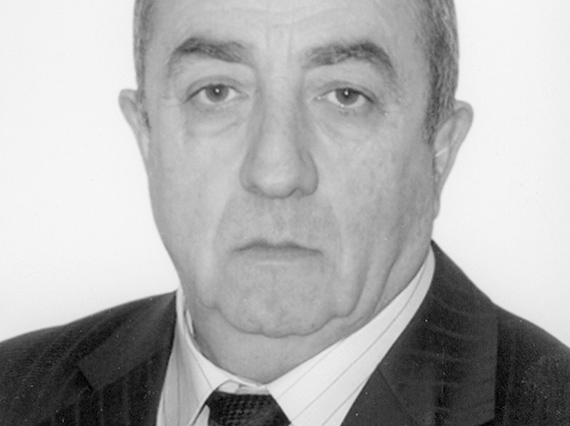
«I have come to die an Armenian»: Grigor Amalian’s testimony
1945, Yerevan, Nor Arabkir
22.10.2016
«..Gevorg akhpar was seven or eight years old during the Armenian Genocide, and now he remembered quite well how they took away his father, how they kidnapped his sister (my grandmother), Verzhin Hazarian, from the exile caravan. He remembered so many atrocities, plunder, pillage, crying, and wailing. He remembered the corpses of Armenians on the roadside on which carnivorous birds were feeding.
And now he was going there where these atrocities had taken place. He reached Arabkir, their village. He found their house; he walked up and down the house several times, watched the house where his mother had given him birth, where his childhood had passed. It seemed to him that there was a piece of his soul in them. A bleary-eyed old man was watching him. Gevorg akhpar saw in him the killer of his grandfathers, the usurper of their former house. He wanted to fight him, but he controlled himself. The fear of being an Armenian was in his heart. The village, where his sister had been married to the mukhtar, was not far. He did not know what to do. He couldn’t knock at any door, he couldn’t enter any house to eat something. He took a deep breath; “God, help me,” he said and went to the village fountain. He couldn’t believe his eyes when he saw an old woman by the fountain, for she looked so much like his sister. “That’s her, that’s her,” thought Gevorg akhpar. In spite of so many years – fifty-seven years had passed – they recognized each other. That was the voice of blood, which spoke in them. The moment their gazes embraced each other they shivered. Their weak knees began to tremble.
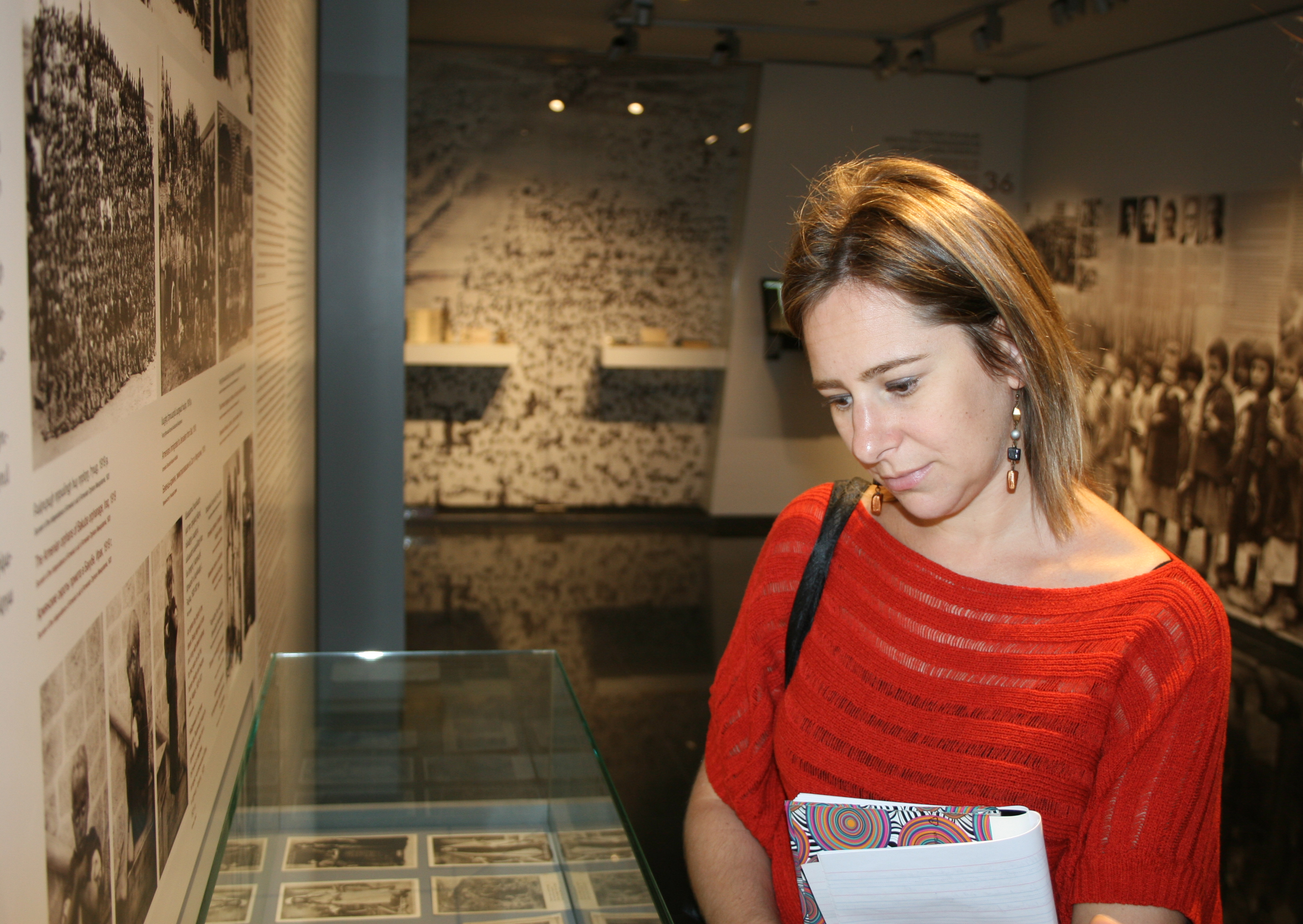
"From Cascade to the Dancing Fountains, from Noravank to Tatev and beyond, I take a piece of Armenia back with me in my memories."
Interview with the Raphael Lemkin Scholarship Alumni Nikki Marczak
18.10.2016
Nikki Marczak is australian genocide scholar, an independent researcher with the Australian Institute for Holocaust and Genocide Studies (AIHGS) and member of the International Association of Genocide Scholars.
Nikki has had a presence amongst the Armenian community, notably delivering the keynote address at the Centenary of the Armenian Genocide Commemoration in Melbourne. She has a Master’s degree in Holocaust and Genocide Studies and has worked in research and policy development for many years.
She is currently working on a number of articles relating to the Armenian Genocide, including a comparative analysis of the experiences of Armenian women and the horrors currently facing Yezidi women in Iraq.
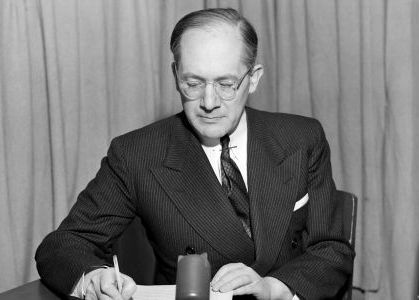
AGMI announces 2017 Lemkin Scholarship for foreign students
12.10.2016
The Armenian Genocide Museum-Institute announces 2017 LEMKIN SCHOLARSHIP program for foreign students and PhD candidates. Raphael Lemkin scholarship is intended to enable foreign students and young scientists, who specialize in genocide studies, especially in the Armenian Genocide, to visit Armenia for a month to conduct research in local scientific institutions and libraries.
The Armenian Genocide Museum-Institute will provide researchers possibility to carry out their research in AGMI, including necessary research materials and consultation.
The deadline for application is on 15 December, 2016. The winner will be selected by the Scientific Council of the AGMI on 25 December, 2016.
The beginning of the scholarship program is on 1 January, 2017. Winners are free to select a month within 2016 except January, February and December.
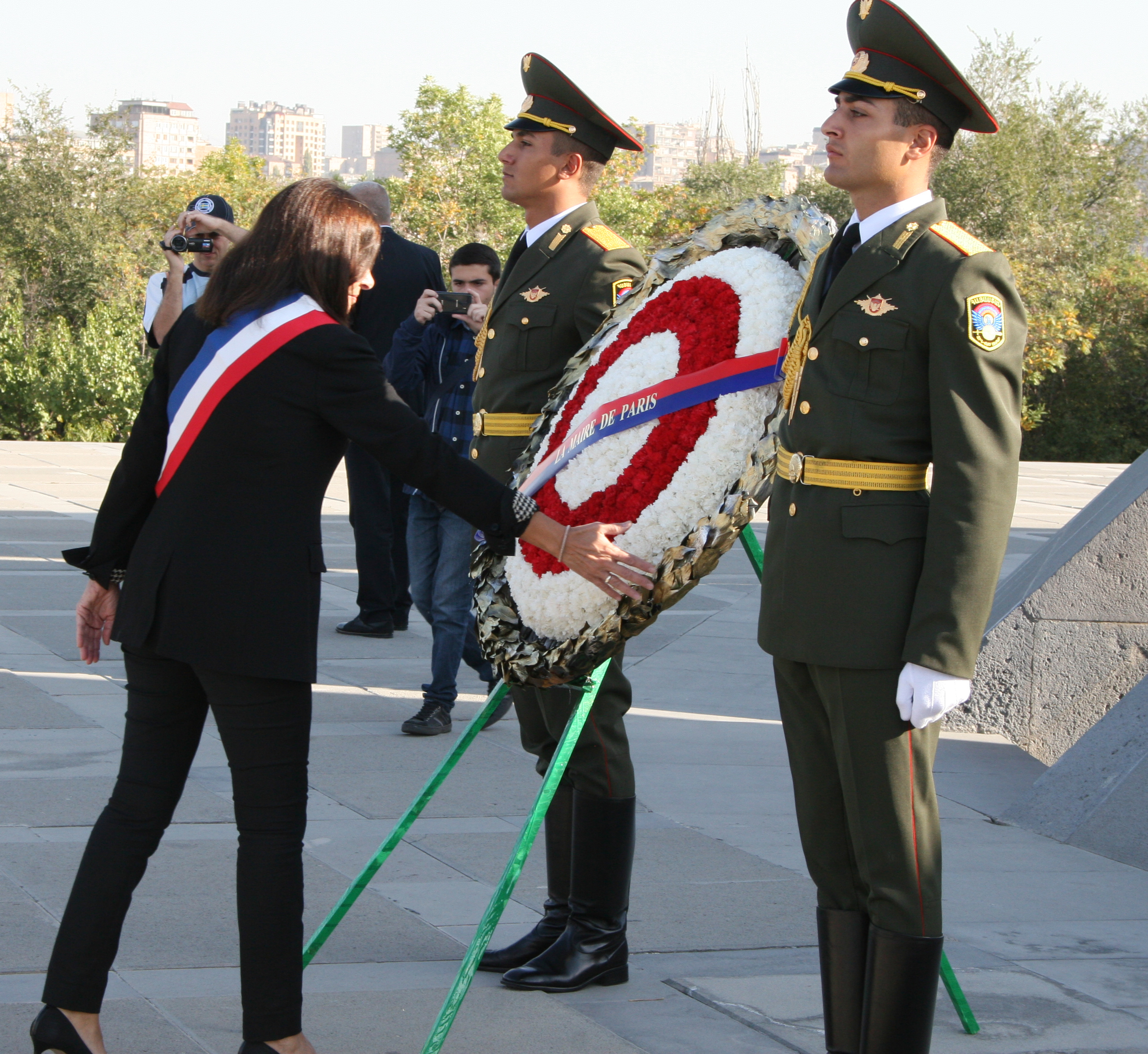
Paris Mayor Anne Hidalgo Honored the Memory of Armenian Genocide Innocent Martyrs
08.10.2016
On 8 October, Paris Mayor Anne Hidalgo visited Armenian Genocide Memorial Complex. Madam Hidalgo laid a wreath at the Genocide Monument and put flowers at the eternal fire and honored the memory of the innocent martyrs with a minute of silence.
Anne Hidalgo was accompanied with Deputy Mayor of Yerevan, French delegation, members of different French political parties and fractions, Prefects of Paris quarters. The French delegation has arrived in Yerevan to participate in the celebrations dedicated to Yerevan.
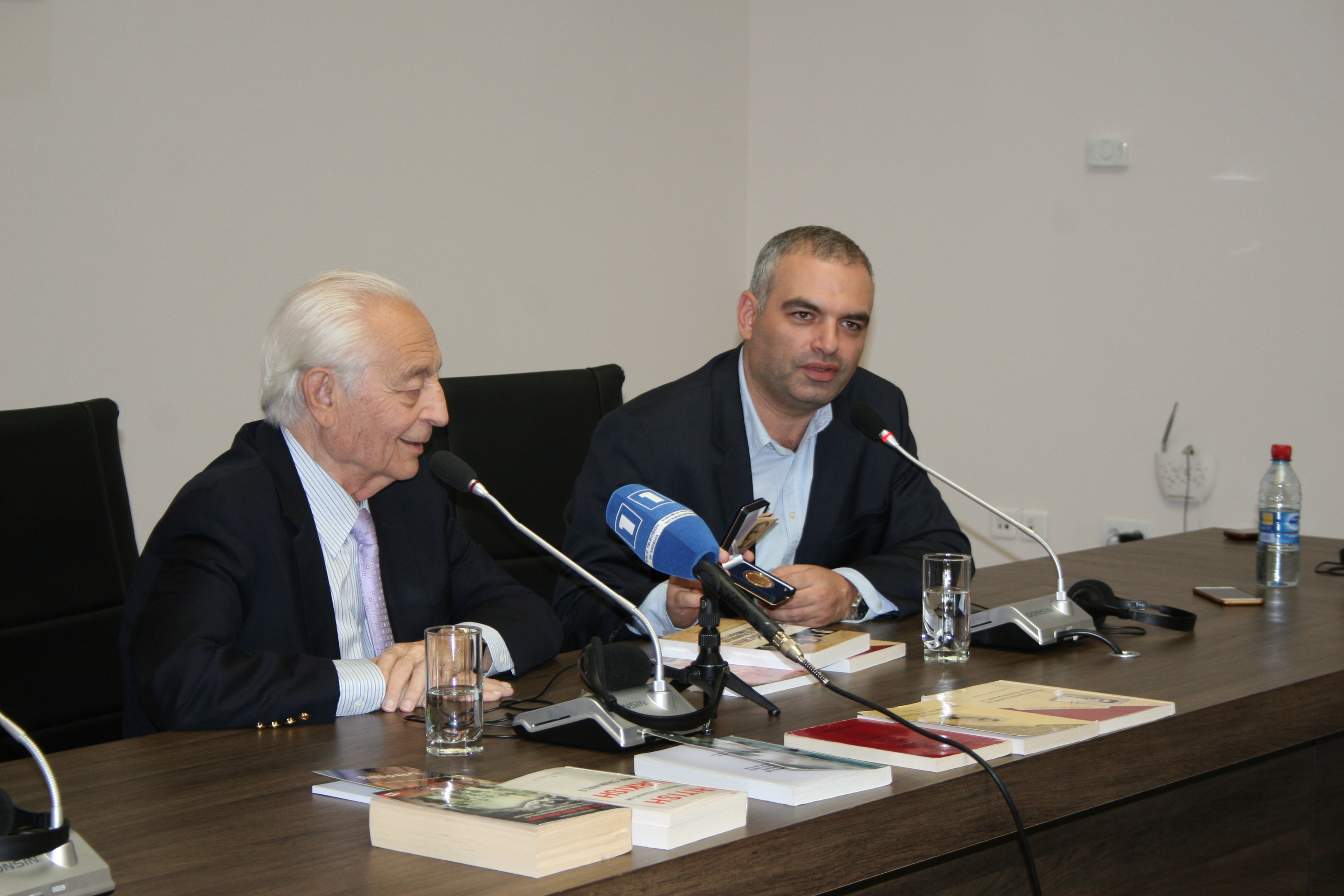
“We did the hardest thing, 4-5 families presented around fifty thousand people”
AMERICAN-ARMENIAN LAWYER TALKED ABOUT THE RESTORING THE RIGHTS OF ARMENIAN GENOCIDE VICTIMS’ DESCENDANTS
04.10.2016
Today Director of Armenian Genocide Museum-Institute Hayk Demoyan awarded international law expert Vardges Yeghyaian with the medal of Henry Morgenthau. Vardges Yeghyaian has sued “New York Life” insurance agency on behalf of Armenian Genocide victims’ descendants and won the trial. He is the founder-director of “Vardges Yeghyaian” law office.
During the meeting Vardges Yeghyaian talked about the works carried out to restore the rights of Armenian Genocide victims’ descendants and the preparations for the first litigation.
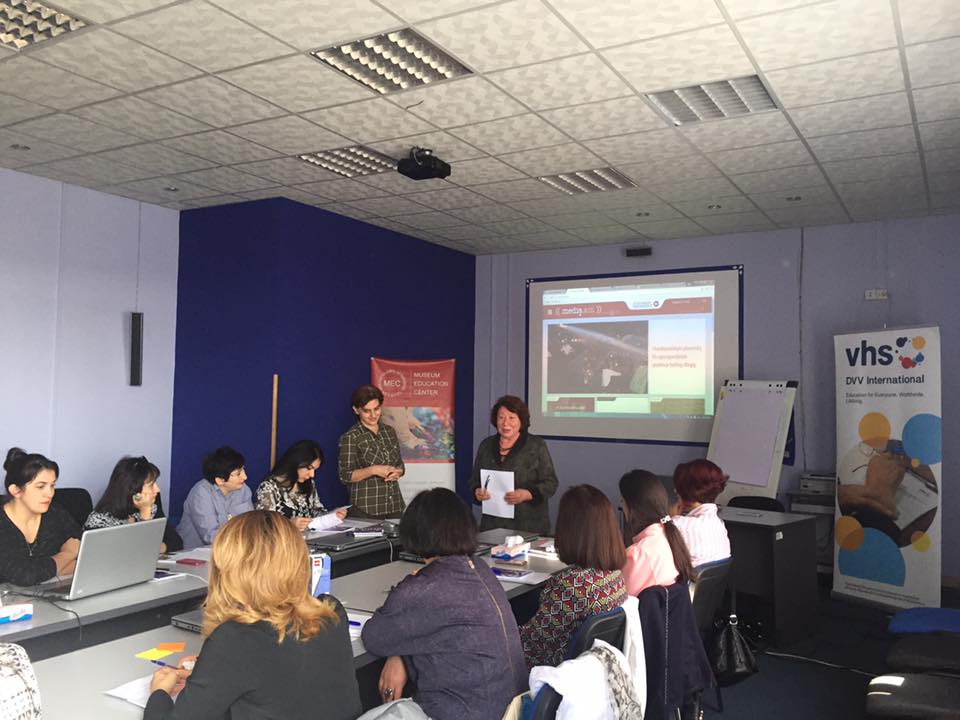
AGMI Press department representative attended “Media and Museums” course
29.09.2016
In 26-28 September, AGMI Press department representative Hermine Hakopyan participated in the three-day training course of “Media and Museums”, organized by Museum Education Center.
The workshop “Media and Museums” was organized for museum specialists in cooperation with Association of Museum Workers and Friends and DVV International Armenia Country Office.
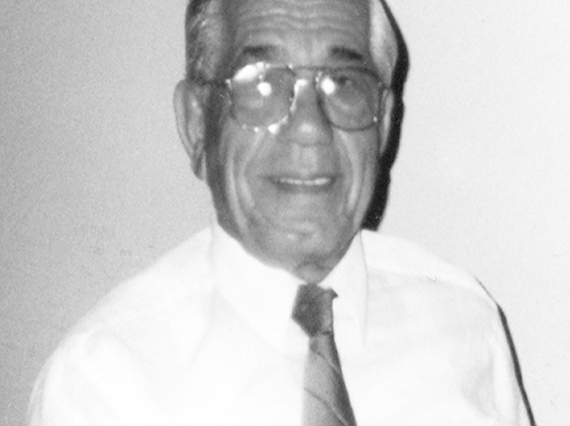
Turkish gendarmes brought bushes, tree branches, piled them and put 40 thousand people on fire
Martiros Ashekyan’s testimony
1927, Aleppo
24.09.2016
Martiros Ashekian was born after the Armenian Genocide, in 1927, in Syria’s Aleppo. He tells how he met a Bedouin one day, who escorted him to the Armenian Cave. The Bedouin told the story of how the Turks gathered and burned 40,000 Armenian Genocide survivors in that cave.
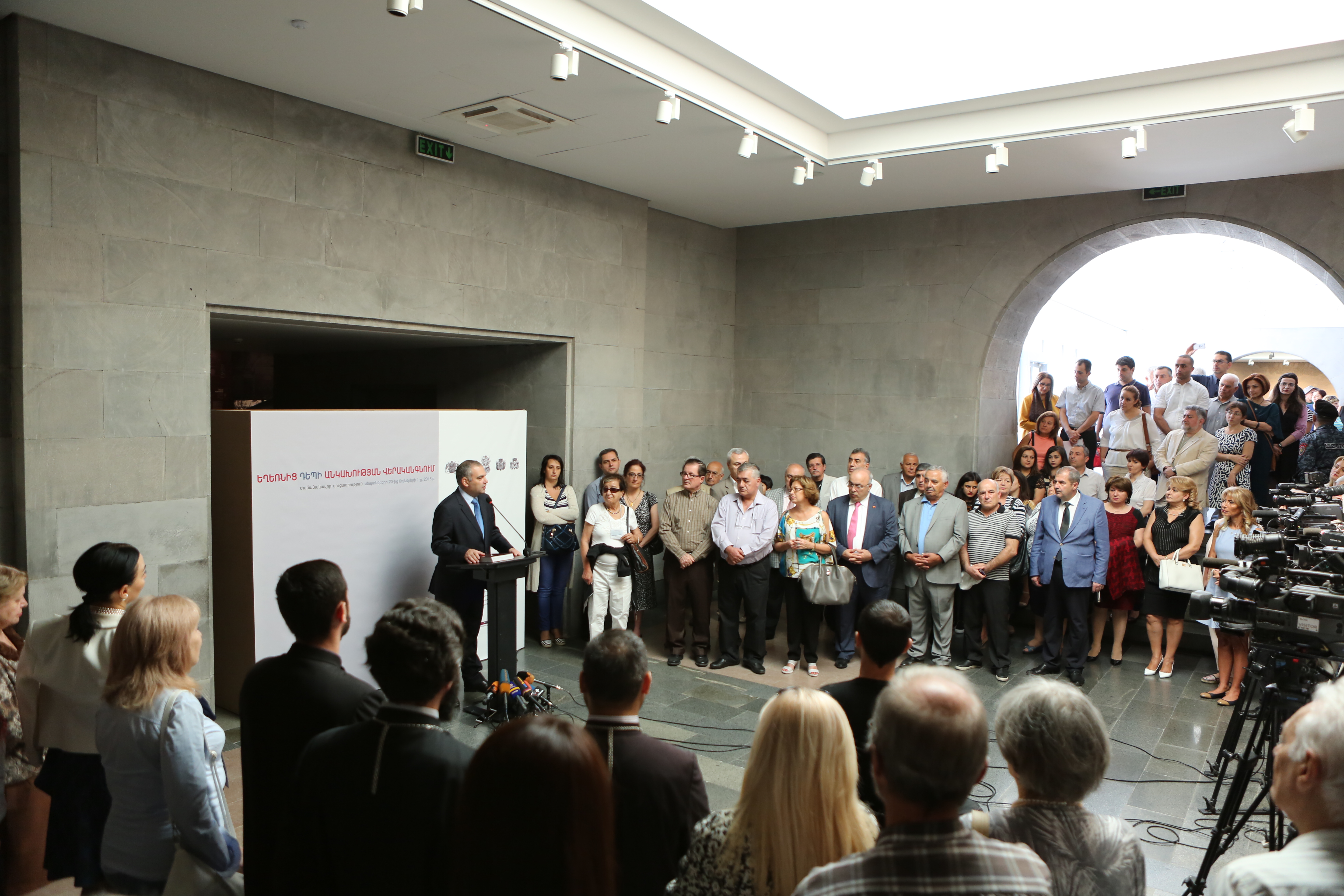
“FROM GENOCIDE TO THE RESTORATION OF INDEPENDENCE”
New Temporary Exhibition Opened at Armenian Genocide Museum-Institute
20.09.2016
A new temporary exhibition titled “From Genocide to the Restoration of Independence” has opened today at the Armenian Genocide Museum-Institute.
The exhibition is dedicated to the 25th anniversary of the independence of Armenia. It includes rare historical flags and coats of arms made in XVIII-XX centuries, during the period of liberation struggle. Exclusive samples of flags and coats of arms prepared by Armenian orphans after the Genocide are also included in this exhibition.
Most of the artifacts exhibited from the collection of the Armenian Genocide Museum-Institute, different museums in Armenia and abroad are presented for the first time.
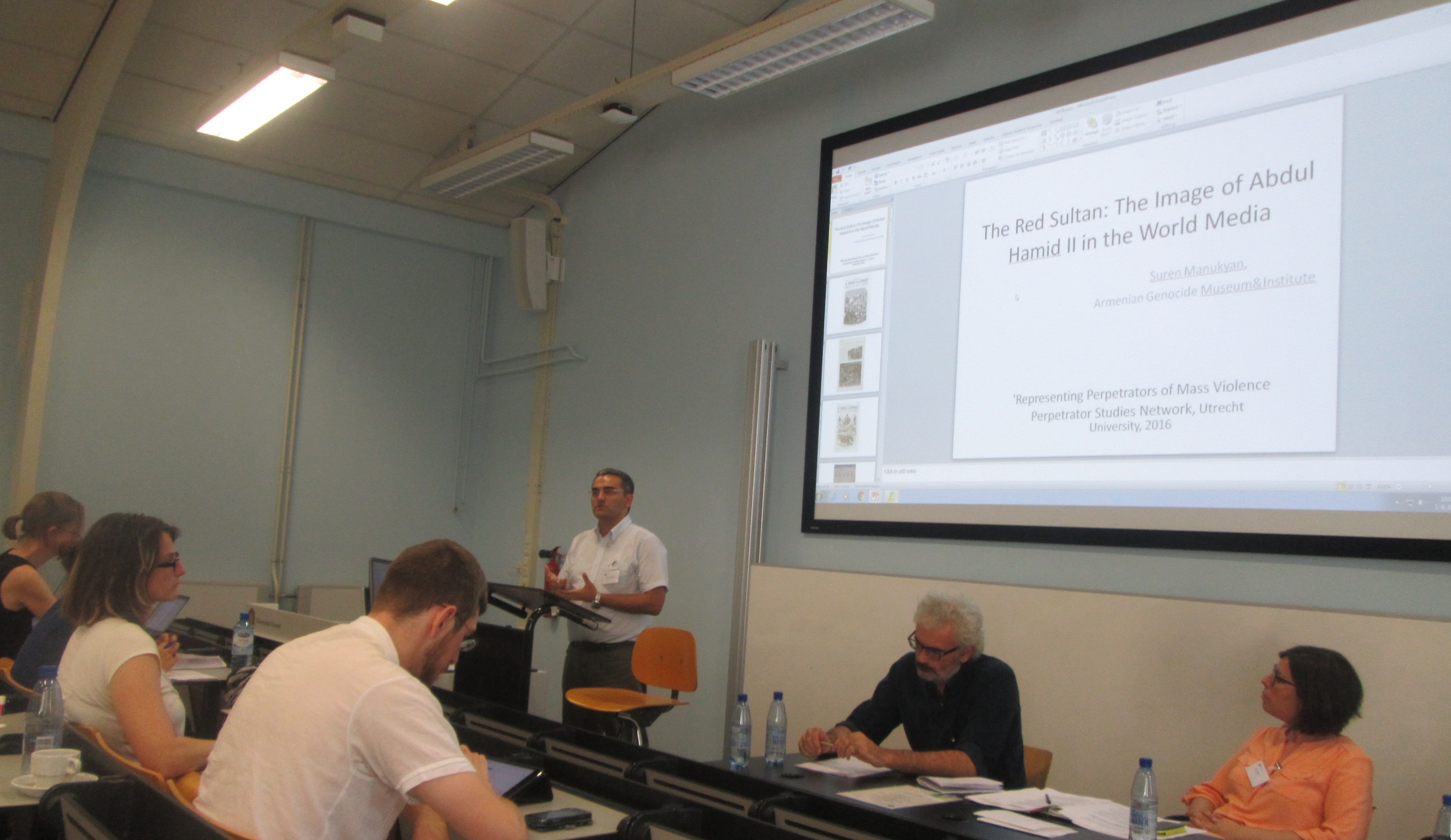
AGMI Deputy Director participated in the conference at Utrecht University
08.09.2016
AGMI Deputy Director Suren Manukyan participated in the conference “Representing Perpetrators of Mass Violence” held at Utrecht University, The Netherlands, 31 August–3 September, 2016.
His presentation was titled “The Red Sultan: The Image of Abdul Hamid II in the World Media”
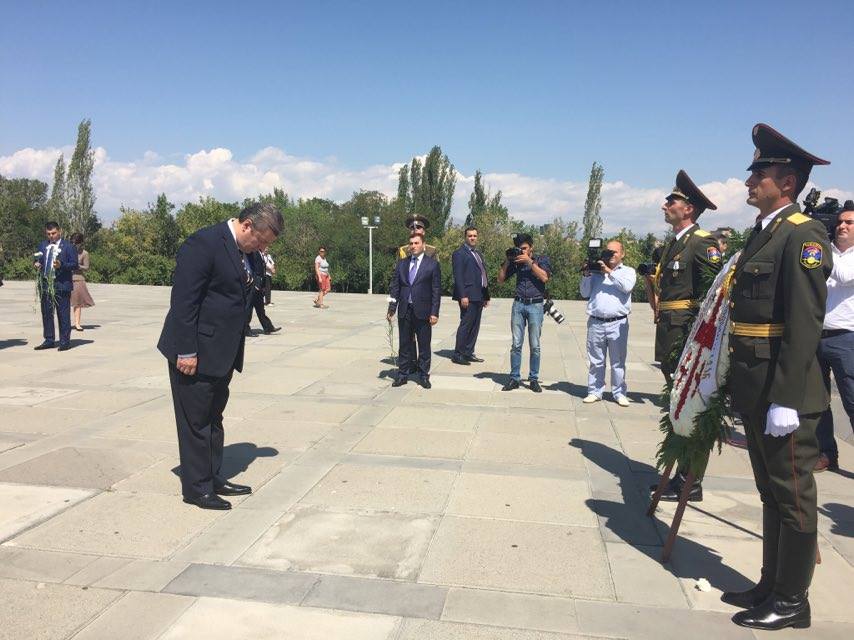
GEORGIAN PRIME MINISTER LAID A WREATH IN THE MEMORY OF THE INNOCENT MARTYRS OF ARMENIAN GENOCIDE
05.09.2016
In 5th of September, Prime Minister of Georgia Giorgi Kvirikashvili visited Armenian Genocide Memorial Complex. Georgian Prime Minister laid a wreath at the Genocide Monument and near the eternal fire honored the memory of the innocent martyrs with a minute of silence.
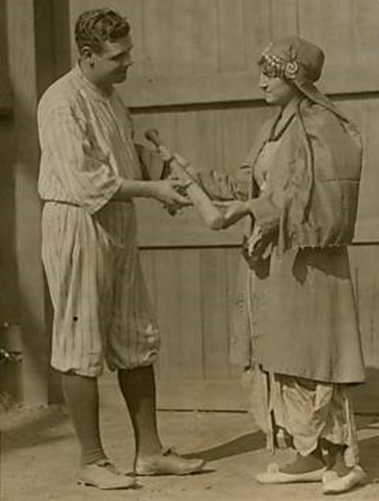
BASEBALL LEGEND BABE RUTH SUPPORTS ARMENIAN ORPHANS
11.08.2016
In 1920, Baseball Legend Babe Ruth gifted his 50th home run bat to Mile Nouvart Dzeron Koshkarian at the Polo Grounds in New York. Nouvart, a representative of the Near East Relief, received the bat which was auctioned off to benefit the Armenian orphans who had survived the Armenian Genocide of 1915.
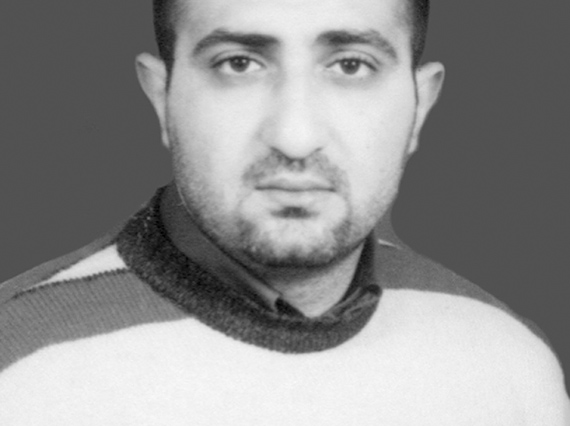
«The Turks cut the heads of Armenians with axes and threw them into the River Euphrates»
Hagop Hovhannes Moutafian’s testimony
1980, Deir ez-Zor
09.08.2016
Hakob Moutafian tells the story of his grandfather, also named Hakob, who was from the village Kamurj in Urfa. According to him, during the massacres, he and his parents were exiled and made to walk the desert of Deir ez-Zor, where they cut off Armenians’ heads and threw them into the Euphrates.
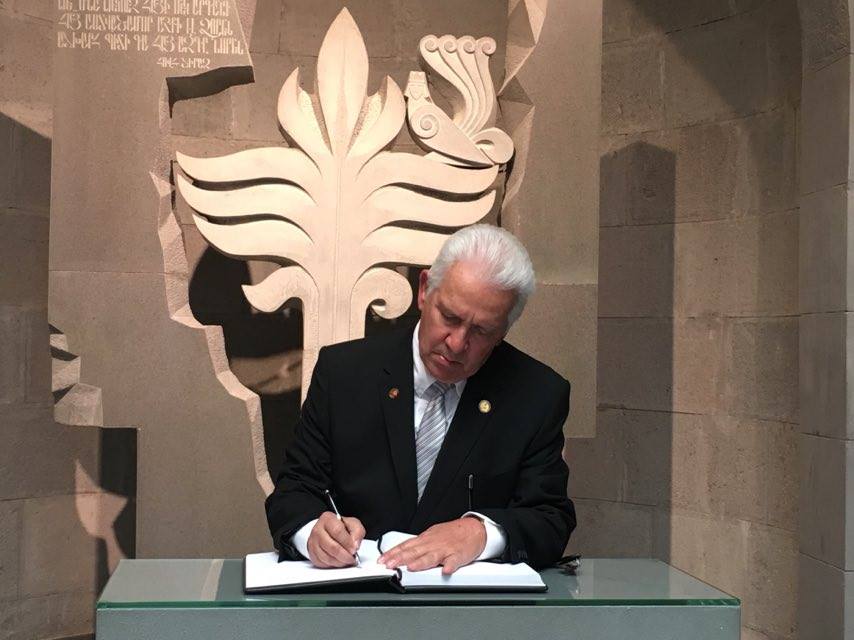
US CONGRESSMAN JIM COSTA VISTED ARMENIAN GENOCIDE MEMORIAL COMPLEX
20.07.2016
In 20th of July, US Congressman Jim Costa visited Armenian Genocide Memorial Complex. Jim Costa was accompanied by Samvel Nikoyan; head of NA Armenia-USA Friendship Group and AGMI Director Hayk Demoyan.
Costa has left flowers at the eternal fire and honored the memory of the innocent martyrs with a minute of silence. Then he visited the Genocide Museum and watched the exhibition dedicated to Aurora Martiganian; survivor of Armenian Genocide. AGMI Director presented to Costa parts of the mute film of Aurora, original posters of the movie, family photos and personal items of the heroine.

«I am the very last defender of Musa Ler resistance»
Movses Panossian’s testimony
1885, Musa Ler
14.07.2016
Movses Panossian was born in 1885 in Musaler. The witness told that on July 13, 1915 the Turkish government issued an order according to which the Armenians were to be deported, however, the foremen from 7 villages held a meeting and decided that they were ready to die where they were born and had no intention to become refugees. Panossian also told about the defense of Musaler and French ships that rescued them.
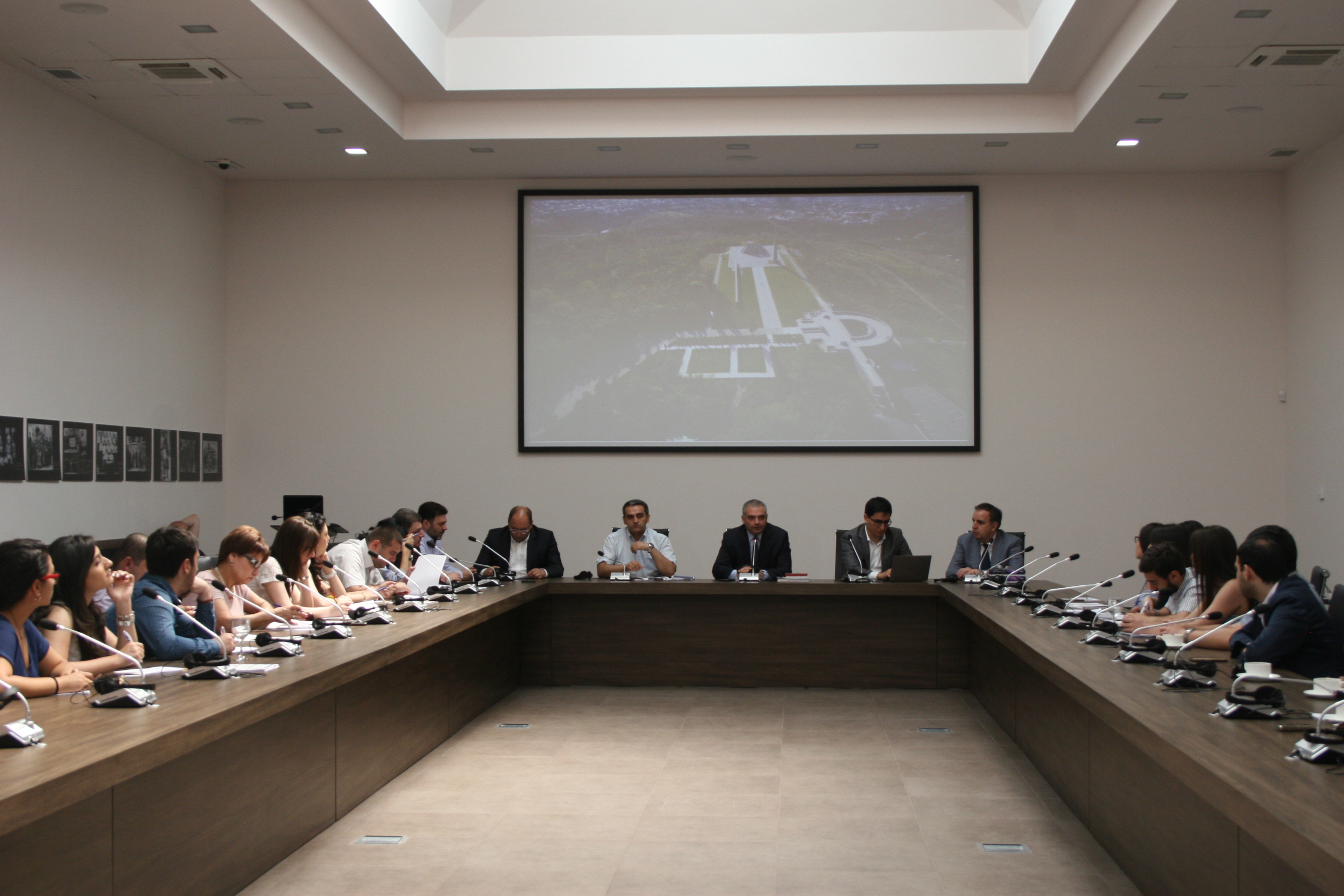
“ARMENIA: LET’S CREATE TOGETHER”
FIRST YOUTH FORUM MEETING AT AGMI
12.07.2016
In 12 July the first meeting of Youth Forum “Armenia: Let’s Create Together” took place at Armenian Genocide Museum-Institute. The group of “Protection of Armenian Interests and Media” also participated in the meeting. The theme of the meeting was “Armenian Genocide: 100 years later”.
The meeting was opened by the welcome speech of AGMI Director Hayk Demoyan. He referred to the international recognition of the Armenian Genocide, the new levels and perspectives of academic researches. Talking about Armenian Genocide researching studies Demoyan mentioned the scientific publication in Armenia and Diaspora, stressing the unique mission of AGMI. Armenian Genocide Museum-Institute is the only institution in the world where proofs, documents and information related to the Armenian Genocide are being collected, studied, kept and exhibited.
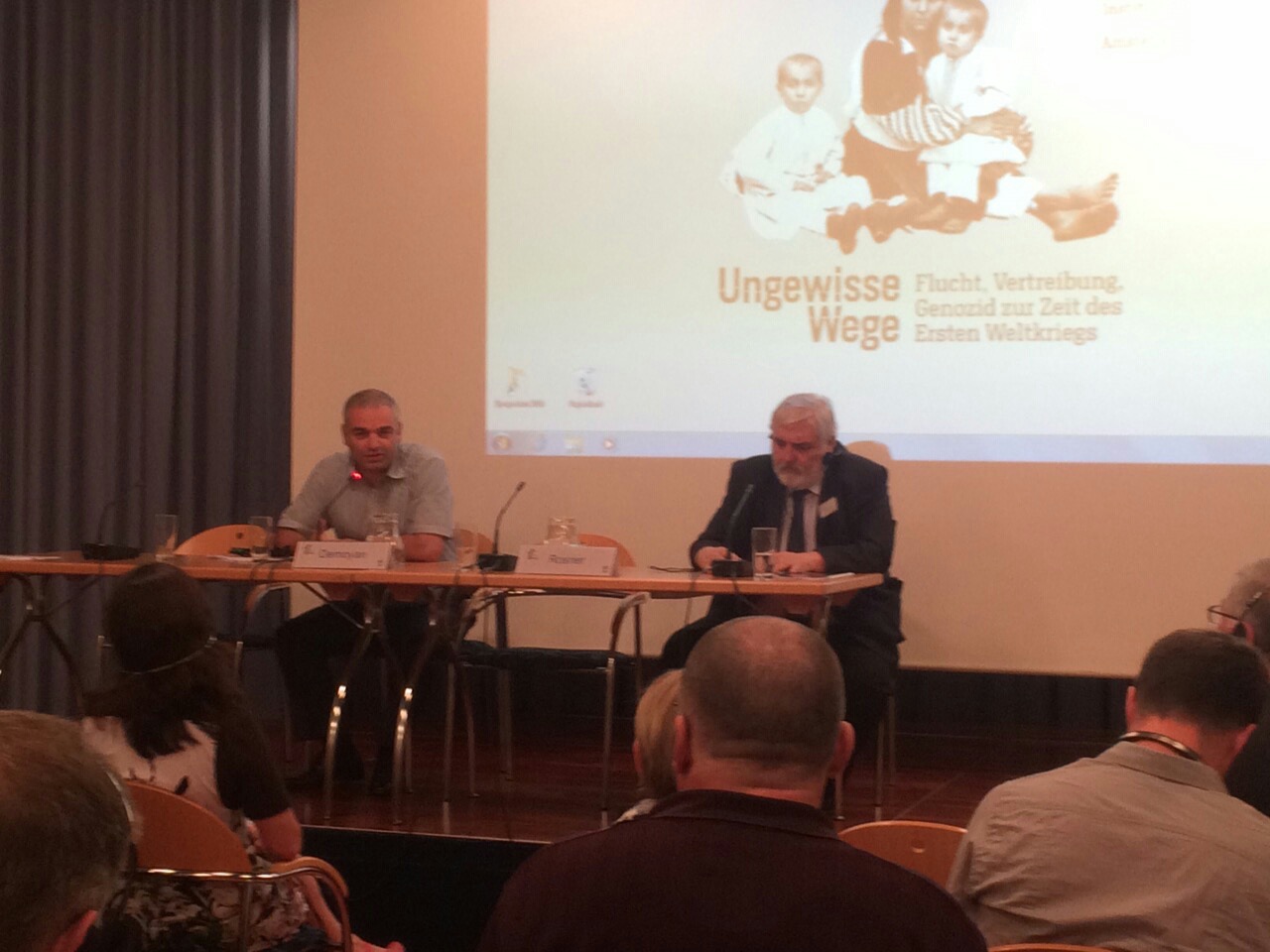
Conference dedicated to the Armenian Genocide in Austrian city of Amstetten
09.07.2016
In 4-6 July, under the auspices of the Government of Lower Austria a conference titled “Uncertain Paths: Escape, Expulsion and Genocide in the First World War” was held. The conference was organized by the cooperation of Boltzmann Institute for Research on War Consequences in Graz and Center for Migration Studies of St. Pölten, Austria.
The event was participated by representatives of Government of Lower Austria, Federal and local parliament members, representatives of accredited diplomatic missions, international organizations, and Austrian political, scientific, educational field.
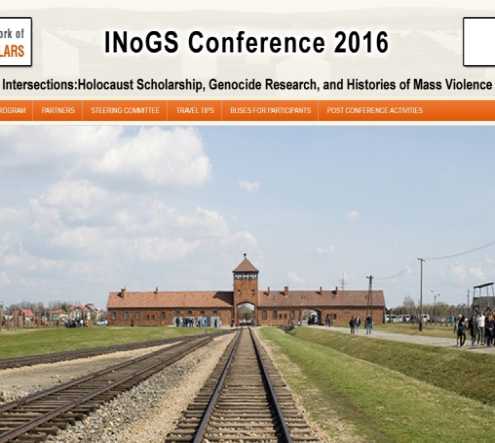
AGMI researchers participated in the 5th Global Conference of the International Network of Genocide Scholars
07.07.2016
AGMI researchers Edita Gzoyan and Shushan Khachatryan participated in the 5th Conference of the International Network of Genocide Scholars in Jerusalem, 26-29 June. The conference was held under the title “Intersections: Holocaust Scholarship, Genocide Research, and Histories of Mass Violence” and was organized by, The Hebrew University of Jerusalem, The Van Leer Jerusalem Institute, The Israel Office of the Rosa Luxemburg, The Open University of Israel, other scientific institutions and the Armenian community of Jerusalem.
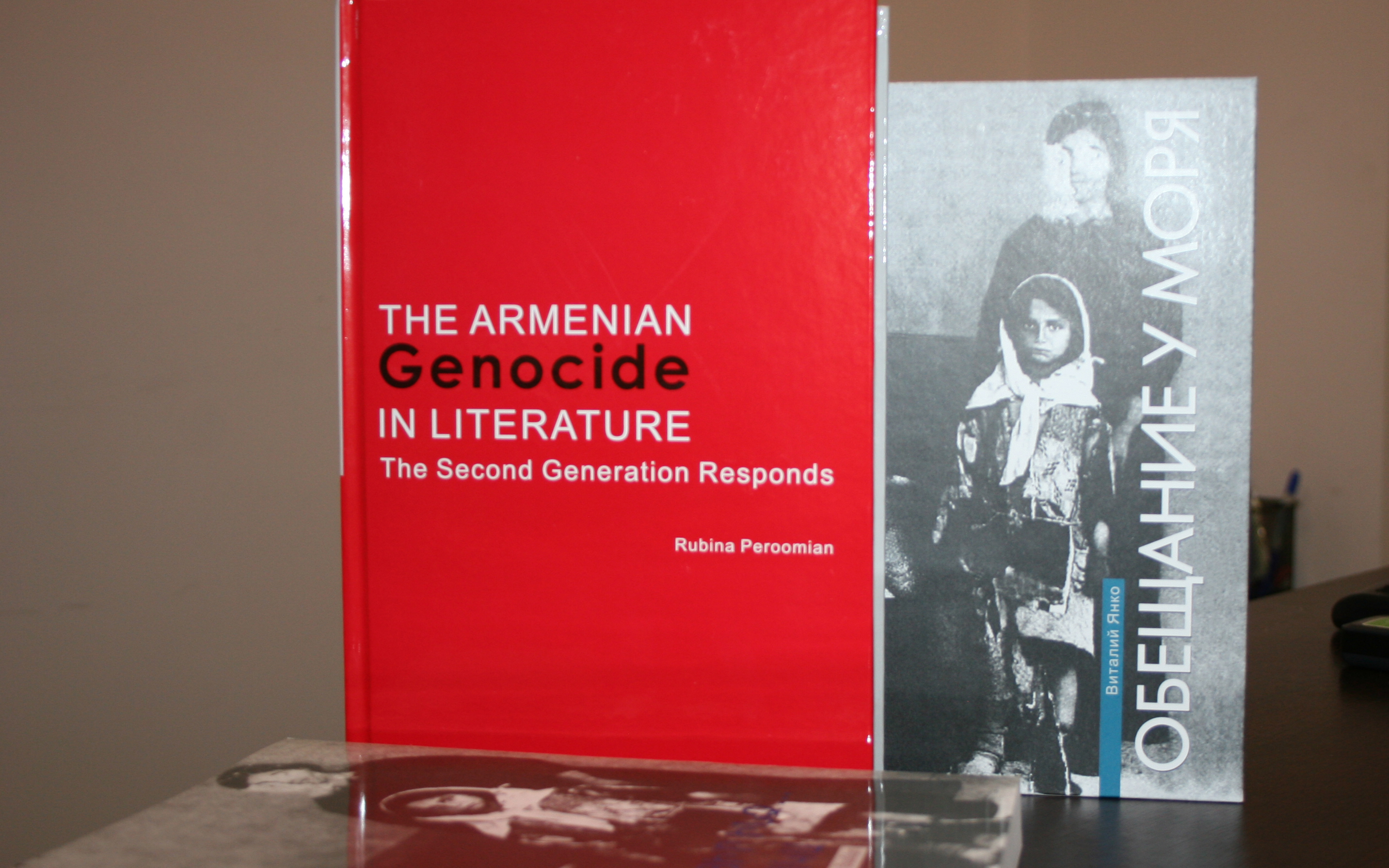
Presentation of new publications at AGMI
01.07.2016
Today at the conference hall of the Armenian Genocide Museum-Institute the Armenian and Russian edition of “Promise me in the Sea” by Vitali Yanko was presented, as well as the monograph of Rubina Pirouoian “The Armenian Genocide in Literature, The Second Generation Responds”.
The books are published by the Armenian Genocide Museum-Institute.
The authors of the books were present at the presentation.
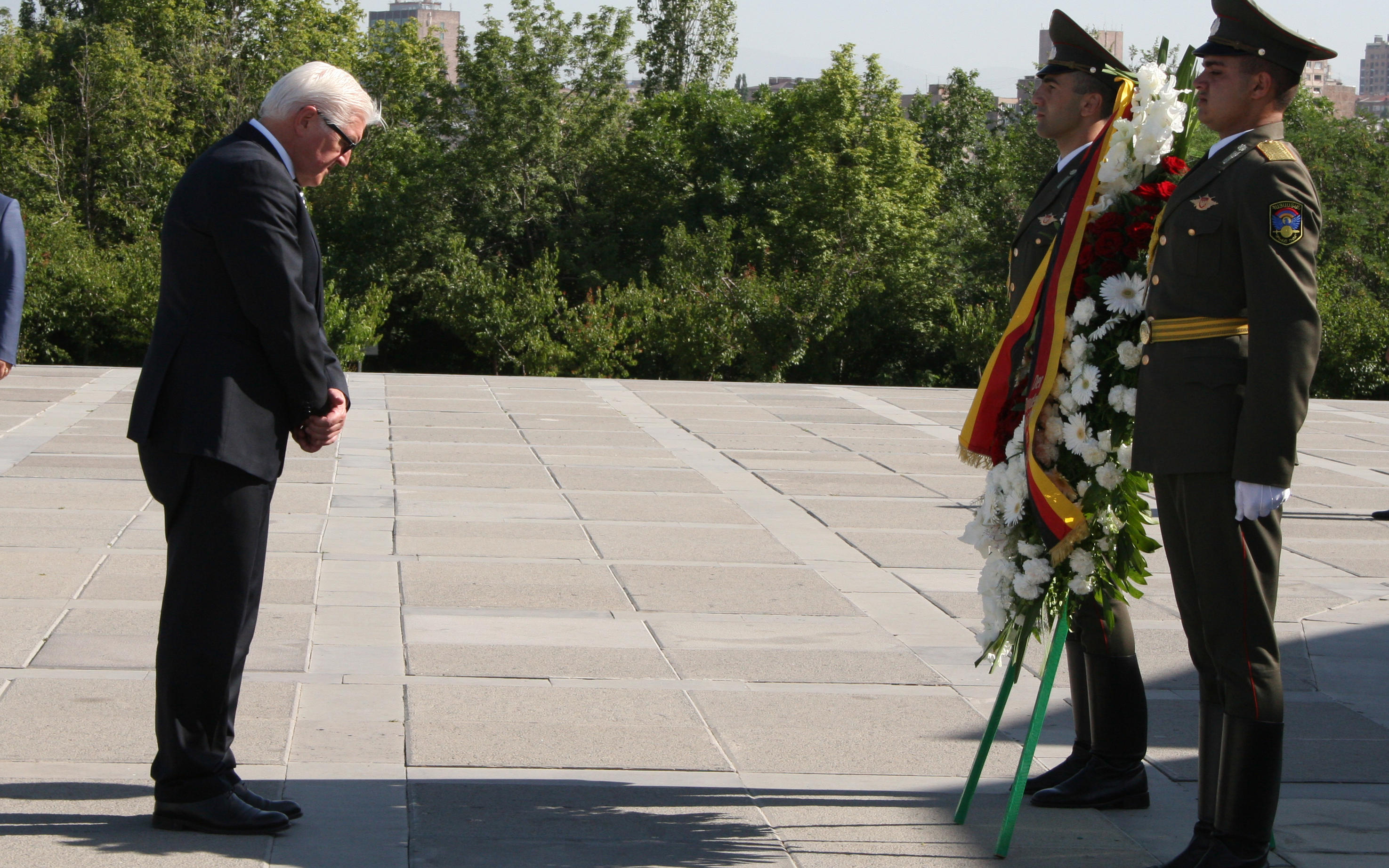
German Foreign Minister visited Tsitsernakaberd Memorial Complex
30.06.2016
On 30th of June, German Foreign Minister, OSCE Chairman Frank Walter Shtinmeier visited Tsitsernakaberd. Shtinmeier laid a wreath at the Memorial Complex, after which the German guests put flowers at the eternal fire and honored the memory of the innocent martyrs with a minute of silence.
German Foreign Minister was accompanied with RA Foreign Minister, Ambassador Extraordinary and Plenipotentiary of the Federal Republic of Germany to Armenia Matthias Kiessler, AGMI Director Hayk Demoyan, Armenian and German diplomats.
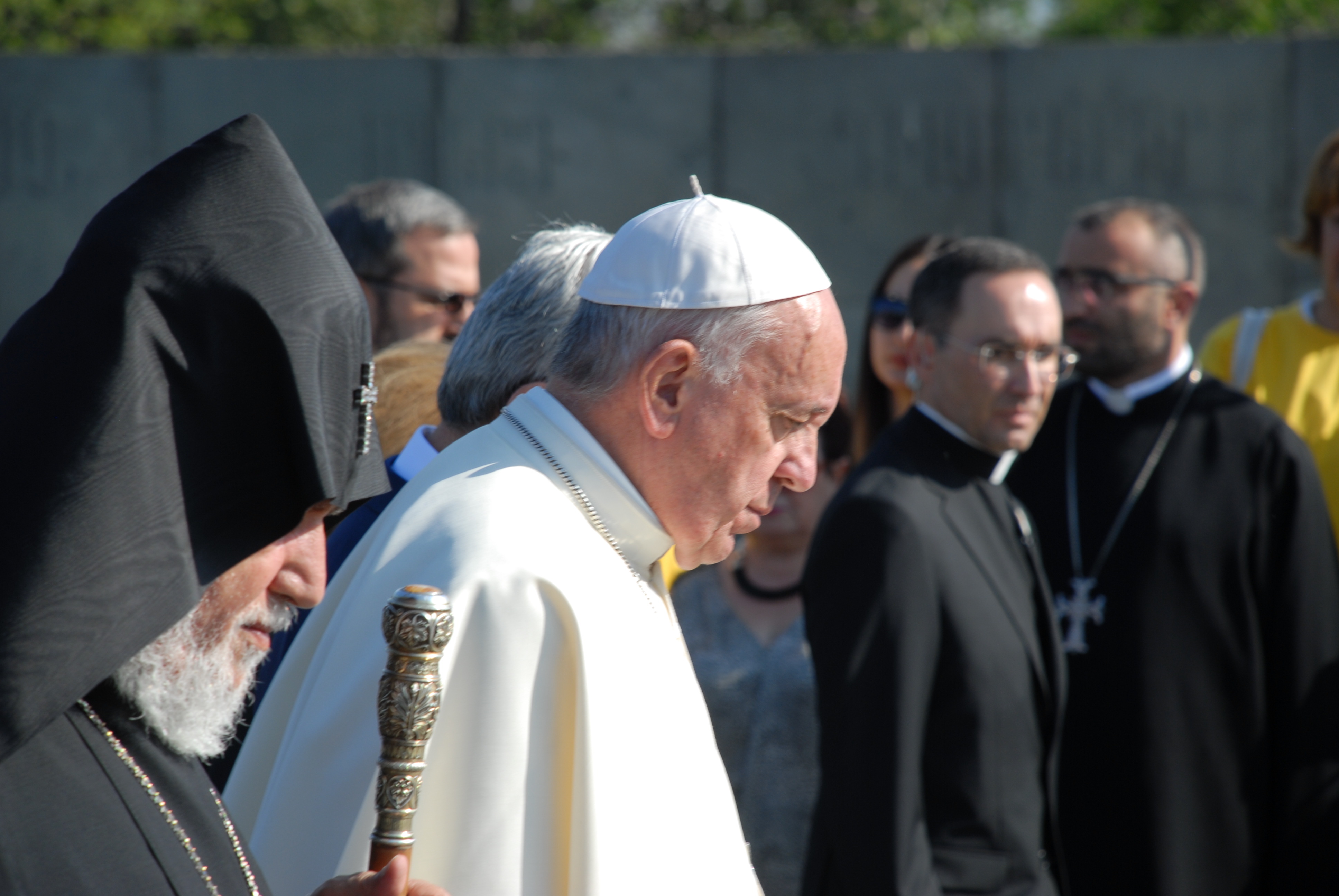
Pope Francis at Tsitsernakaberd
25.06.2016
Early on 25th of June, Pope Francis visited Tsitsernakaberd Memorial Complex of Armenian Genocide. His Holiness was accompanied by Catholicos of All Armenians Karekin II, President of Armenia Serzh Sargsyan.
Pope Francis laid a wreath at the Genocide Monument and near the eternal fire honored the memory of the innocent martyrs with a minute of silence. The pope and Karekin II held an ecumenical service in memory of the victims of the genocide.

Vatican and the Armenian Genocide
A Lecture by Michael Hesemann at AGMI
23.06.2016
German Historian Michael Hesemann delivered a lecture at Armenian Genocide Museum-Institute under the title “Vatican and the Armenian Genocide”. His lecture was a summary of his long lasting researches of Vatican secret archives. In 2014 Michael Hesemann declared that there are about 2000 still unpublished pages about the Armenian Genocide kept in Vatican archives.
In his book “The Armenian Genocide” published in German language in 2015, he presented the content of many unpublished documents related to the events of 1915-16. He presents the diplomatic efforts of Pope Benedict XV, trying to intercept the deportation and massacres of Armenians.
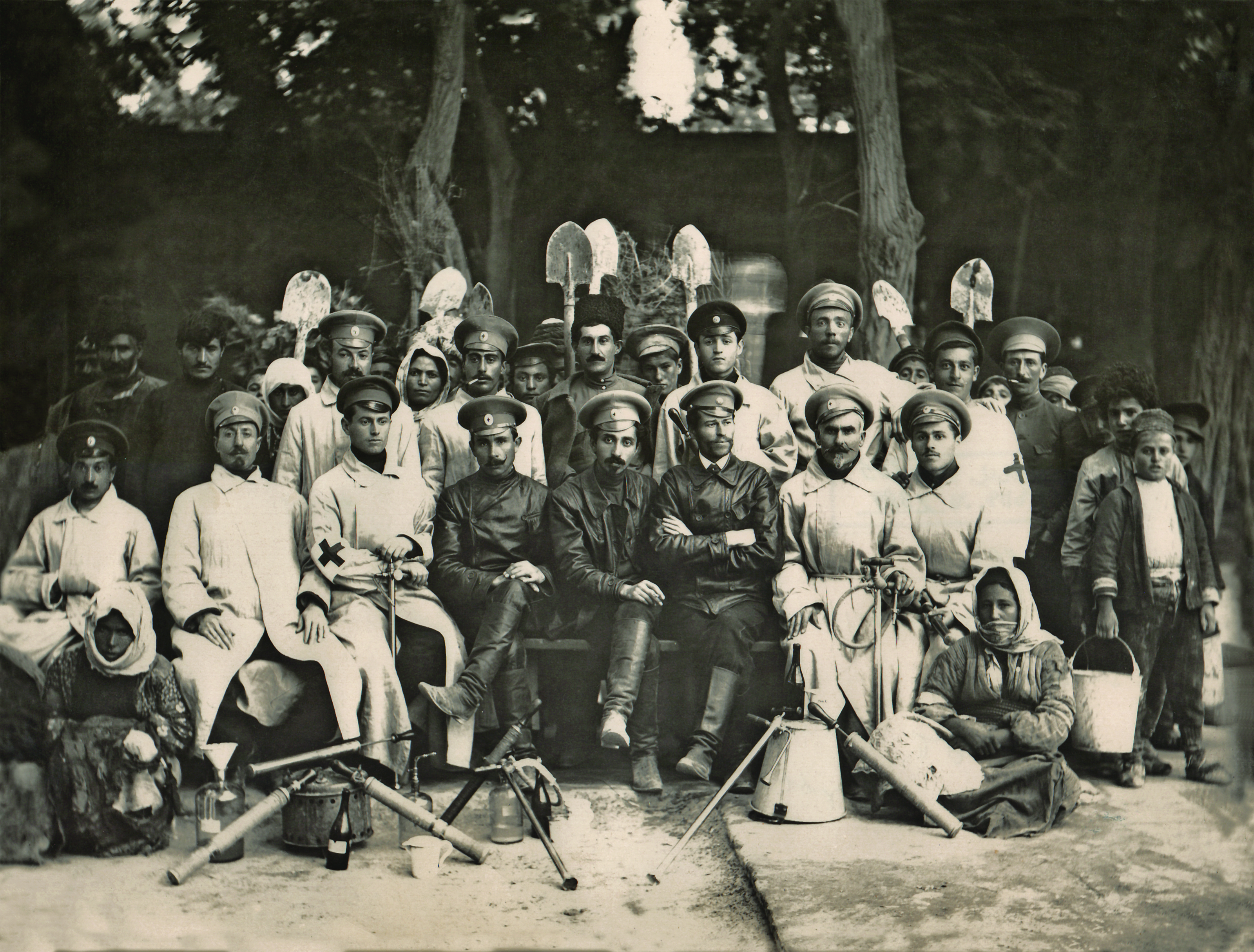
A Group of Gravediggers
14.06.2016
In summer 1915 epidemic disease of typhus began to spread in Etchmiadzin as a result of unsanitary conditions. Quarantine was announced. The shortage of food and water, lack of medical care and the scorching sun contributed to the rapid spread of the epidemic. The authorities select a few armed battalions whose purpose was to assemble dead bodies and bury them.
The photo is of a group of sanitation gravediggers.
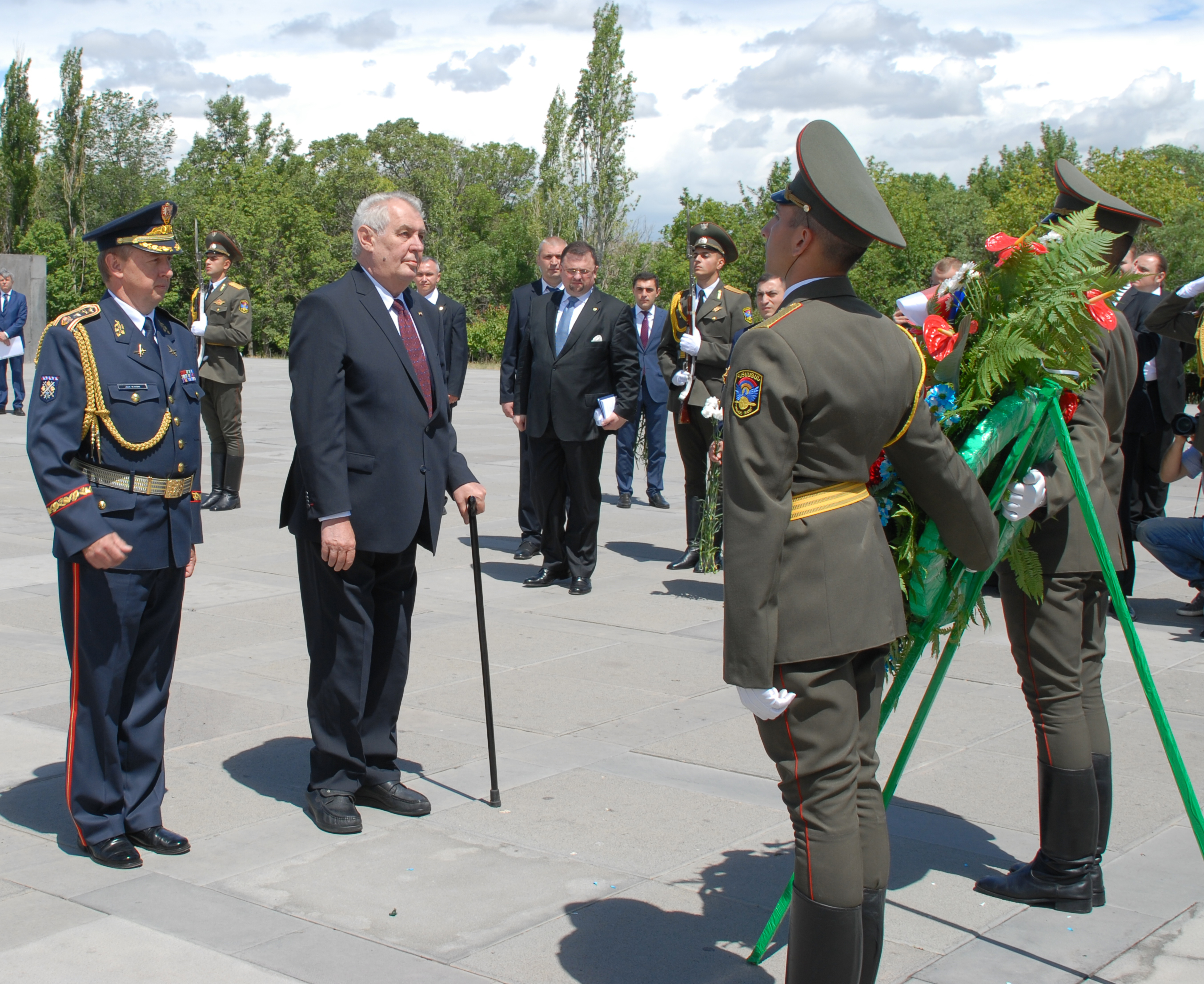
Czech President Miloš Zeman visited Armenian Genocide Museum-Institute
08.06.2016
On 8 of June, Czech President Miloš Zeman who is currently on an official visit in Armenia visited the Armenian Genocide Memorial. Miloš Zeman laid a wreath at the Genocide Memorial and near the eternal fire he honored the memory of the innocent martyrs with a minute of silence.
Czech President was interested in the view of the memorial complex and Yerevan city. During the visit, he had a private conversation with Mayor of Yerevan Taron Margaryan and AGMI Director Hayk Demoyan.
Miloš Zeman also visited the Genocide Museum and got acquainted with the exhibition prepared for his visit.

GERMAN BUNDESTAG ADOPTS RESOLUTION ON ARMENIAN GENOCIDE RECOGNITION AND CONDEMNATION
02.06.2016
Today, German Bundestag adopted a resolution recognizing the World War I massacre of Armenians in 1915 in the Ottoman Empire as genocide. The resolution was adopted by an absolute majority of the votes by one against and one abstention.
The resolution is titled "Remembrance and commemoration of the genocide of Armenians and other Christian minorities in 1915 and 1916." The five pages resolution mentions: “Armenians' fate exemplified "the history of mass exterminations, ethnic cleansing, deportations and yes, genocide, which marked the 20th century in such a terrible way."
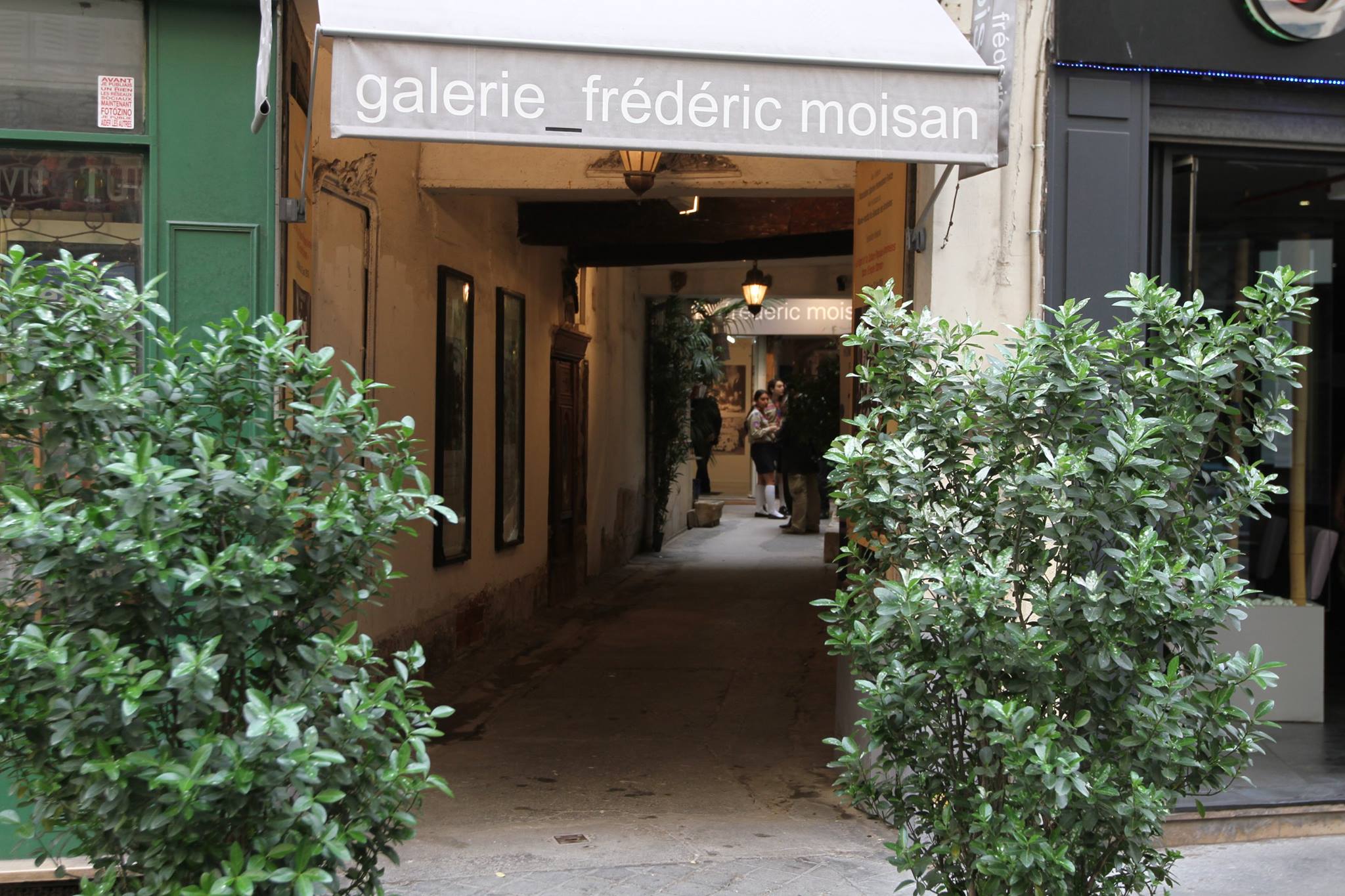
EXHIBITION, BOOK PRESENTATION AND LECTURE IN FRANCE
31.05.2016
Temporary exhibition under the title “Armenian Sport and Gymnastics in the Ottoman
Empire” has been opened last week in Paris. At the same day the presentation of the
book with the same title has also took place.
The exhibition will be opened until 12 th of
June.
On the next day, in May 27, at “Sahak-Mesrop” cultural center of Marseille another
exhibition was opened under the title “Armenian Genocide Front Page Coverage in the
World Press”.
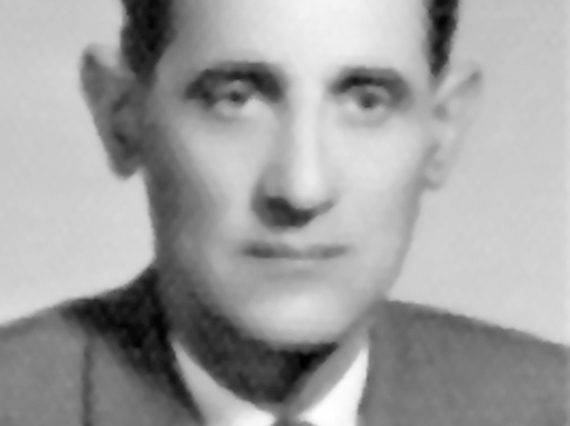
«We miraculously survived the slaughter. The Turks were beating us with sticks, whips and swords»
Mkrtich Karapetian’s testimony
1910, Tigranakert
26.05.2016
Mkrtich Karapetian, a native of Tigranakert, was born in 1910. He states that although he was a kid in 1915, he remembers quite well that the population of the town was beaten and exiled. Mkrtich tells how they were miraculously rescued when the Persian soldiers came to release them.
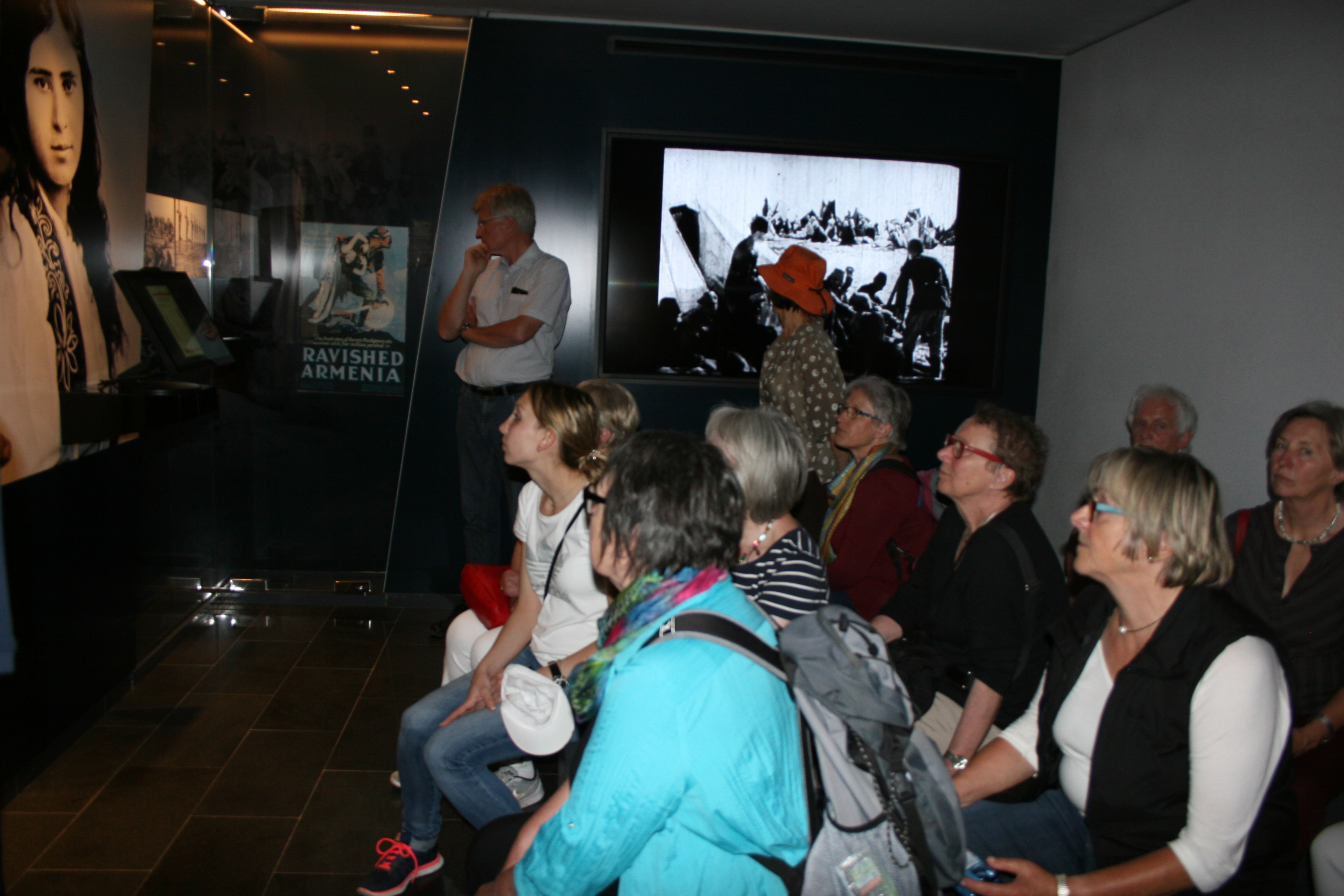
The Armenian Genocide Museum-Institute also joined the pan-European event “Museum Night 2016”
21.05.2016
The Armenian Genocide Museum-Institute also joined the pan-European event “Museum Night 2016” with the permanent and temporary exhibition “The Road of Aurora: Odyssey of Armenian Genocide Survivor”.
The museum was crowded with foreign tourists, local visitors and students.
“Museum Night 2016” was held under the title “Museums and Cultural Landscapes”.
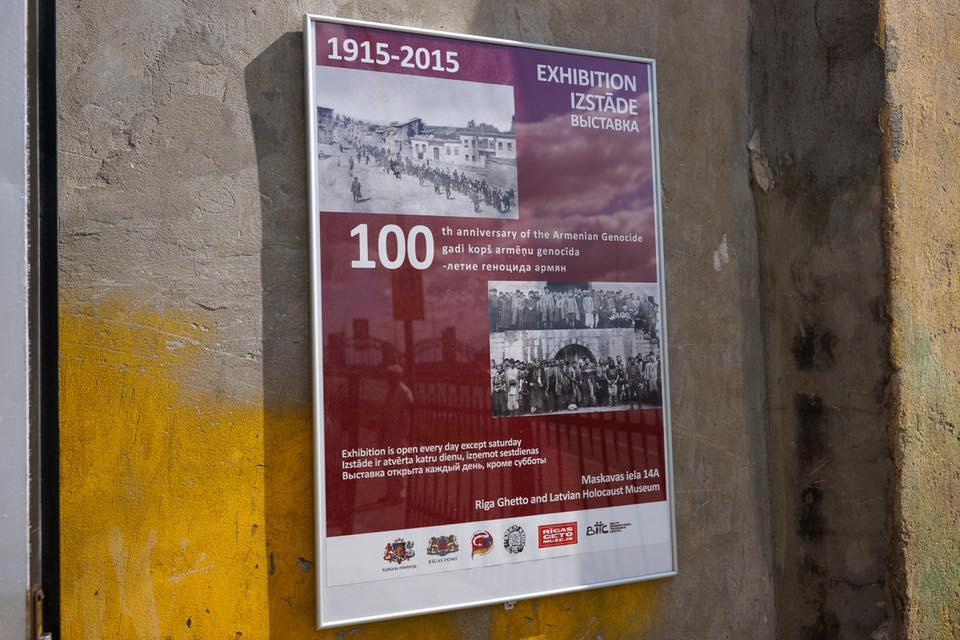
PERMANENT EXHIBITION ON THE ARMENIAN GENOCIDE IN RIGA GHETTO MUSEUM
19.05.2016
On May 18, permanent exhibition on the Armenian Genocide opened at the Riga Ghetto and Latvian Holocaust Museum. This exhibition is a joint effort of the Riga Ghetto, Baltic International Tolerance Center and the Armenian Genocide Museum-Institute. The AGMI design group has performed the design works.
The work was assisted by a representative of the Armenian community of Latvia, businessman Mkhitar Mkhitaryan.

Greek Community of Armenia Visited Tsitsernakaberd Memorial Complex to Respect the Memory of the Vicitims of Greek Genocide
19.05.2016
In 19 May, on Pontian Greek Genocide Remembrance Day representatives of Greek community in Armenia visited Tsitsernakaberd Memorial Complex. They were accompanied by Eduard Sharmazanov, Vice-Speaker of the National Assembly of Armenia, RA NA deputies, students and pupils.
Representatives of the Greek community laid a wreath at the monument and near the eternal fire they honored the memory of the one and half million Armenian and Greek victims.
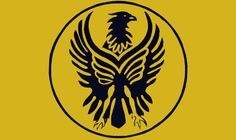
19th of May is Remembrance Day of Pontian Greek Genocide
19.05.2016
On May 19, Pontian Greeks all over the world commemorate Genocide victims. This day has almost the same significance for them as 24 April for Armenians. On February 24, in 1994 the Greek Parliament unanimously decided to proclaim May 19 as the day to commemorate the Pontian Greek Genocide, due to the fact, that on 19 May 1919 General Mustafa Kemal was sent to Pontus after which the anti-Greek movement was activated over there and the real disaster had started for the Pontian Greeks.

AGMI DIRECTOR HAYK DEMOYAN DELIVERED A PAPER AT THE INTERNATIONAL CONFERENCE ON HOLOCAUST
17.05.2016
Director of the Armenian Genocide Museum-Institute, doctor of Historical Sciences Hayk Demoyan participated at the 4th International Conference “Holocaust Museums and Memorial Places in Post-Communist Countries: Challenges and Opportunities”.
Dr. Demoyan delivered a paper titled “The Armenian Genocide and the European History and Memory”.
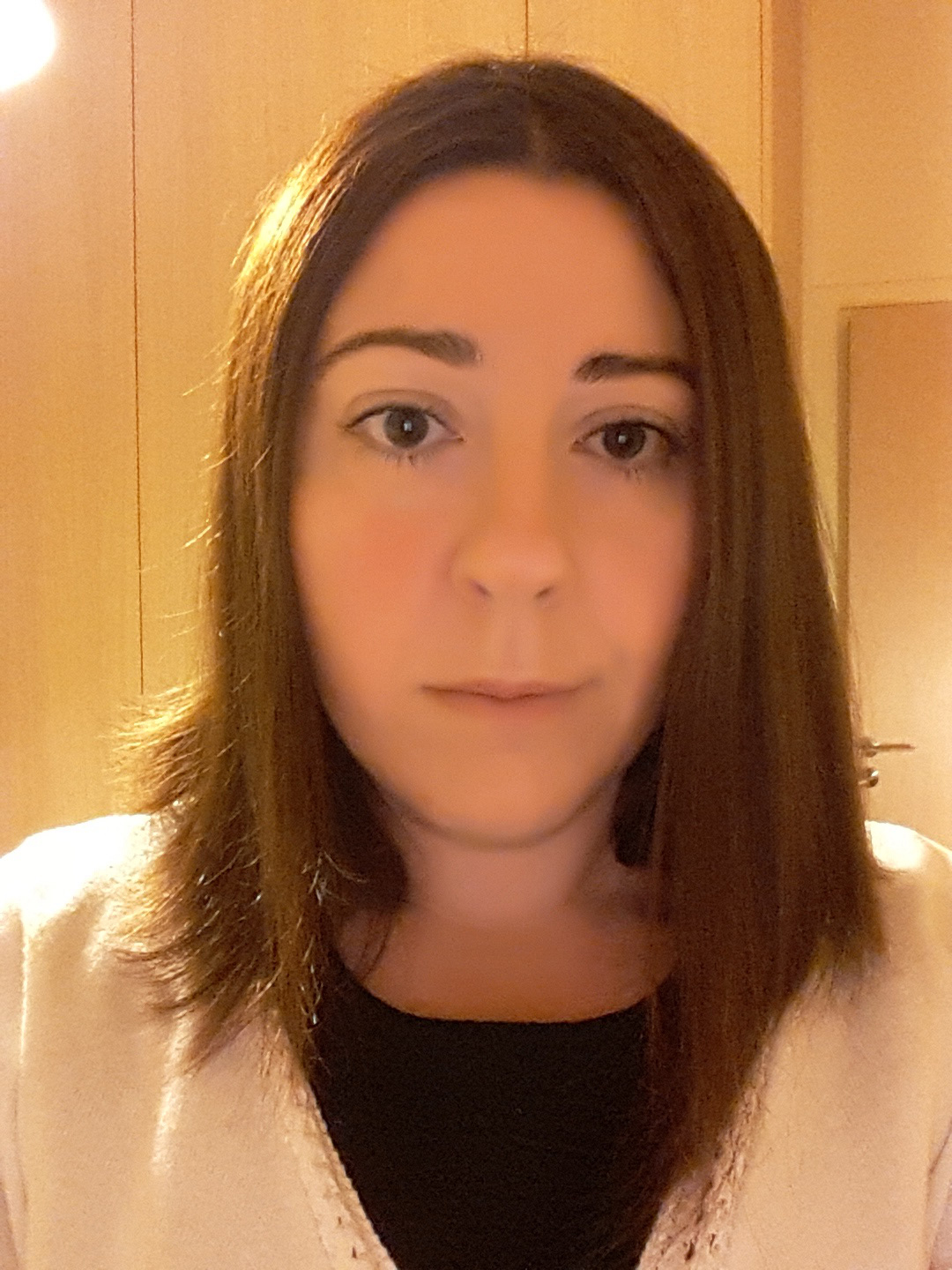
''I viewed first hand what the burden of the past is for the Armenians in Armenia. ''.
Interview with the Raphael Lemkin Scholarship Alumni Lara Haladjian
10.05.2016
Lara is a genocide scholar and human rights specialist. She is a lawyer, and currently working on her PhD in genocide studies at School of Advanced Studies, University of London. Specialized in London and Essex Universities, and American Academy of Larnaka, Cyprus.
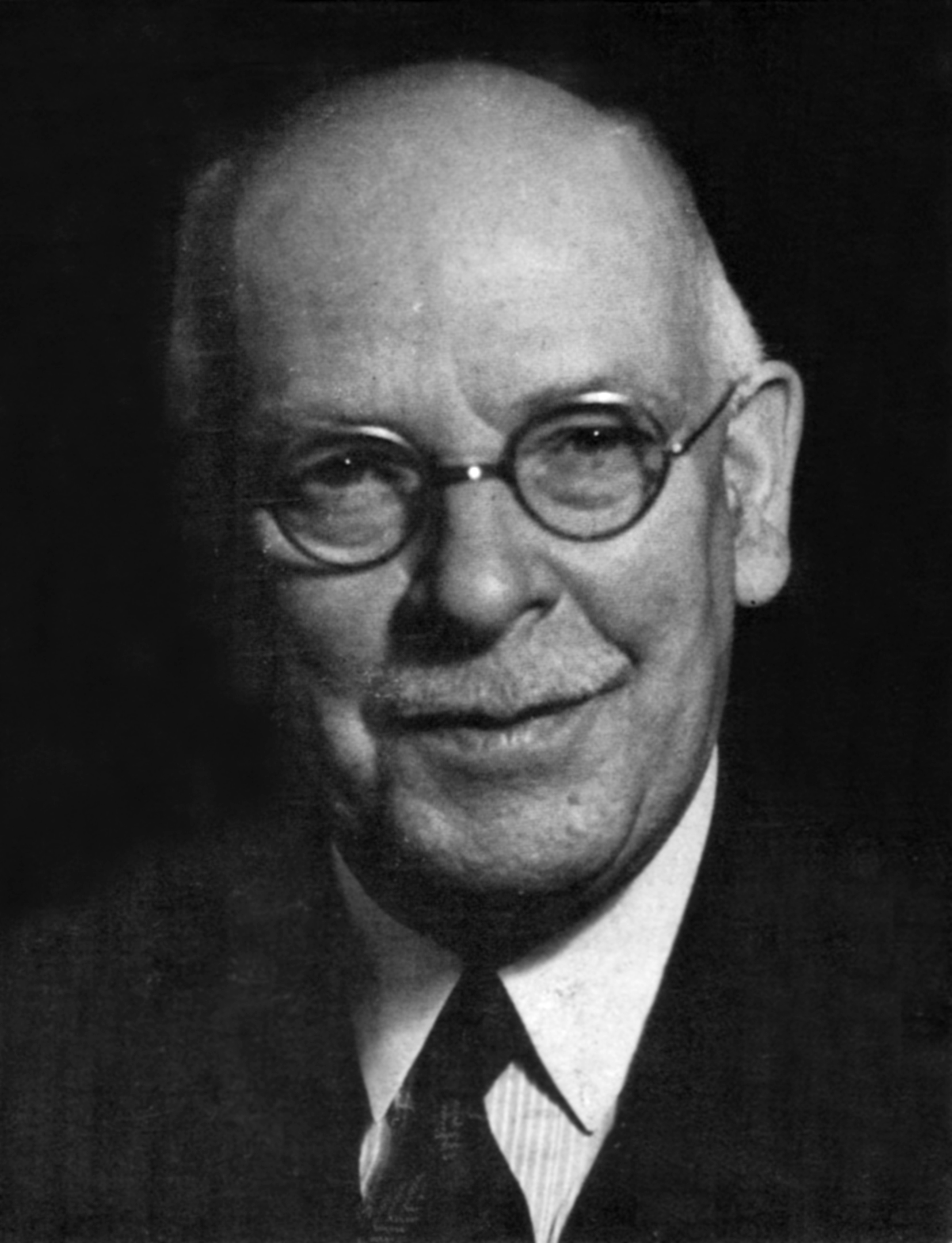
LESLIE DAVIS – 140
07.05.2016
American diplomat, eye witness of Armenian Genocide Leslie Davis was born in Port Jefferson, New York, in 1876, Davis graduated from Cornell University with a Bachelor's degree in philosophy in 1898. Davis continued his education at George Washington University and obtained a Bachelor’s degree in law in 1904. While still a student, he worked as a journalist. He spoke several languages: English, French, German, Russian and Spanish.
On May 31, 1914, Davis arrived in Kharberd, which he later described as the “slaughterhouse province” in his reports. “It appears that all those…men, women and children were massacred about five hours’ distance from here. In fact, it is almost certain that, with the exception of a very small number of those who were deported during the first days of July, all who left here have been massacred before reaching the borders of the vilayet [province],” Davis wrote.
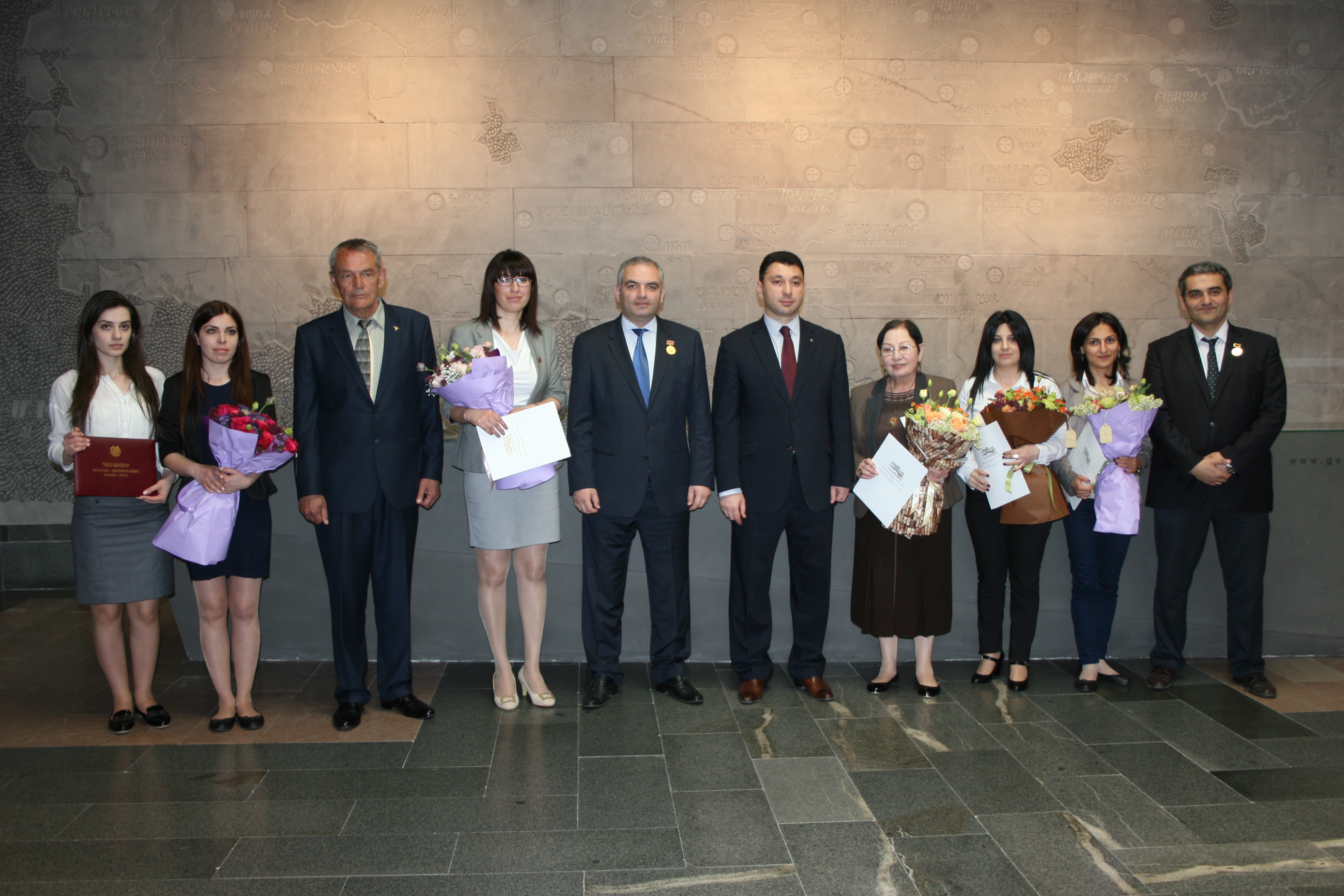
RA NA Vice President Eduard Sharmazanov Awarded the Director Armenian Genocide Museum-Institute Hayk Demoyan and a Number of Employees of the Museum
05.05.2016
On May 3, by Galust Sahakyan’s Order of April 2 for the awareness about the Armenian Genocide to the international community and contribution to the recognition of the Genocide the RA NA Vice President Eduard Sharmazanov handed an RA NA Medal of Honour to the Director of the Armenian Genocide Museum-Institute Hayk Demoyan, and the NA President’s Memorial Medal to the Deputy Director of the Armenian Genocide Museum-Institute Suren Manukyan.
Eduard Sharmazanov also handed awards to a number of employees of the Armenian Genocide Museum-Institute.
The Deputy Director on Museum Works of the Armenian Genocide Museum-Institute Lusine Abrahamyan was awarded the RA National Assembly Diploma, guides of the Museum Haykuhi Gevorgyan, Anzhela Tevekelyan, Astghik Yedigaryan, guards of the Museum exhibits Arpine Aleksanyan, Varduhi Shogheryan, the Head of the Service Department of the Armenian Genocide Museum-Institute Structure Tumas Tumasyan were awarded the RA NA President’s Letters of Appreciation.

I and underage children like myself were gathered and taken to the Turkish orphanage to be turkified.
Harutyum Alboyadjian’s testimony
In 1904, Fendedjak
01.05.2016
Harutyun Alboyadjian tells the story of how he and other underage kids were broght to an orphanage belonging to Jamal Pasha to be turkified. His family name has been changed into a number – five hundred thirty-five, and he was given a name Sukri. Another of his Armenian friends was renamed Enver. He depicts their lives in the orphanage before the day of their release.

EXHBITION TITLED “ARMENIAN GENOCIDE: RUSSIAN VIEW” IN NOVOSIBIRSK
30.04.2016
In April 19, an exhibition titled “Armenian Genocide: Russian View” was opened at the intercultural center of Novosibirsk.
The exhibits were provided by Armenian Genocide Museum-Institute.
The topic of the new exhibition is the response of Russian intellectuals and different social and political circles to the Armenian Genocide and preceding events.
For the first time authentic materials and photographs have been presented in temporary exhibition format. The exhibition consists of 18 thematic series.
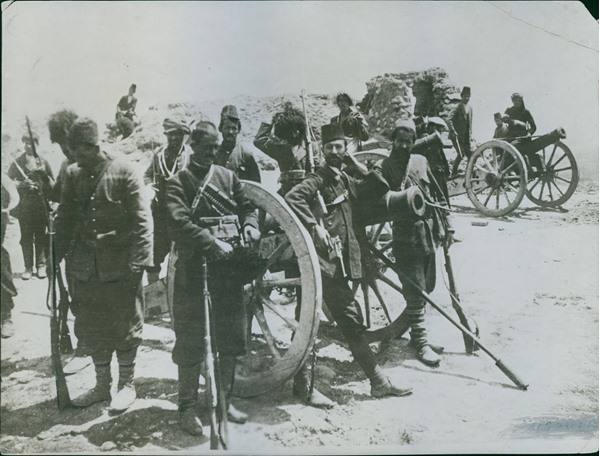
AGMI COLLECTION HAS BEEN REPLENISHED WITH EXCLUSIVE PHOTO OF VAN SELF-DEFENSE BATTLE
28.04.2016
Photo collection of Armenian Genocide Museum-Institute has been replenished with new exclusive photo of Van self-defense battle.
The photo depicts the participants of self-defense battle in April 1915. Cannons confiscated by the Armenian defenders from Turkish Army a year ago are also seen in the photo.
The photo was taken 101 years ago by American physician missionaries who were found in Van during those days.
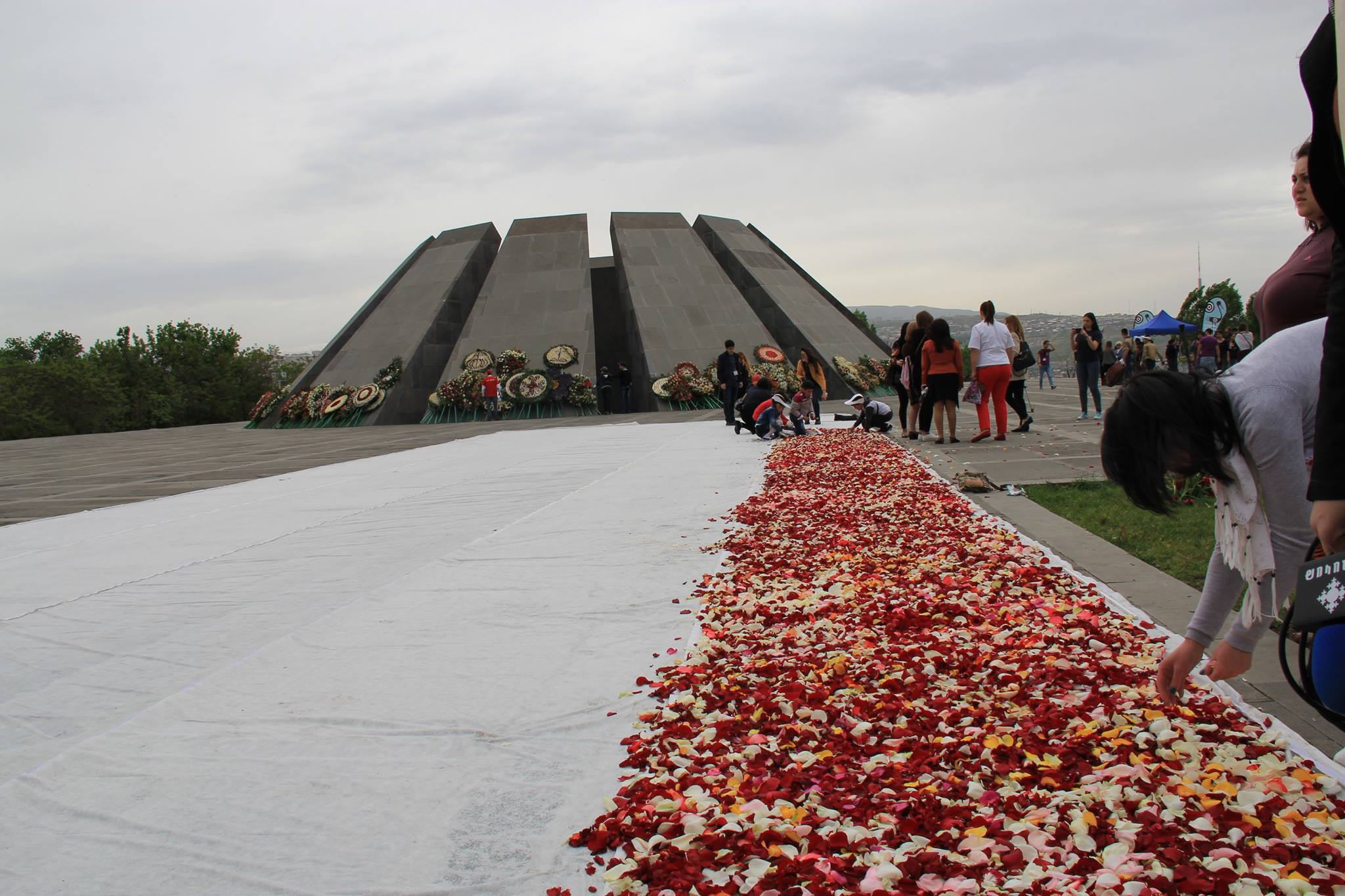
THE HUMBLED FLOWERS HAS BEEN COLLECTED AT ARMENIAN GENOCIDE MONUMENT
27.04.2016
With the initiative of Foundation for the Preservation of Wildlife and Cultural Assets, since 2010the humbled flowers at Armenian Genocide Monument have being gathered and used to undergo a special processing. Flower stalks are switches off the petals: compost is derived from the first part and the flower petals are used in preparing of recycled handmade paper. The compost is used to enrich the soil of Memory Alley at Tsitsernakaberd Memorial Complex, and the handmade papers for making letters of appreciation and cards.
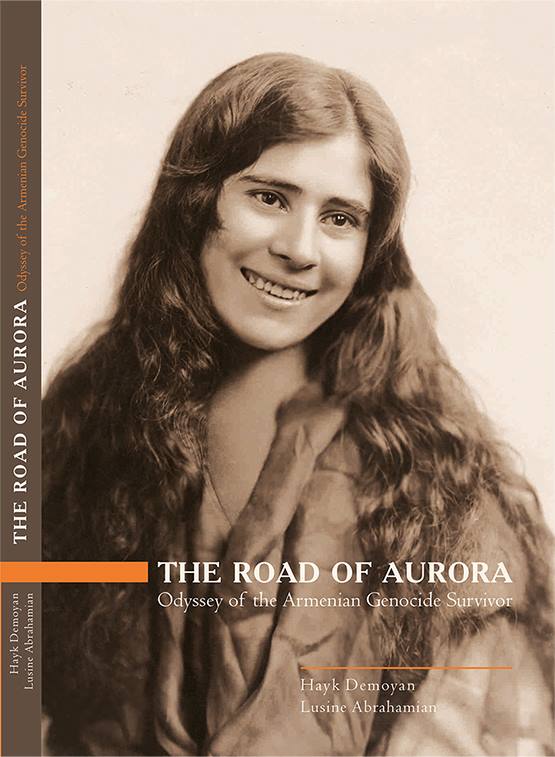
NEW PUBLICATION
“THE ROAD OF AURORA, ODYSSEY OF ARMENIAN GENOCIDE SURVIVOR”
26.04.2016
Armenian Genocide Museum-Institute presented a new publication “The Road of Aurora, Odyssey of Armenian Genocide Survivor”. This illustrated book describes the life story of Arshaluys Martikian known as Aurora Martiganian.
In 2011 co-author of the book Hayk Demoyan finds in California the photo archive of Aurora, among which the only saved family photo where Aurora is four years old. The personal letters of Aurora are also found in that archive. After long negotiations relatives of Aurora donated these valuable documents to Armenian Genocide Museum-Institute.
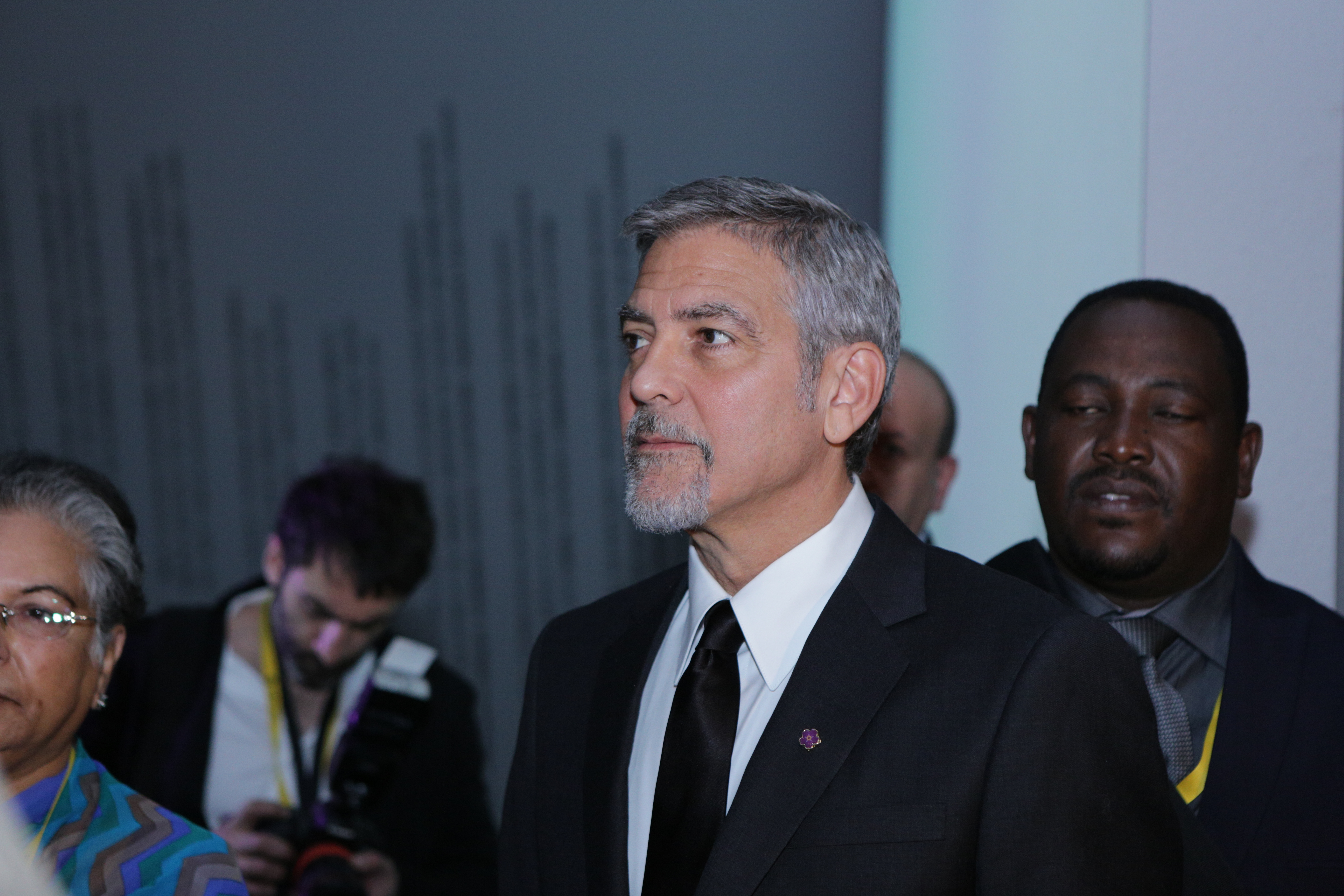
Participants of Aurora Award took part in the 101th anniversary of Armenian Genocide at AGMI
24.04.2016
First he presented the permanent exhibition of the museum referring to the historical episodes, details, people and developments of the Armenian Genocide. Then, Demoyan presented to the leaders of humanitarian field the new exhibition of AGMI. The exhibition is titled “The Road of Aurora, Odyssey of Armenian Genocide Survivor” and includes personal items of Aurora Martiganian, photographs, original posters of her movie “Auction of the Souls”, different publication of her book describing her life story.
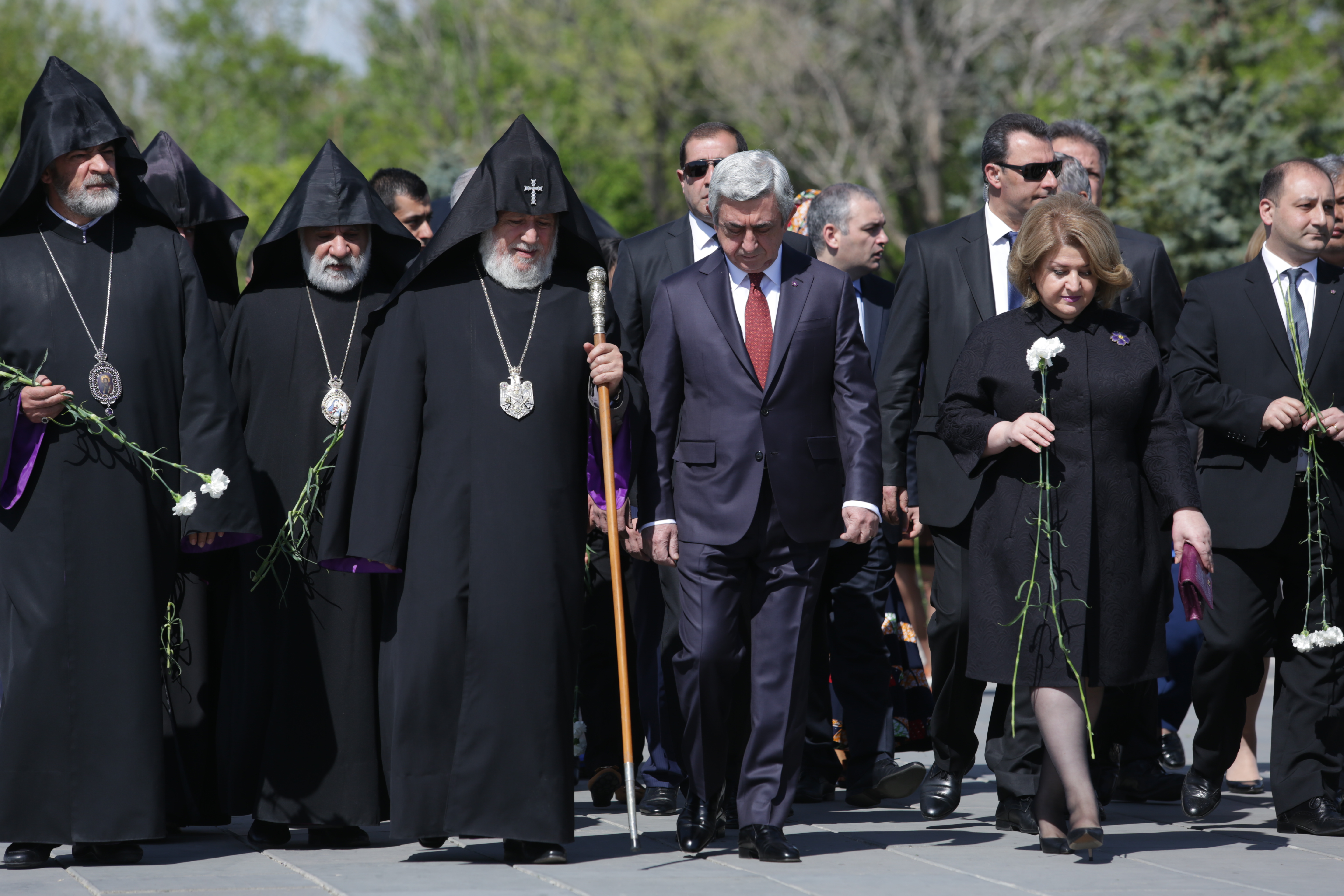
101st Anniversary of Armenian Genocide
RA President Pays Tribute to the Innocent Martyrs of Armenian Genocide
24.04.2016
In April 24, RA President Serj Sargsyan and the First Lady visited Tsitsernakaberd Memorial Complex. RA President laid a wreath at the Monument and flowers near the eternal fire of the Memorial Complex.
The President was accompanied with Catholicos of All Armenians Garegin II, high-ranking officials and clergymen. Charles Aznavour and famous actor George Clooney along with the founders and participants of “Aurora” Awards took part in the commemoration ceremony near the eternal fire.
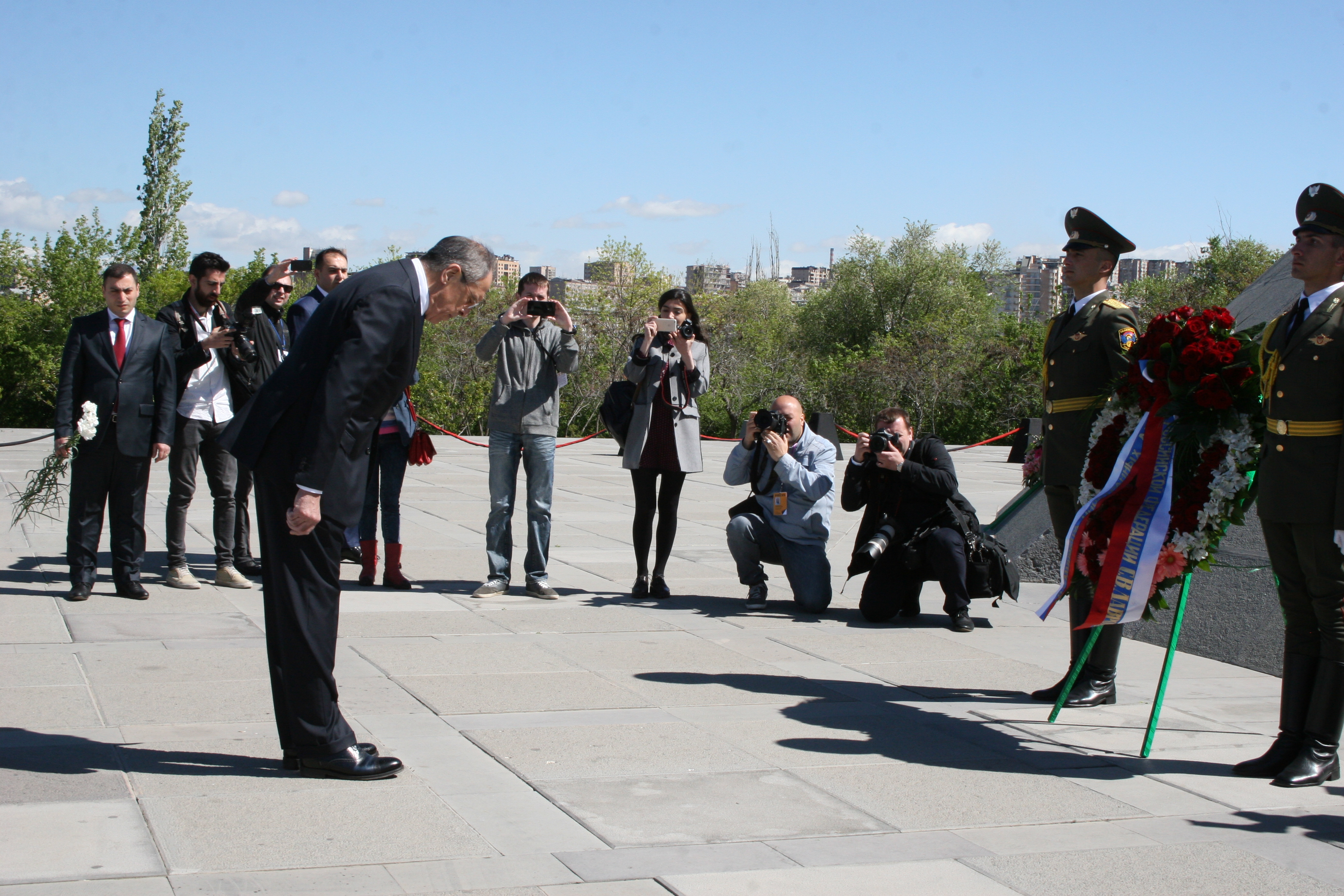
Russian foreign minister Sergei Lavrov at Armenian genocide museum-institute
22.04.2016
Today Russian Foreign Minister Sergei Lavrov visited Armenian Genocides Museum-Institute. Sergei Lavrov accompanied with the RA Foreign Minister Edward Nalbandyan, the Russian delegation, and Russian Ambassador to Armenia I. K. Volynkin laid a wreath at the Genocide Monument and honored the memory of the innocent martyrs with a minute of silence.
Russian Foreign Minister visited the Genocide Museum halls accompanied with AGMI Director Hayk Demoyan. AGMI Directed briefly presented the main stages of the Armenian Genocide history, important episodes, described the history and the further process. Sergei Lavrov left a note in the Memory Book of honorable guests.

German bundestag deputy dr. Christophe Bergner visited Armenian genocide museum-institute
22.04.2016
In April 22, German Bundestag deputy and member of the ruling coalition CDU / CSU parliamentary Dr. Christophe Bergner visited Armenian Genocide Museum-Institute. Dr. Bergner and German Ambassador to Armenia Bernhard Matthias Kiesler laid a wreath at the Genocide Monument and honored the memory of the innocent victims with a minute of silence. AGMI Deputy Director Suren Manukyan presented to the guests the brief history of the monument, its construction and the symbolic explanation of the structure, after which German high-ranking guests visited the Genocide Museum and got acquainted with the facts and episodes of the Armenian Genocide.
At the end of the visit Suren Manukyan presented to Christophe Bergner the English translation of AGMI “Armenian Genocide: Front page coverage in the world press, 1853-1925”.

ARMENIAN GENOCIDE MUSEUM-INSTITUTE PRESS-CONFERENCE
A conceptual paper was presented by Armenian Genocide Museum-Institute on the urgency of to prevent genocidal acts Azerbaijan
22.04.2016
Today on April 22, the press-release of Armenian Genocide Museum-Institute took place. The past year activities of the museum were summed up and new publications were presented. AGMI Director Hayk Demoyan presented the already completed and ongoing projects. This year exhibitions on the Armenian Genocide will be open in Riga and Paris. After the third Armenian Genocide Museum and Beirut exhibition there will be a permanent exhibition also in Riga.

The First Monument Dedicated to the Victims of Iraqi Yezidis Genocide has opened in Yerevan
21.04.2016
In 21st of April, the first Monument dedicated to the victims of Iraqi Yezidis in Shangal 2014, opened in Yerevan.
The monument placed in the Circle Park is called “Salvation”.

“Armenian genocide: front page coverage in the world press, 1853-1925” exhibition opened in the french city of Bourg-les-Valence
16.04.2016
In 15th of April, the exhibition “Armenian Genocide: Front page coverage in the world press, 1853-1925” was opened in the Library of La Passerelle in the French city of Bourg-les-Valence. The exhibition was organized by Armenian Genocide Museum-Institute, the urban community of Valence-Roman Sud Rhône-Alpes, Library of La Passerelle, and Valence Armenian culture house. The opening ceremony was held by the presence of Mayor of Valence and president of Valence-Roman Sud Rhône-Alpes community Nicolas Daragon, Mayor of Bourg-lès-Valence Marlène Mourier, Vice Consul of Armenia in Lyon Lusine Movsisyan, as well as other representatives of the region.
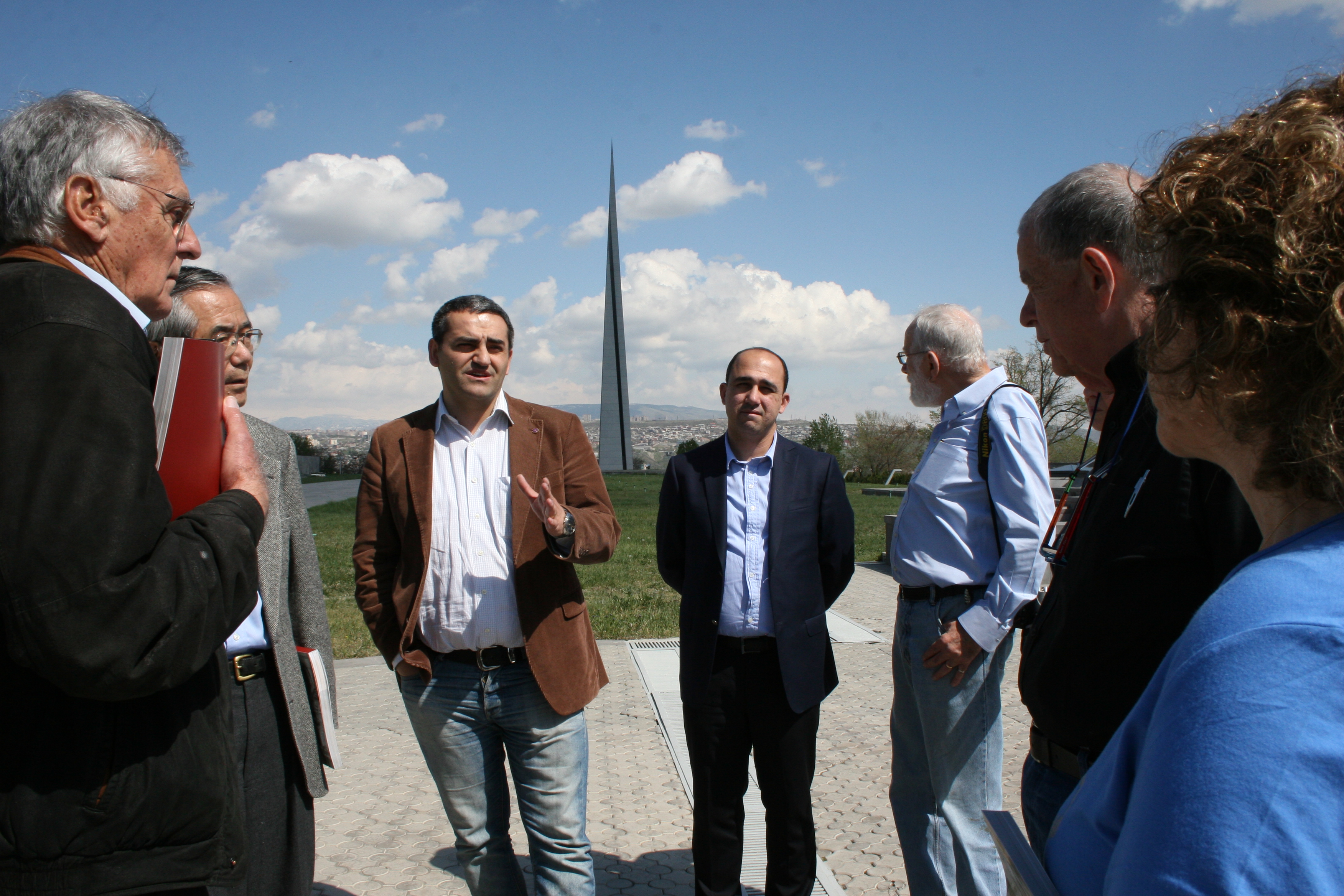
Nobel Laureates visited the Armenian Genocide Museum-Institute
16.04.2016
On April 15, Nobel Laureates visited Armenian Genocide Museum-Institute within the framework of the “Nobel Days in Yerevan”. They visited Tsitsernakaberd memorial, after which they walked through the museum halls and got acquainted with the documented history of the Armenian Genocide.
The scientists left a note in AGMI Memory Book of honorable guests.
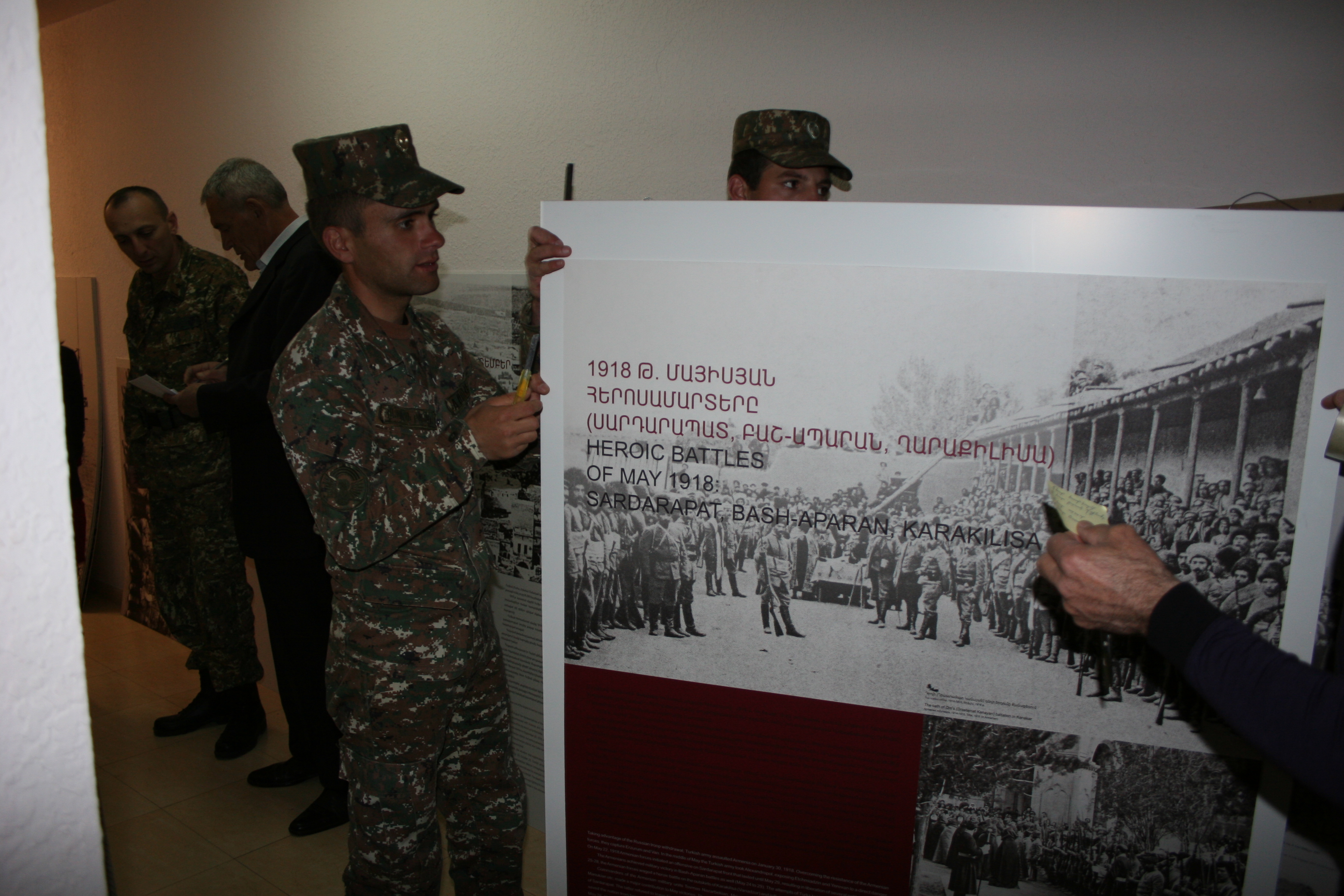
AGMI EXHIBITION ON SELF-DEFENSE BATTLES IN THE YEARS OF ARMENIAN GENOCIDE HAS BEEN DELIVERED TO THE MILITARY INSTITUTE
16.04.2016
On 13 April, AGMI exhibition “Struggling for life and dignity: self-defense battles in the years of Armenian Genocide” has been delivered to the Military Institute after V. Sargsyan.
The heroic episodes of self-defense battles were exhibited at Armenian Genocide Museum-Institute since December 2015. Now it is considered appropriate to present this topic as a permanent exhibition at the Military Institute in order to let the cadets, future soldiers to deal with the topic and understand that the genocide is not just massacres, but also is a self-defense and heroic fighting.
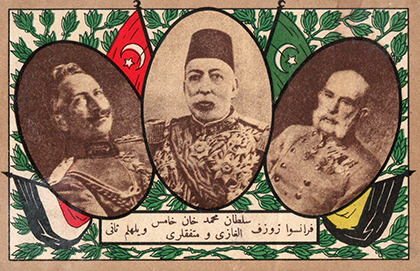
“We well not have any more Armenians in Turkey”
Armenian Genocide in the documents of the Allied Countries
of the Ottoman Empire
16.04.2016
The Armenian Genocide, which was the culmination of Turkish anti Armenian state policy, began under the cover of World War I. Today, on the base of the Turkish state history and historiography lays the principle of denial, which aims at presenting the Armenian Genocide as a consequence of war, not a result of carefully planned program.
However, many documents from the different countries’ diplomatic archives clearly state the existence of a purpose of the planned and consistent destruction of Armenian people.
The telegraphic reports and reports of the allied German and Austro-Hungarian diplomatic and military figures deployed in the Ottoman Empire are very important from the side of revealing the question of the Turkish state responsibility.
German and Austro-Hungarian diplomats continued their activity after the entry of the Ottoman Empire in the war. The examination and comparison of their reports shows that the World War I was an opportunity and not a cause for the Armenian Genocide of 1915-1923.
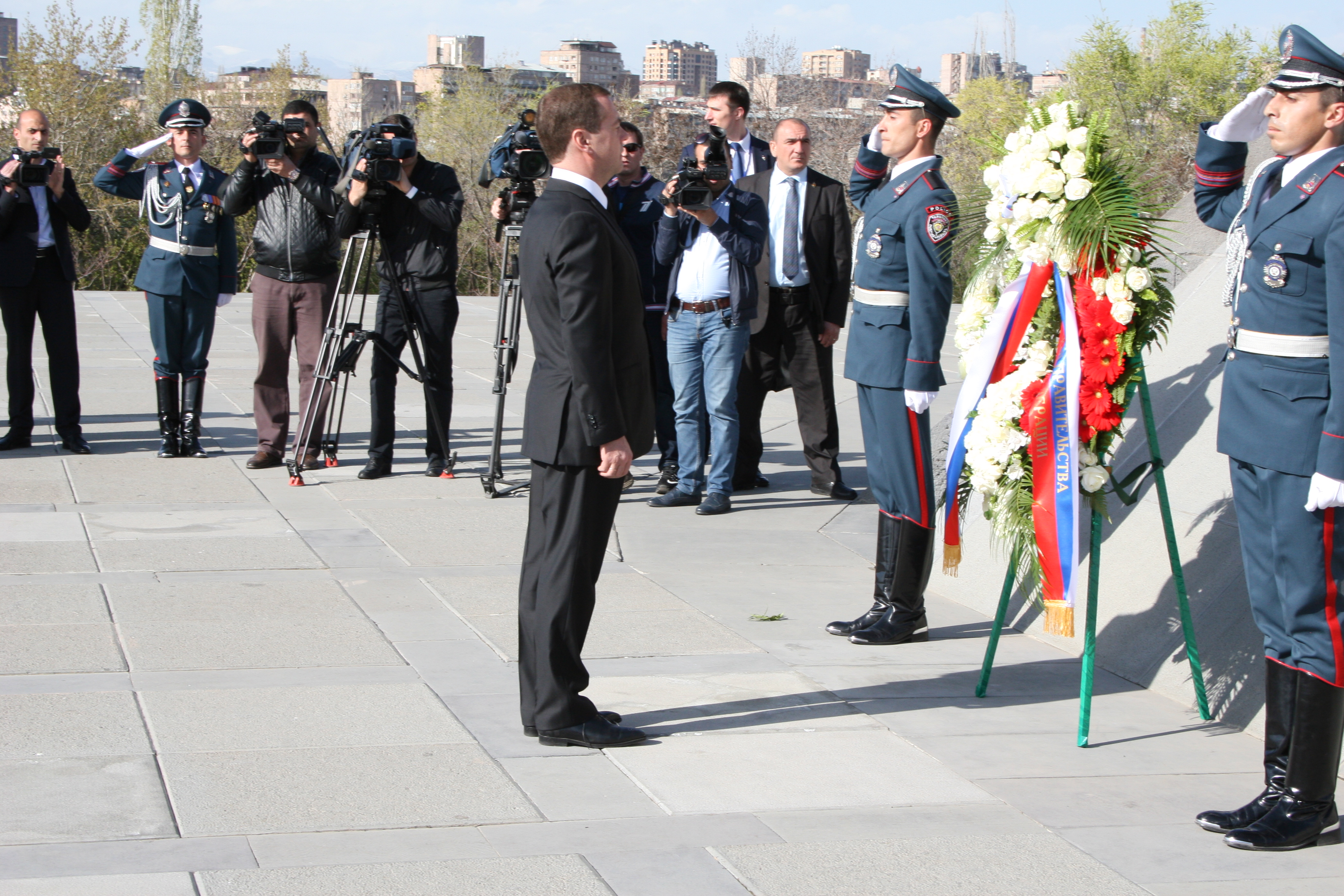
RUSSIAN PRIME MINISTER DMITRY MEDVEDEV VISITED TSITSERNAKABERD MEMORIAL COMPLEX
07.04.2016
Within the framework of the official visit to Armenia Russian Prime Minister Dmitry Medvedev visited Tsitsernakaberd Memorial Complex. The Prime Minister honored the memory of the innocent victims of the Armenian Genocide with a minute of silence near the eternal fire of the memorial. He also watered the fir, which he had planted in 2008 in the Memory Alley of the Armenian Genocide Memorial.

SOGHOMON TEHLIRIAN- 120
02.04.2016
“Soghomon Tehlirian, himself, is no more than a symbol, a speck in which the sufferings of a mistreated race have crystallized. Having been put into the desperate state of self-defence, turned to retaliation.”
Armin Theophil Wegner
Soghomon Tehlirian was born on April 2, 1896 in the village of Bagarij in Yerznka (Western Armenia). He was the youngest child of Khachatur and Hnazand Tehilrian. He attended the local Protestant College (1905-06), then Yerznka Central College (1907-1911). In 1914, at the age of 18 he moved to Serbia, where his father and uncle were working. He wanted to get higher education in Germany.
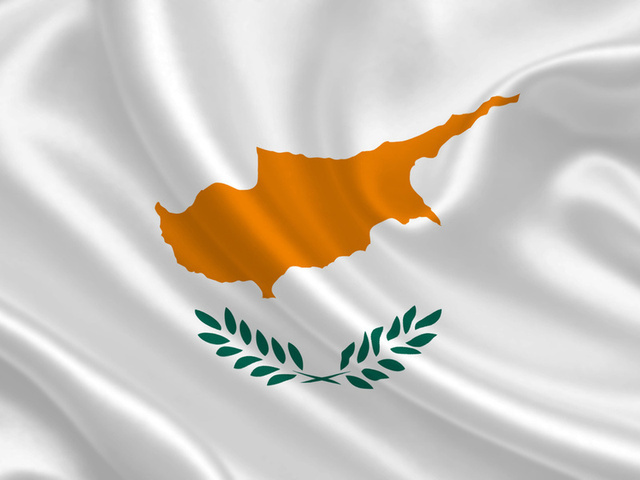
CYPRUS CRIMINALIZE THE DENIAL OF ARMENIAN GENOCIDE
02.04.2016
On 2 of April, Cypriot parliament unanimously voted in favor of the bill criminalizing Armenian Genocide denial.
Cyprus became the fourth county after Slovakia, Switzerland and Greece to criminalize the denial of Armenian Genocide, crimes against humanity and war crimes. The Cypriot law punishes the denial of Armenian Genocide by 5 years imprisonment or penalty of 10 thousand euro.
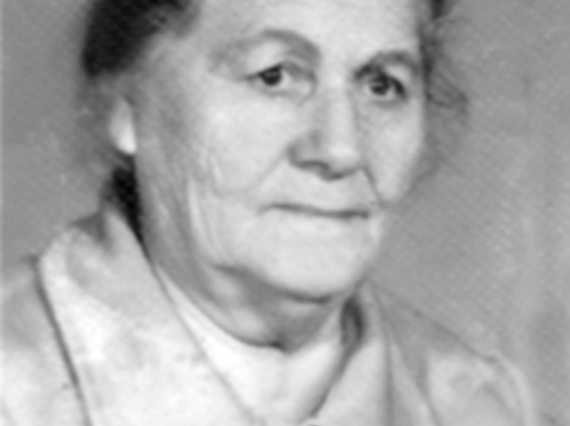
Aghavni Mkrtich Mkrtchian’s testimony
1909, Bitlis
29.03.2016
Aghavni Mkrtchian is a native of Bitlis. Before the massacres there were seven boys and five girls in their family. All the sons were killed by the Turks. They also killed Aghavni’s father, and her mother died of cholera in Etchmiadzin. A witness represents their deportation path telling about the bloodstained Euphrates and the crucial meeting with Hovhannes Tumanyan.
We are natives of Bitlis. I’m the granddaughter of Moukhsi Vardan. The Turks destroyed our house. Our family was composed of seventy members. There were seven boys and five girls in our family. All the boys have been killed by the Turks. From our large family, only I have survived and Missak, who is now a general in Moscow.
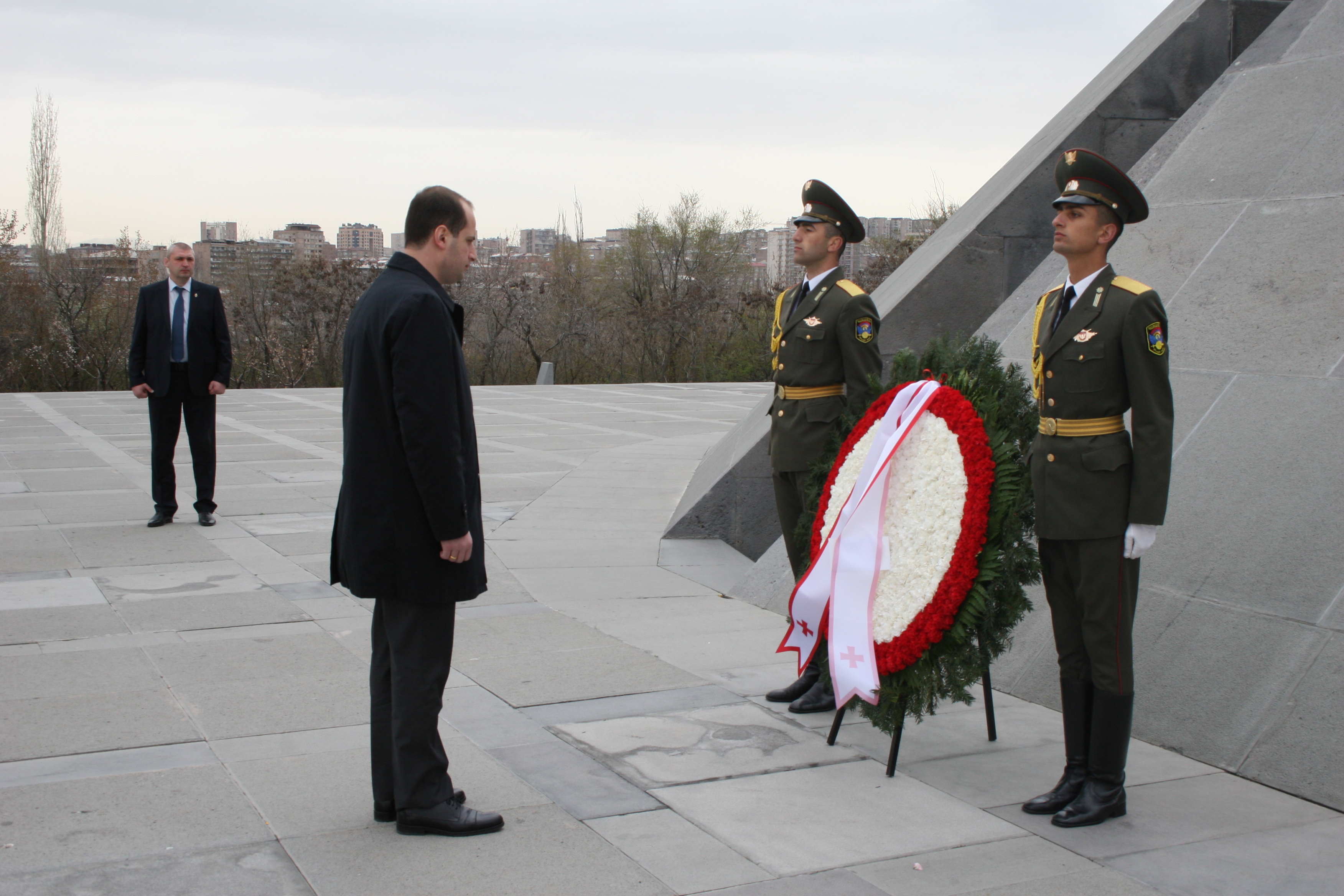
Georgian Foreign Minister Mikheil Janelidze visited Tsitsernakaberd Memorial Complex
25.03.2016
In 25th of March Georgian Foreign Minister Mikheil Janelidze visited Armenian Genocide memorial Complex. The minister laid a wreath at the Genocide Monument and the accompanied delegation put flowers at the eternal fire and honored the memory of the innocent martyrs with a minute of silence.
AGMI Deputy Director Suren Manukyan presented to the Georgian guests the tragic episodes of the Armenian Genocide in brief and story of the Monument construction and its symbolic architecture.
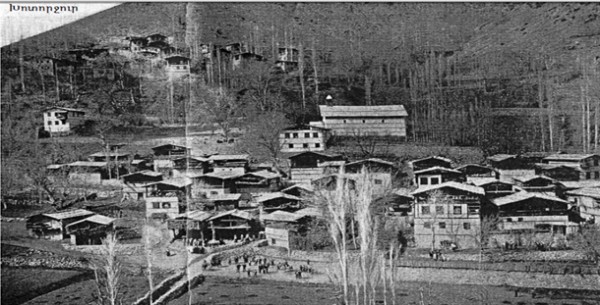
The Genocide of One Settlement: Khotorjur and Surrounding Villages
22.03.2016
Khotorjur village, which was populated with Armenians, was one of the centers of Kiskim district of the Erzeroum province. The Khotorjur Armenians were Catholic creed (about 7,000), due to which the settlement was called "little Rome".
By the order of Turkish authorities the deportation of Khotorjur and surrounding villages to Mesopotamia took place in May-June 1915. The population, which was divided into five groups, was deported part by part.
All groups of migrants of Khotorjur were subjected to massacres all the way of deportation. Just at the beginning of the way the first group was almost completely destroyed. The corpses were thrown into the river Chorokh by the Turkish and Kurdish slaughterers.
The second group was massacred in a valley on the road between Gasapa and Erznka.
The third group took the way on June 8, 1915, in the route Gasapa-Baberd-Erznka-Kemakh-Malatia (here all men were killed) -Urfa- Aleppo.
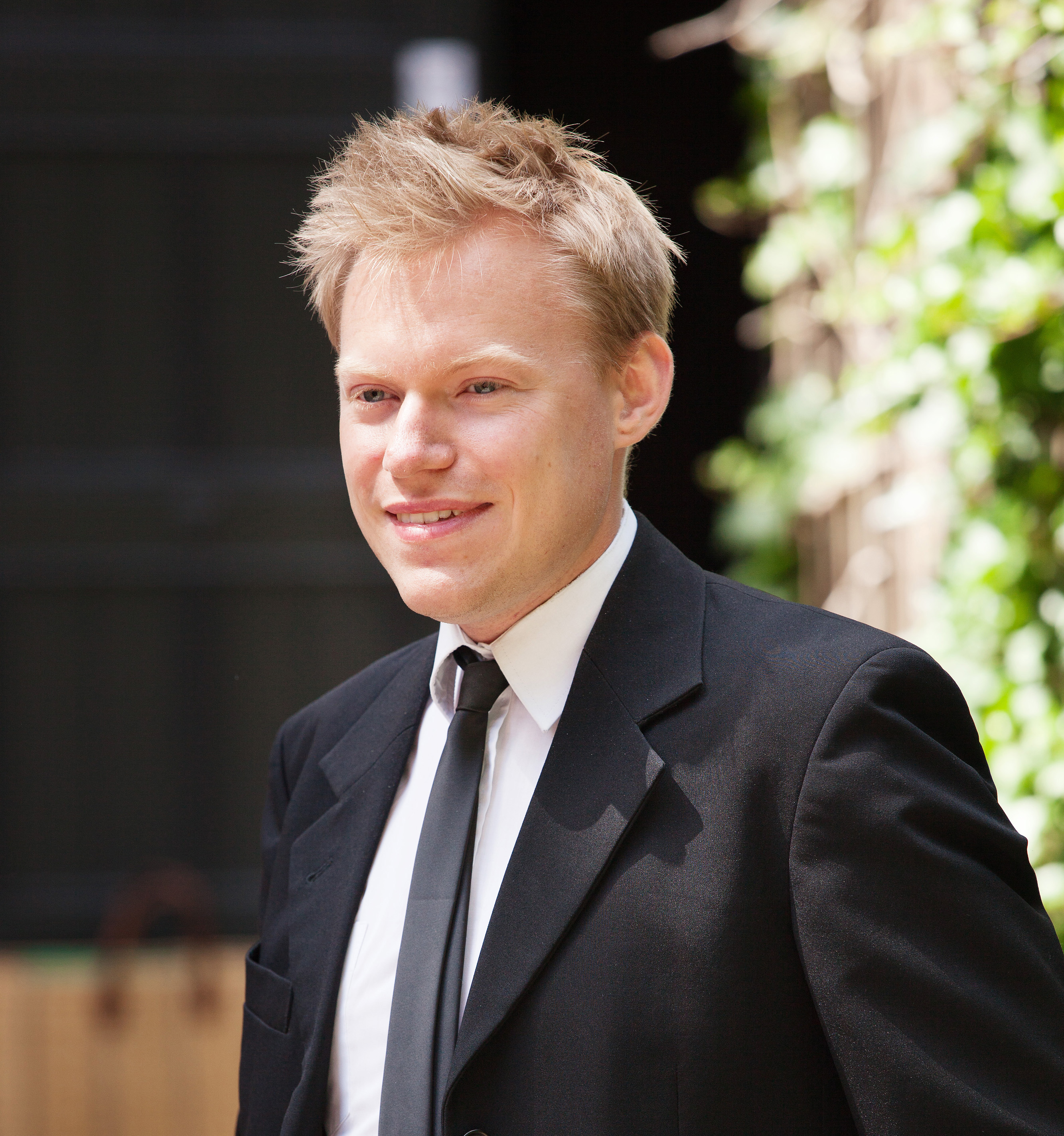
''I was able to familiarise myself with much of the material on the Armenian genocide which was previously unknown to me''.
Interview with the Raphael Lemkin Scholarship Alumni Timothy Williams
17.03.2016
Tim studied Political Science at the University of Mannheim (Germany) and Comparative Politics (Conflict Studies) at the London School of Economics and Political Science (UK). He is currently a teaching and research associate at the Center for Conflict Studies at Marburg University (Germany) and is writing his doctoral thesis on the micro-dynamics of participation in genocide at the Free University in Berlin (Germany). Furthermore, Tim also holds a doctoral scholarship supporting his research from the Heinrich-Böll-Stiftung.
Timothy Williams is a British scholar and politician. His works deal with sociology, social psychology, history, and even the fields of anthropology and criminology. Conflict dynamics and themes of social-political conflicts are in the center of his researches. He is mainly engaged in genocide studies in macro and micro levels. He is also working on the innovative methodological approaches in studying social phenomena. He has conducted studies in Cambodia, Armenia and Thailand. He is involved in several international projects.
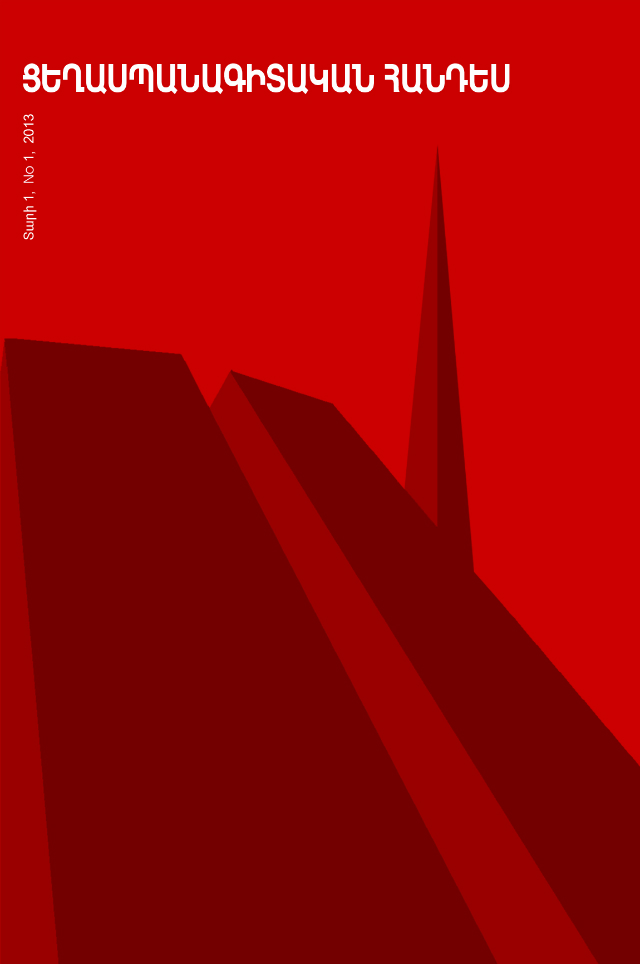
RA NAS Armenian Genocide Museum-Institute is preparing to publish IV (1) volume of “Journal of Genocide Studies”
17.03.2016
The journal thematically focuses on genocide studies, including topics related to genocide sources, history, historiography, comparative researches and aspects which are related to this topic. The journal is published twice a year, since 2013.
The deadline to submit articles is May 1, 2016.
The articles must be sent to handes@genocide-museum.am
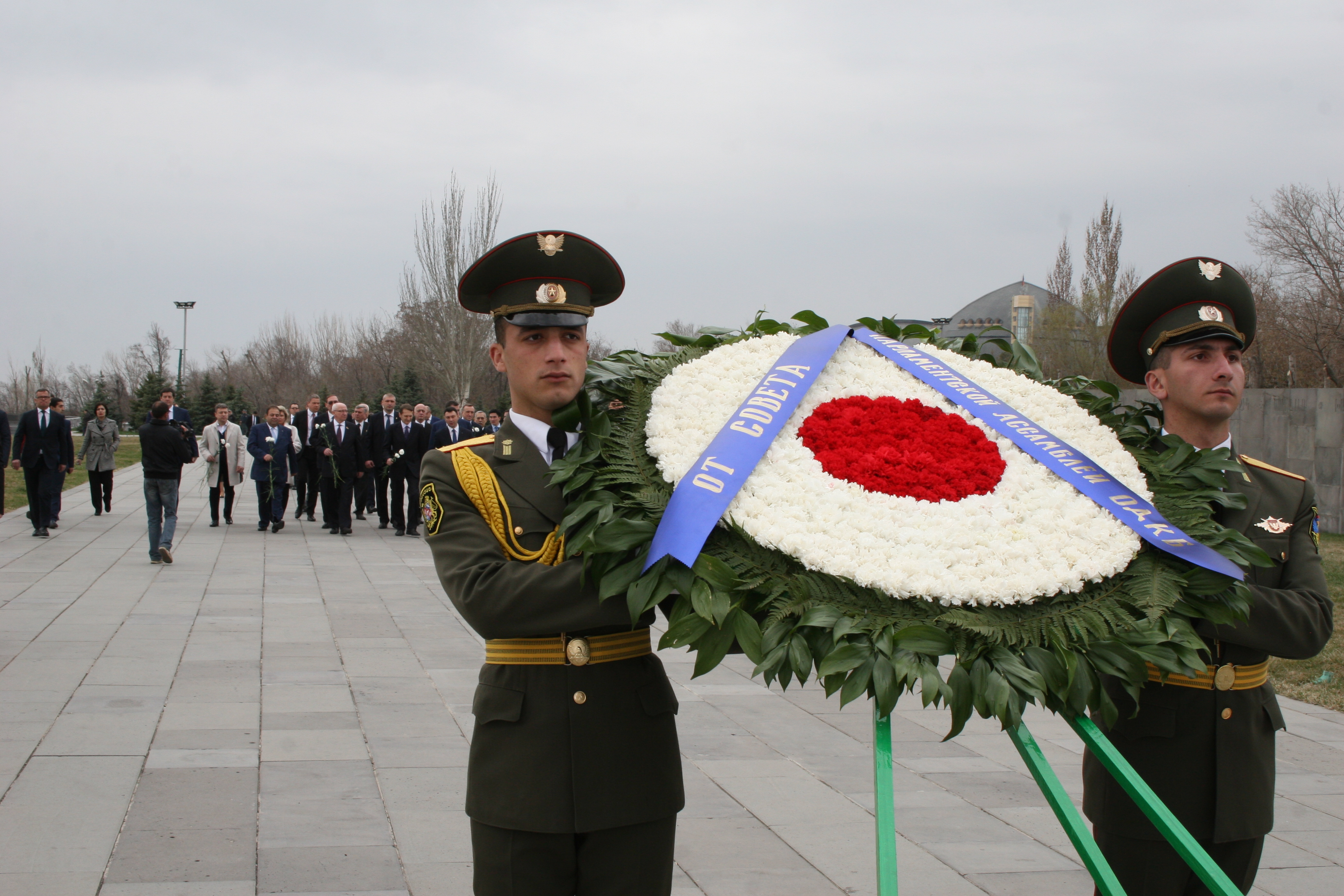
CHAIRMAN OF THE STATE DUMA OF THE FEDERAL ASSEMBLY OF THE RUSSIAN FEDERATION SERGEY NARYSHKIN VISITED ARMENIAN GENOCIDE MEMORIAL COMPLEX
11.03.2016
On 11th of March, Chairman of the State Duma of the Federal Assembly of the Russian Federation Sergey Naryshkin visited Tsitsernakaberd - the Armenian Genocide Memorial Complex, accompanied with heads of the parliamentary delegations of the CSTO member states, Russian Ambassador to Armenia Ivan Volinkin, RA NA Deputy Speaker Edward Sharmazanov, and a dozen of journalists from Armenia and abroad covering the visit of high ranking guests.

Rehan Manouk Manoukian’s testimony
Taron, Ouratsn Village, 1910
05.03.2016
Rehan Manoukian was born in 1910 in Taron. She told the story of how they were banished from their homes on April 24, 1915. They were sent to Van, where her grandmother and younger brother died. The Turks killed her parents, and she miraculously escaped and got into an orphanage in Tbilisi.
I was born in Taron. Mesrop Mashtots also was from Taron. There was a church and the Monastery of St. Astvadsadsin in our village. Many pilgrims came to Taron. Khout was close to Taron. My father’s mother was from Khout.
On April 24, 1915, we had got up early before the sunrise; my father had to go to the fields and my mother had to bake bread. I had a younger brother. Suddenly the Turk soldiers, rifles on their shoulders, rushed into our house and said: “War is going on, our sultan has ordered that we should deport the Armenians.”
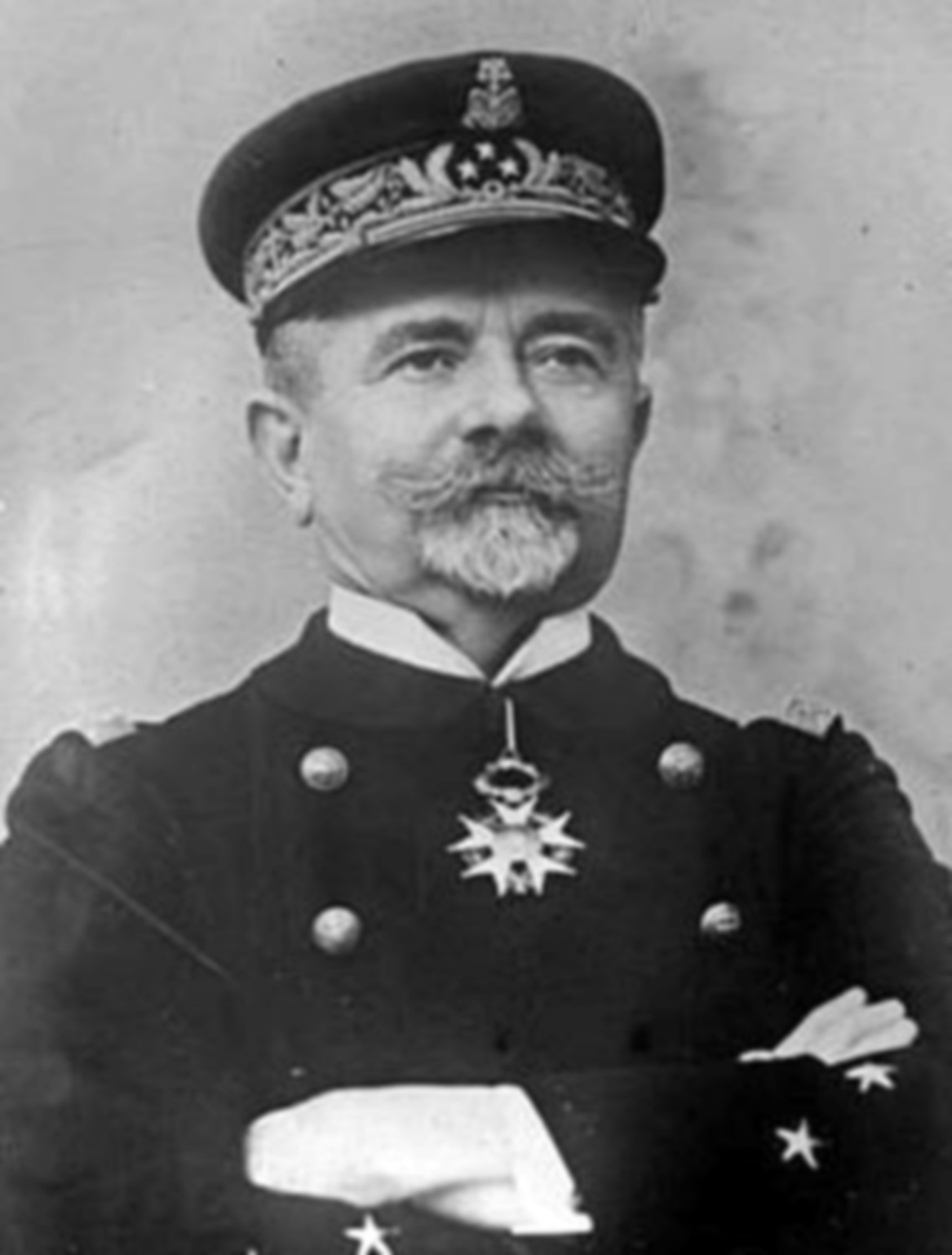
Today is the 160th anniversary of great French humanist Louis Dartige du Fournet
02.03.2016
He devoted a separate chapter to the heroic episode of Musa Dagh defense and presented details about how he had helped 4080 Armenians to escape a danger of massacre and moved them to Port Said.
Excerpt from memoirs of Louis Dartige du Fournet: '' In the first days of September ''Gishen'' cruiser commanded by Captain de Fregat Brison was moving along the seaside of Antioch when he noticed signals from land. A boat was sent and it turned out that the Armenians situated in the heights of Mount Moses (Musa Ler) are under the threat of massacre by Turks. On September 6, I received a telegram about this and immediately went there with ''Joan of Arc''. One of the Armenian leaders Pierre (Petros) Tmlakyan came to the ship and asked to move non-fighters (women, the aged and children) to another place… I understood that I should help those unfortunates. There was very little time and no matter what they said, there was a need to transport everyone. I telegraphed to Admiralty about the problem. All ships at our disposal have been sent there and Armenians were on the board on September 13. The transportation was carried out without incident. Among them were poor babies wrapped in towels. Little inhabitants of Musa Dagh were passed from hand to hand over the surf waves, who were actually saved from drowning and who, in fact, will never know from which dangers they were saved''.
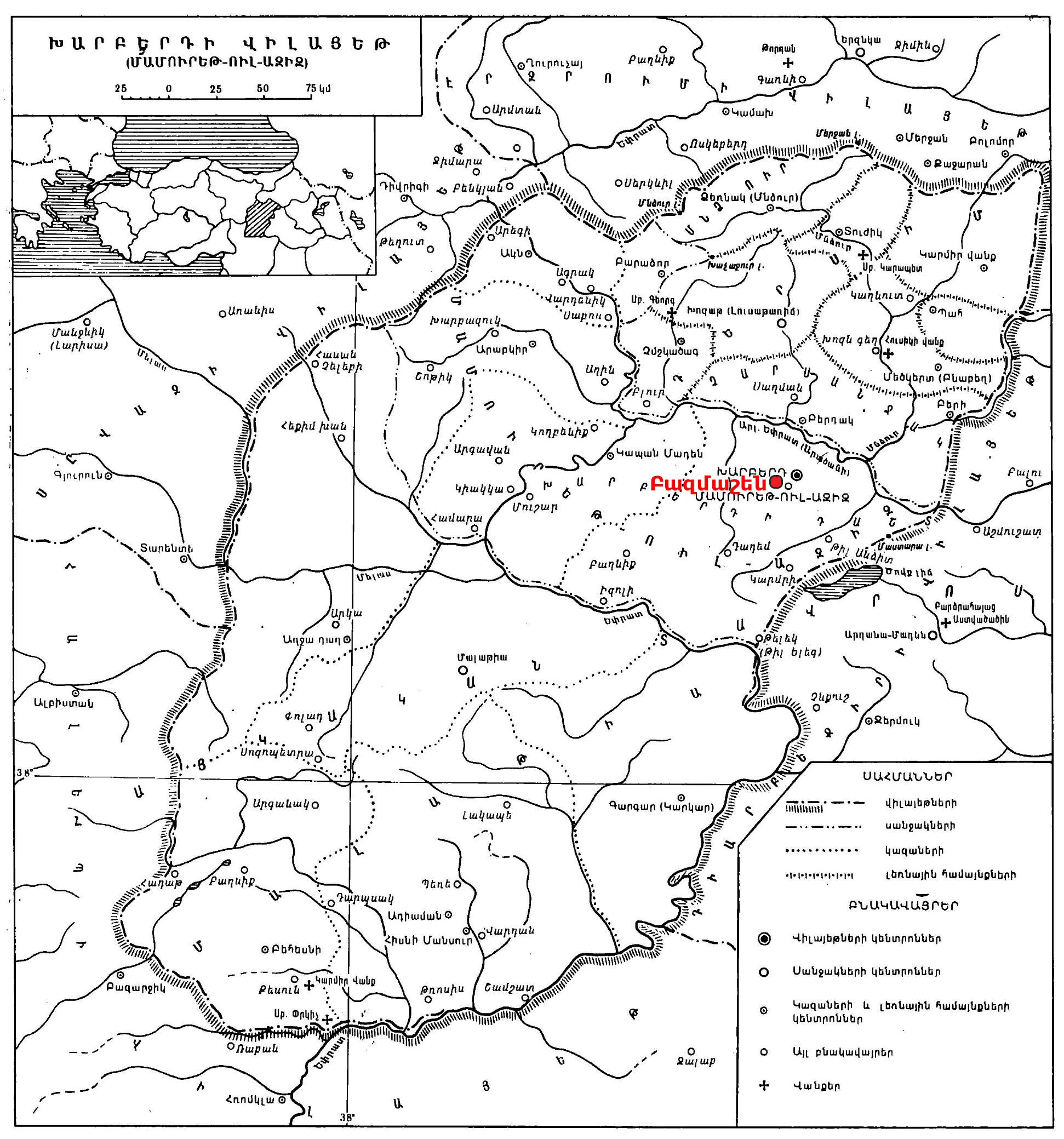
THE GENOCIDE OF ONE SETTLEMENT: The village Bazmashen of the Kharberd province
27.02.2016
The village Bazmashen was located at Kharberd district of Kharberd province of Western Armenia, eight km to west from Kharberd town. In ancient times the village was called Bazman.
According to tradition, it was founded by seven large Armenian families in 1165. The village has become more populated over the centuries. Bazmashen had around 6,000 Armenian population on the eve of the Armenian genocide. The products of shoemakers and carpenters of Bazmashen were sold in different towns of the Ottoman Empire. There was an oil-mill and the manufactory of cutting and reeling cigarette papers in the village.
Since 1887 the Armenians migration from Bazmashen to the US was increasing. American Armenian migrants established Bazmashen educational foundation which dealt with the education of youth of the native village. The foundation provided a great help to compatriots, who were injured from the Hamidian massacre in 1895, and built a new school for 300 pupils.
After the beginning of the Armenian genocide on 28 June 1915 the Turkish authorities gave the command of the population of Bazmashen to leave to the deserts of Syria.
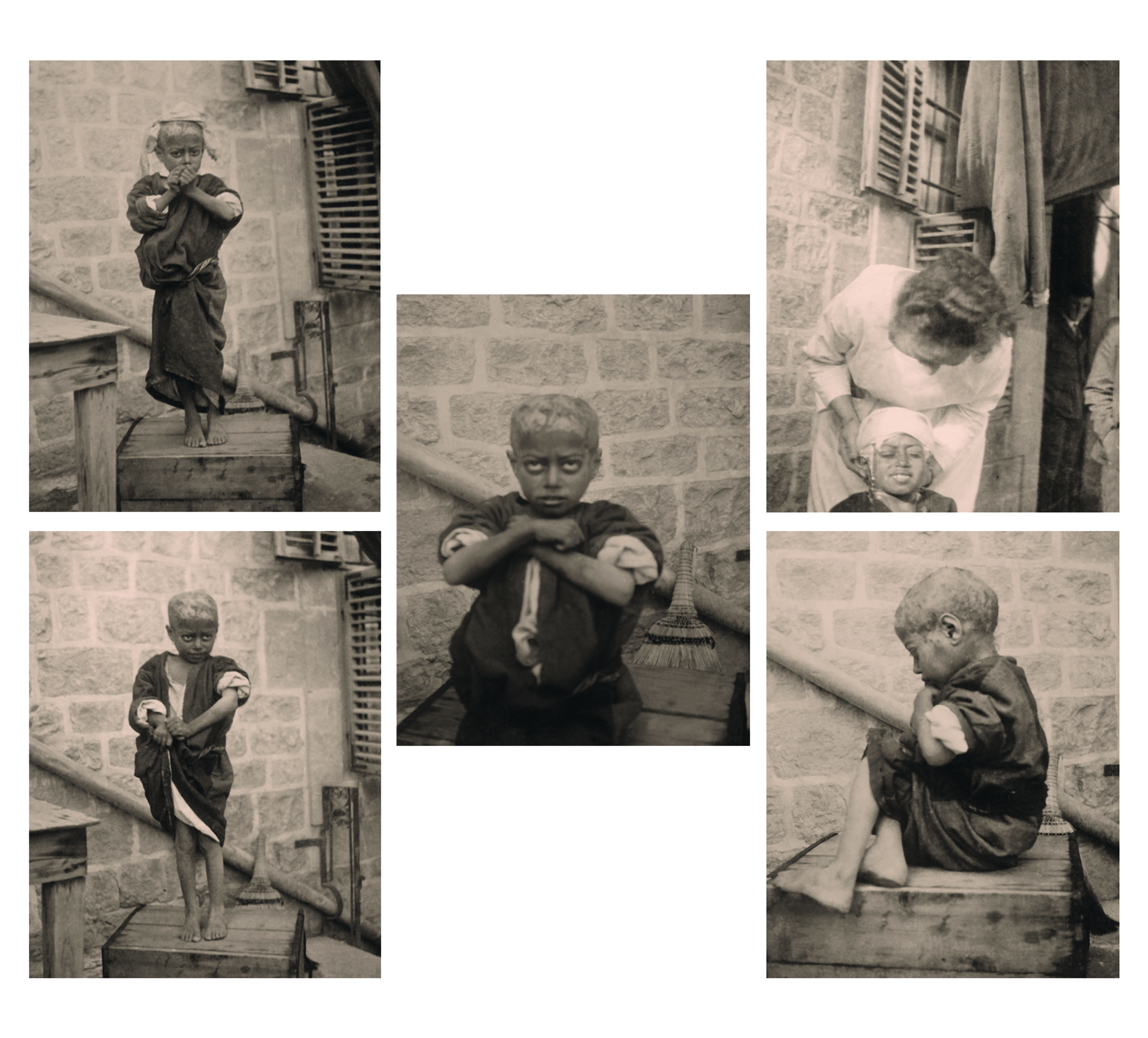
ARMENIAN CHILD TURNED TO MOWGLI
16.02.2016
The Armenian child in this photo was found in desert. Being deprived of care and elementary living conditions, over two years he lived in the desert far from people; eating only grass and different plants. When he was found, he had become extremely savage, which is obvious from his face expression and posture. The photos were taken in Aleppo, in 1920-1921, by Helen Mari Jerhard- a worker of “American Near East Relief” organization, who took care of the child later on.
In the years of Armenian Genocide thousands of Armenian children became orphans; losing their parents and relatives on deportation roads. Some of them escaped from the Turkish massacres and settled down in abandoned places; forests and caves, far from people and civilization. These defenceless and careless children, who had witnesses the brutal murder of their parents, had been living with animals imitating their behaviours, avoiding to communicate with people. Some of those children had lost the abilities of speaking and walking like human, acquiring features typical to wild animals.
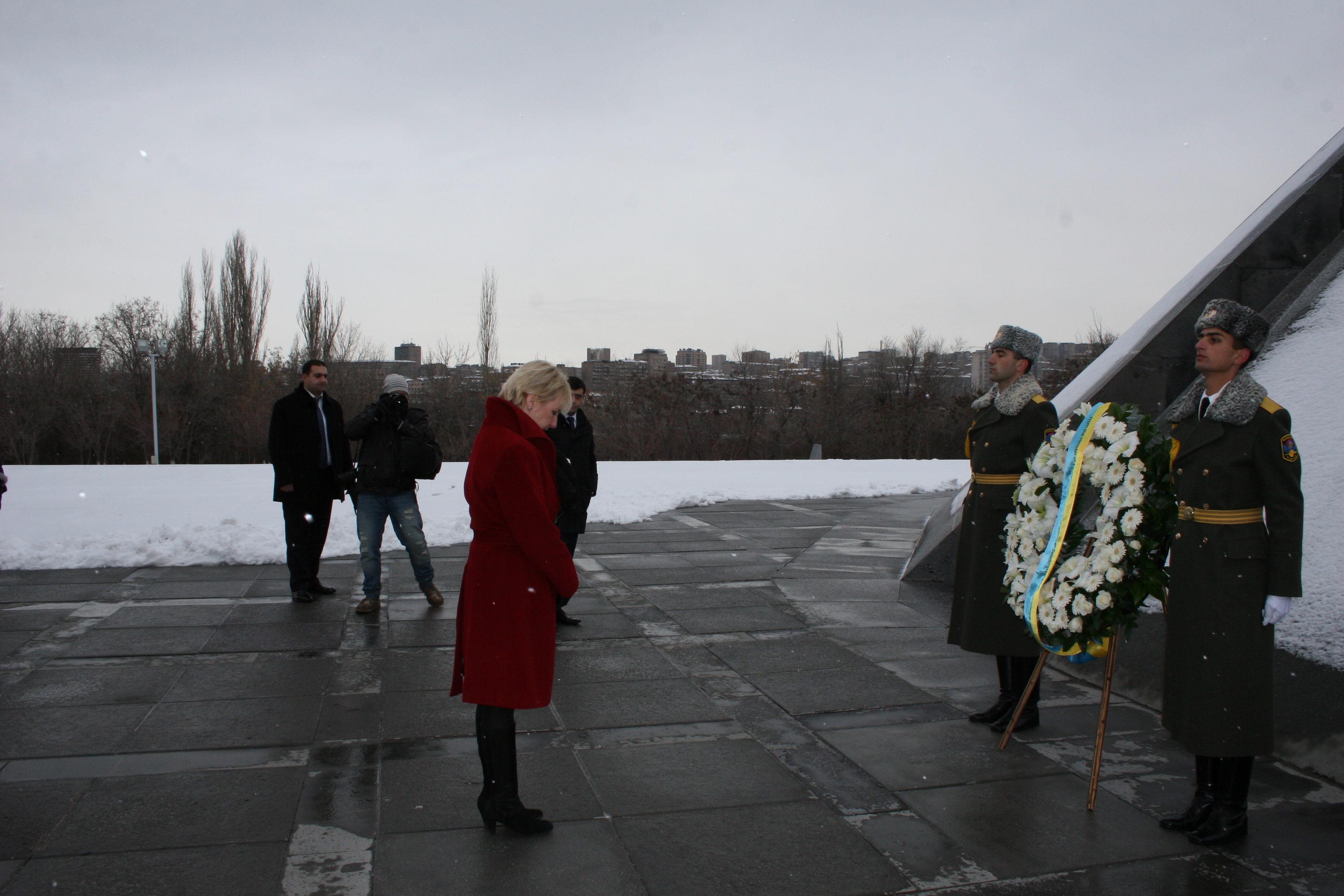
SWEDISH FOREIGN MINISTER MARGOT WALLSTROM VISITED ARMENIAN GENOCIDE MEMORIAL COMPLEX
09.02.2016
In 9th of February, Swedish Foreign Minister Margot Wallstrom visited Armenian Genocide Memorial Complex of Tsitsernakaberd. Swedish minister and the accompanied delegation put flowers at the eternal fire and honored the memory of the innocent martyrs with a minute of silence.
Deputy Director of Armenian Genocide Museum-Institute Suren Manukyan accompanied the guests to the Memorial Wall. On the one side of the basalt wall are the buried soils brought from the graves of foreign figures who raised a voice of protest against Armenian Genocide. Those devotees are; Armin Wegner, Hedwig Bull, Henry Morgenthau, Franz Werfel, Johannes Lepsius, James Bryce, Fridtjof Nansen, Fayez al Ghuseyn, Anatole France, Giacomo Gori, Benedict 15th, Karen Jeppe, Jacob Künzler, Alma Johansson, Maria Jacobsen, Clara Barton, Bodil Biorn. Suren Manukyan presented to the Swidish Minister the history of her compatriot Alma Johansson.
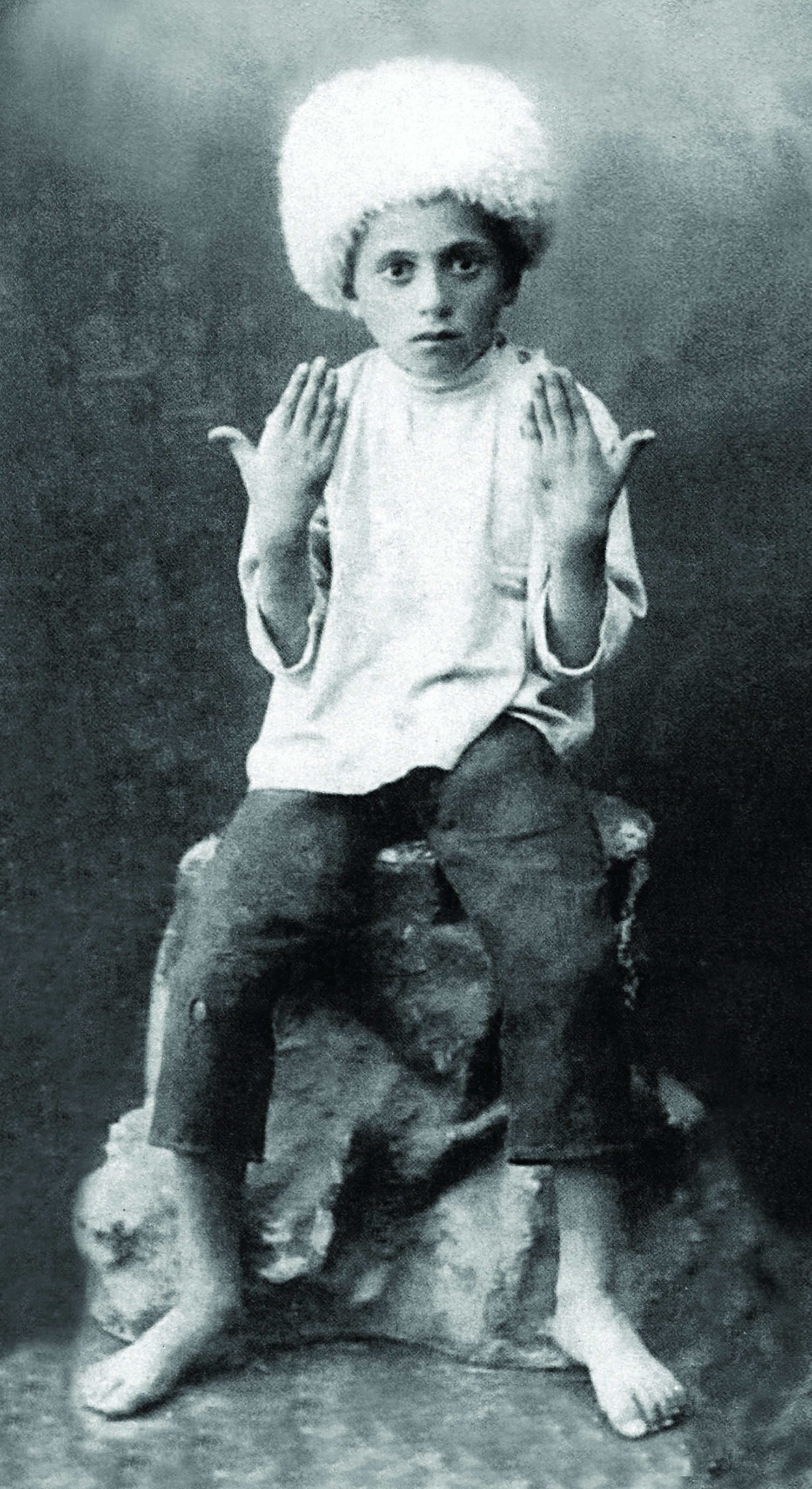
“Crucifixion” of Musheghik
09.02.2016
The Armenian boy of this photo got tasted the whole cruelty of human being yet in his childhood. The horrors of the Genocide accompanied Musheghik as incurable wounds during all his lifetime, always reminding him about the gloomy days and horrible moments of his childhood.
The proofs of Musheghik’s inhuman “punishment” are seen even in the photo, which was made after a year of his torture, where he shows his hands covered with scars.
Musheghik was born in 1907/1908 in Diza village of Van in Van province, in a family of 14 members. He and his mother Beyaz Badalian could only survive. His father Hovsep and his three uncles; Hmayak, Hagop and Garabet, were killed in workers battalion (amele taburi) on the way to Bashkale after the mobilization of 1914.

Noyemzar Melkon Mouradian’s testimony
1883, Mush, Village of Mkragom
23.01.2016
In her memoirs Noyemzar Mouradian tells how the Kurds burned the field of Mush early in the morning of the Feast of Vardavar in 1915. She notes that the Kurds gathered and took away the men, and burned all the women and children. Out of the five children of the witness only the three sons survived. The eldest daughter is missing, and the youngest died on the road.
The Turks killed my husband on the day of Vardavar. The massacre of the Armenians in the Moosh plain started on that very day.

ANNUAL PRESS CONFERENCE OF ARMENIAN GENOCIDE MUSEUM-INSTITUTE
“In the end of the year it turned out that we have three and four times more problems than we had in the beginning of the year”.
25.12.2015
Today the annual press conference of Armenian Genocide Museum-Institute and secretary of state commission on coordinating the 100th anniversary events of the Armenian Genocide took place. During the press-release AGMI Director and secretary of state commission on coordinating the 100th anniversary events of the Armenian Genocide Hayk Demoyan referred to the important achievements of the museum, the problems in the beginning of the year commitments and challenges of the museum-institute.
During 2015, temporary exhibitions were organized by AGMI in more than 60 cities in Armenia and abroad. In the last years, Armenian Genocide Museum-Institute had published about seventy literature units; Armenian, Russian, English and French collections, monographs, books, catalogs. Around 60 international conferences had referred to the theme of Armenian Genocide. The main exhibition of the museum had opened in April which, however is the most important achievement of the year.
| 




